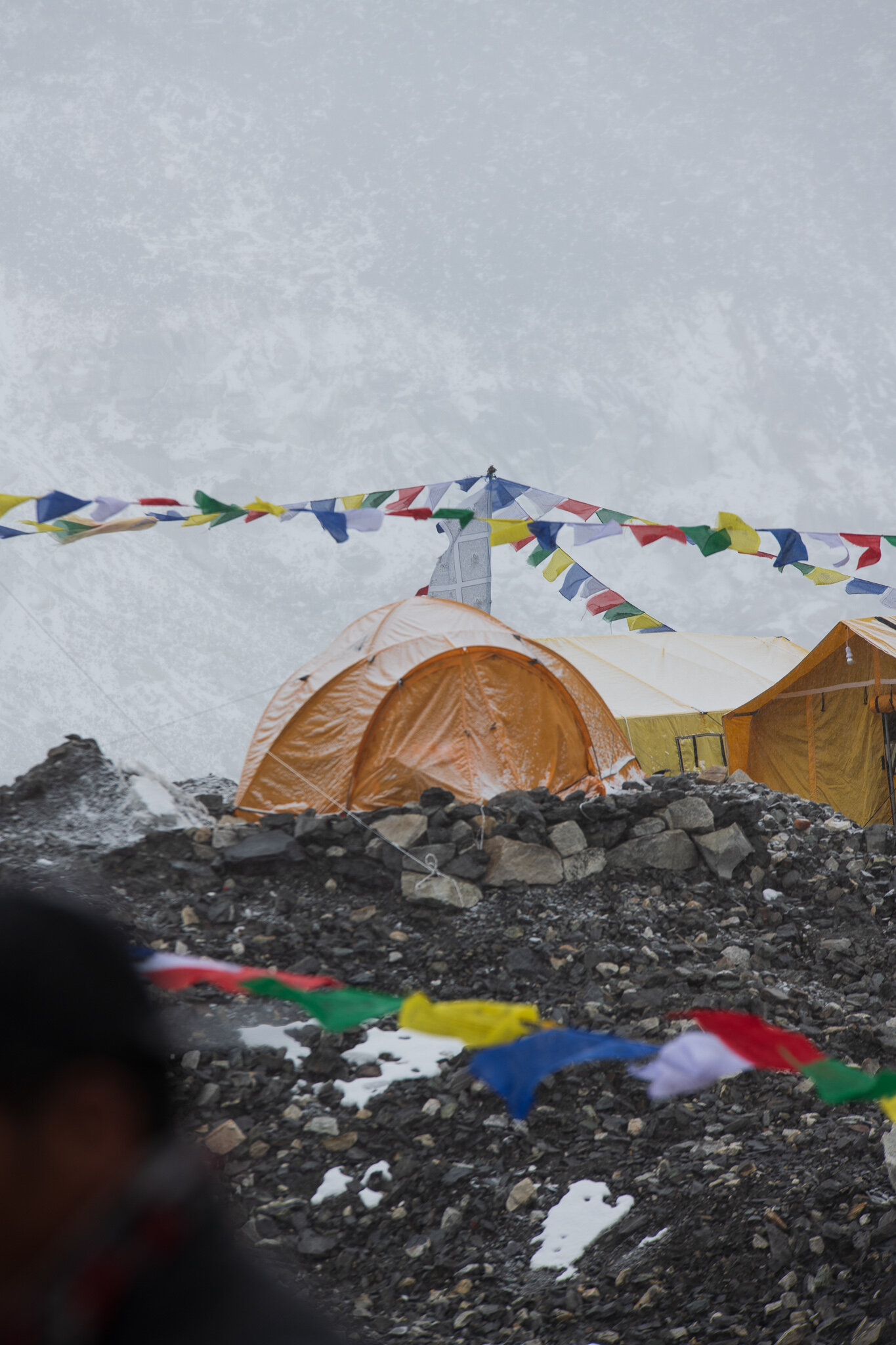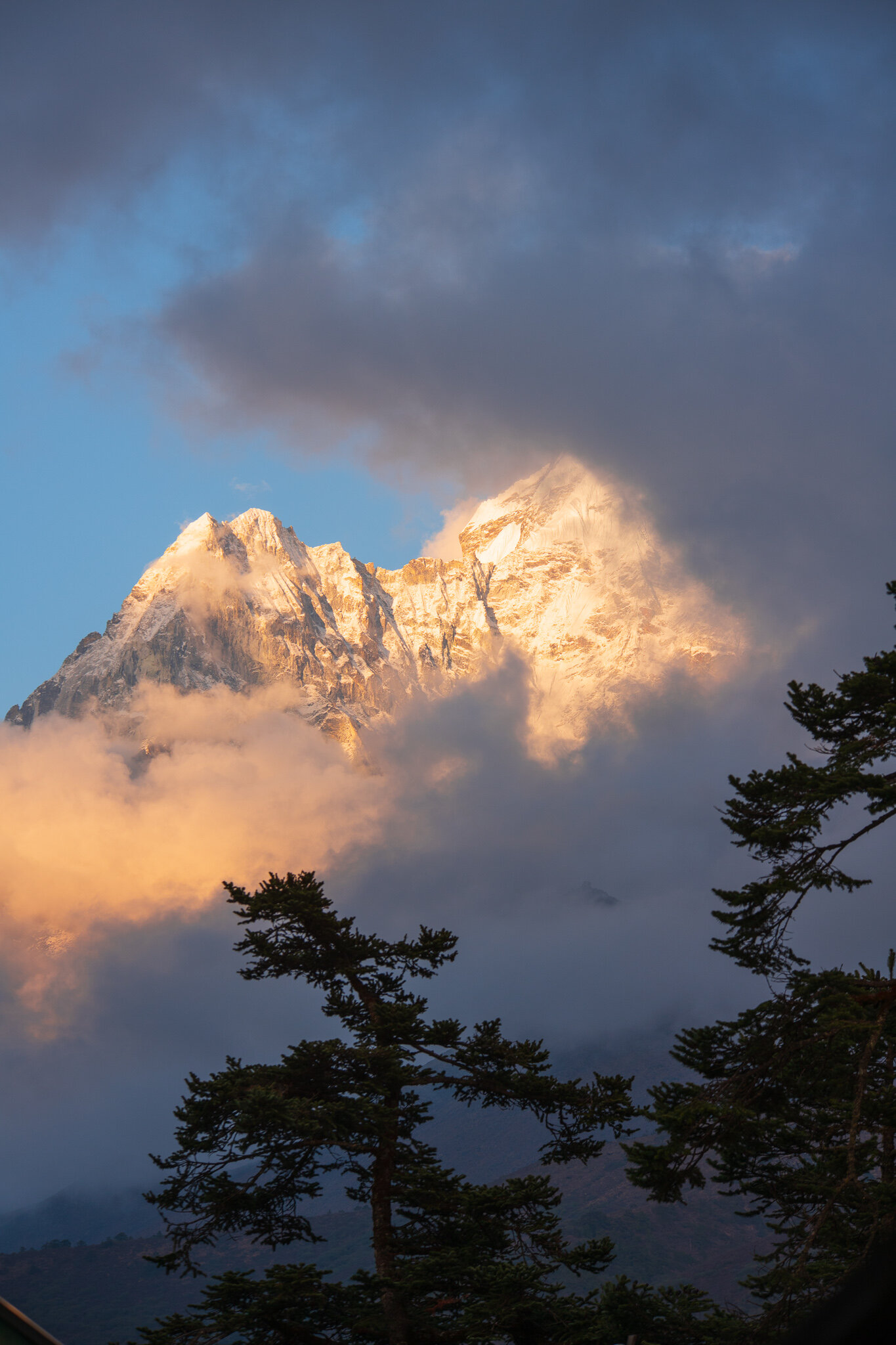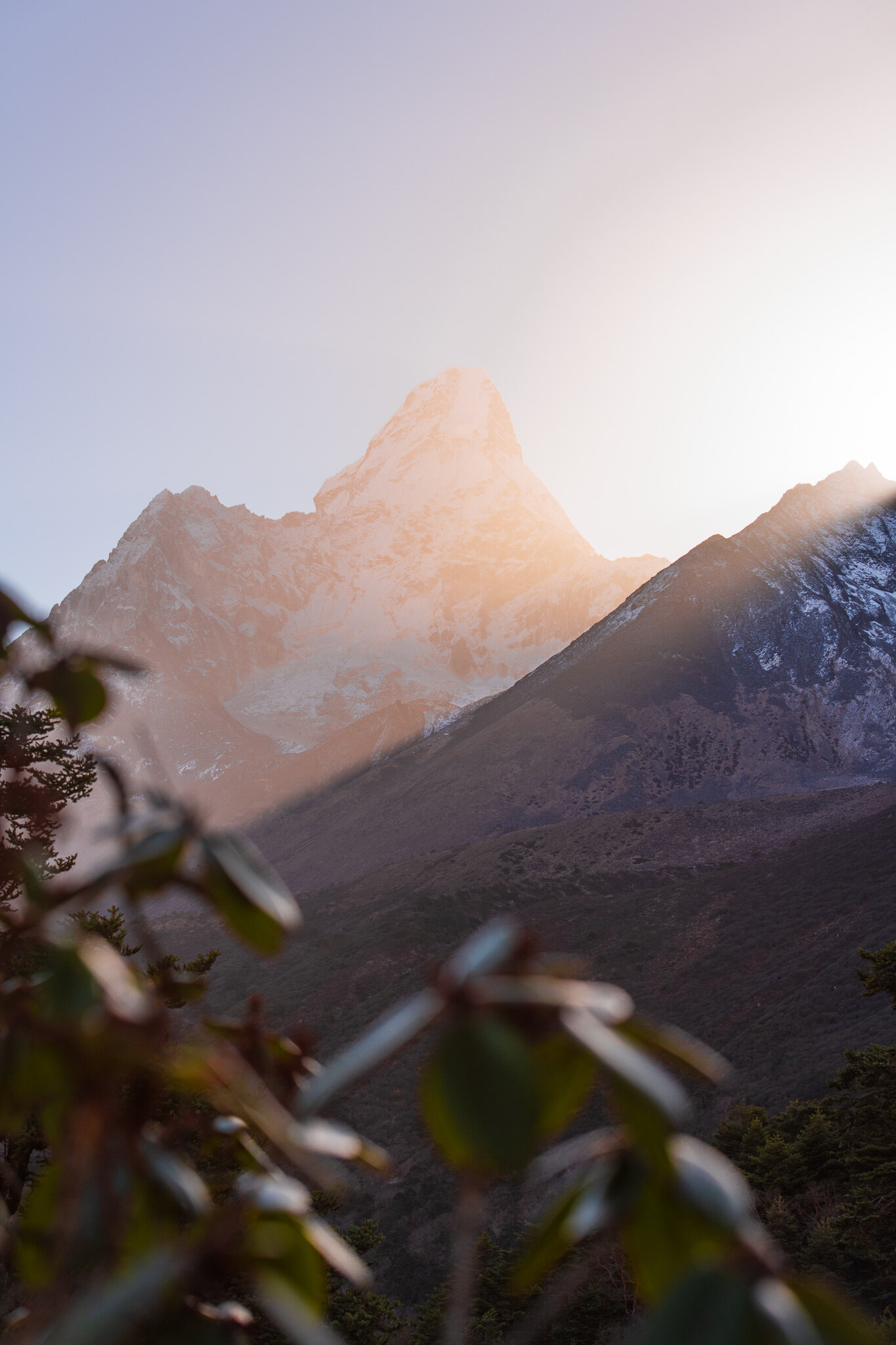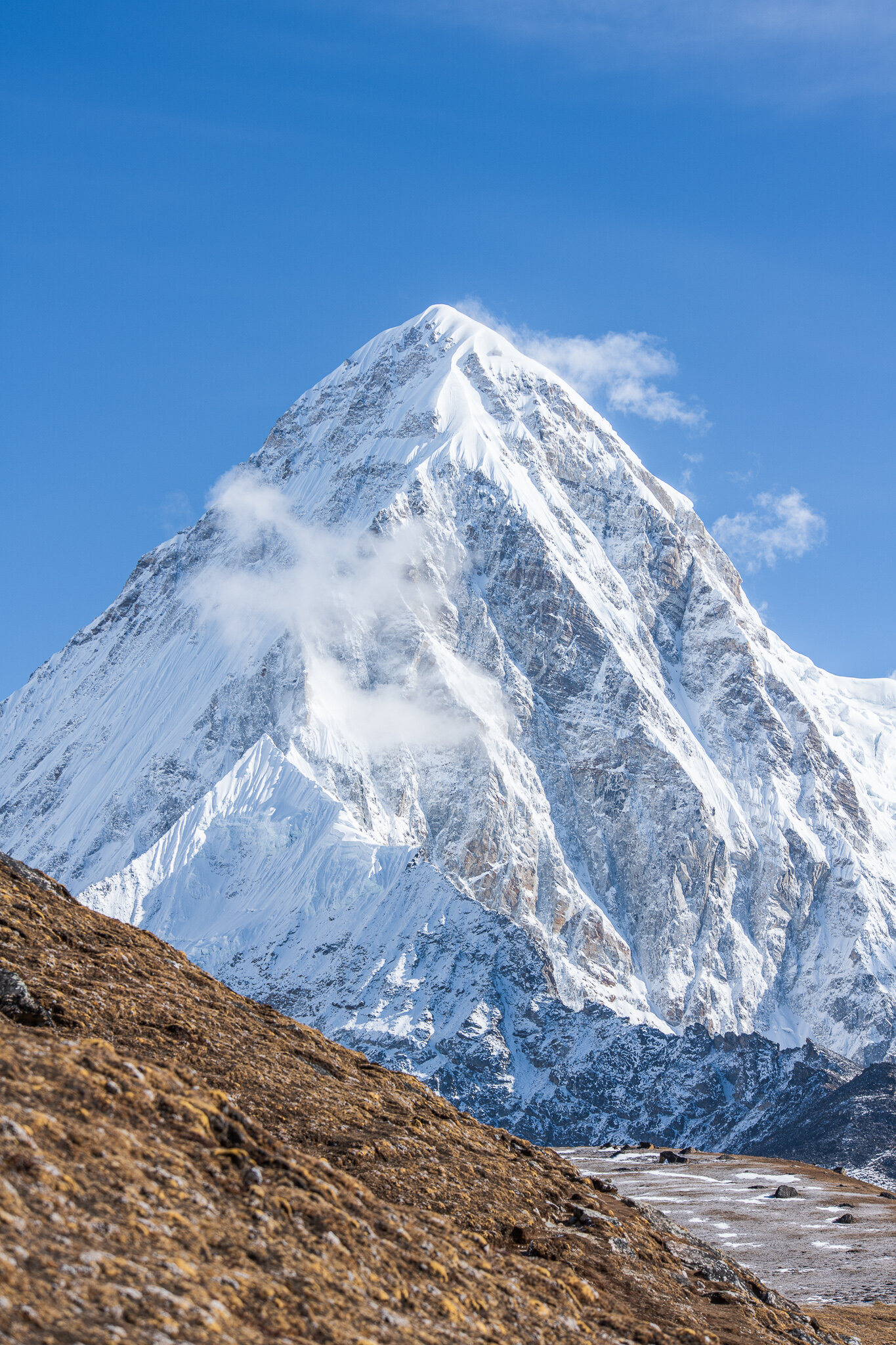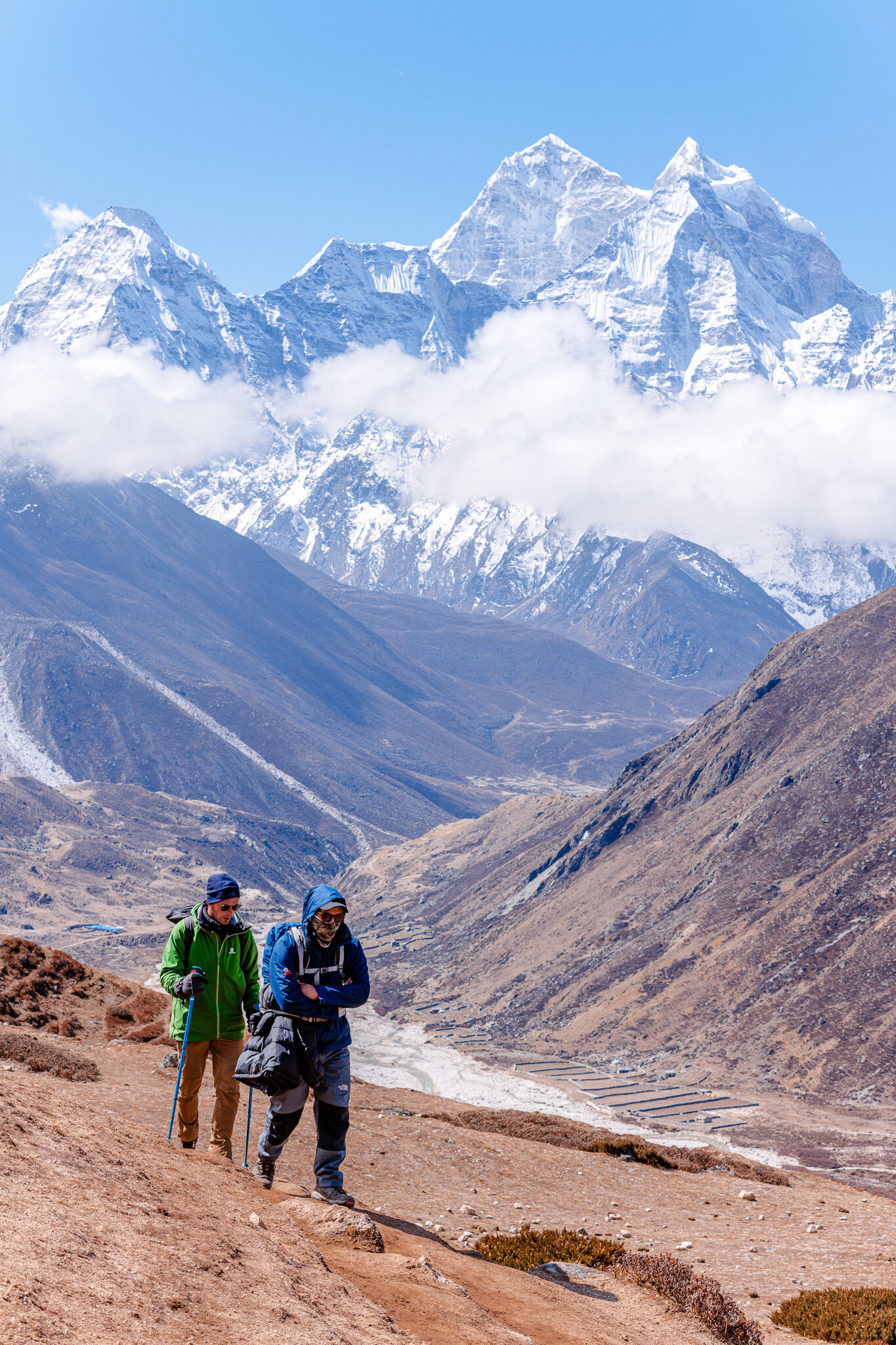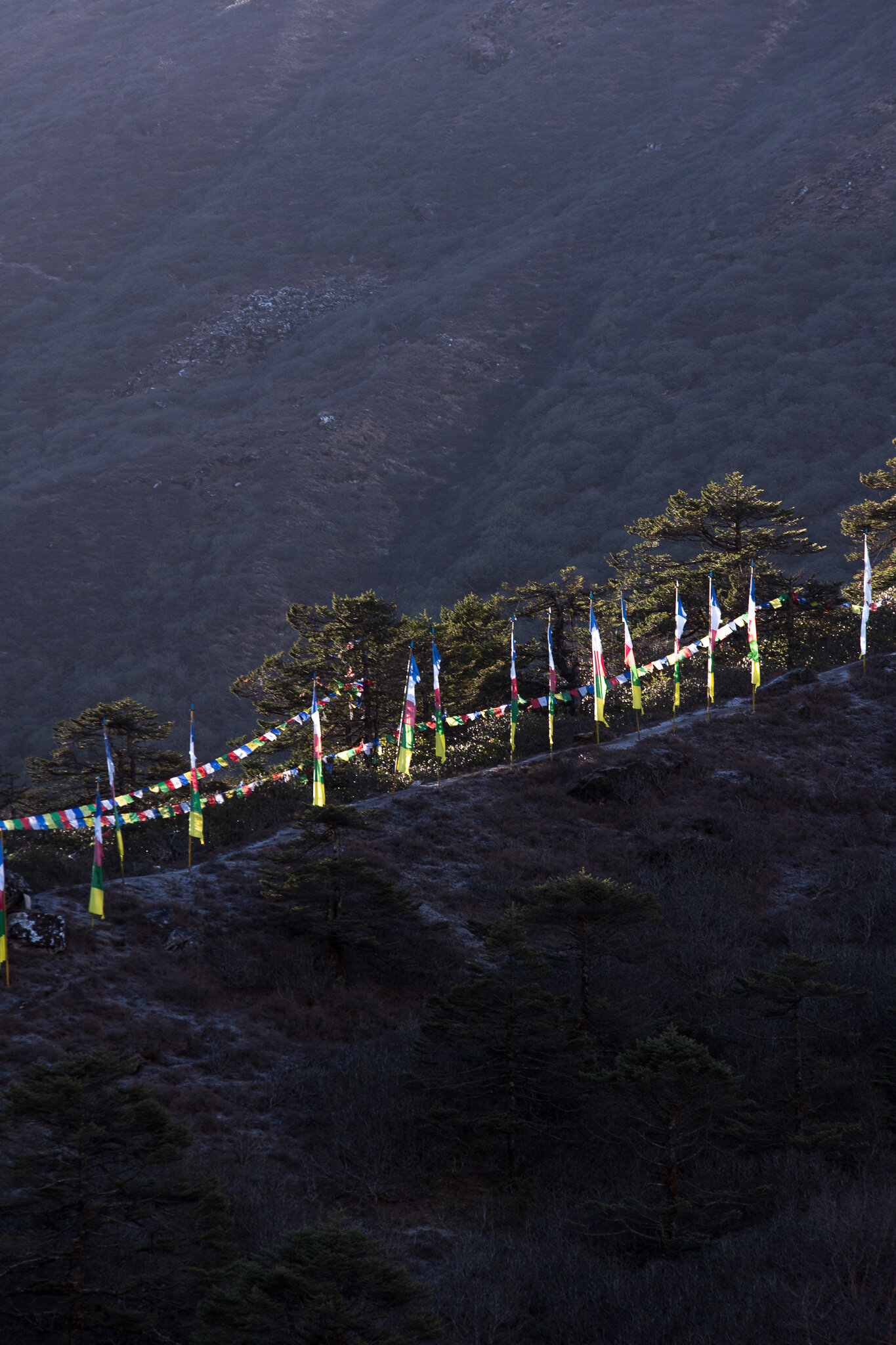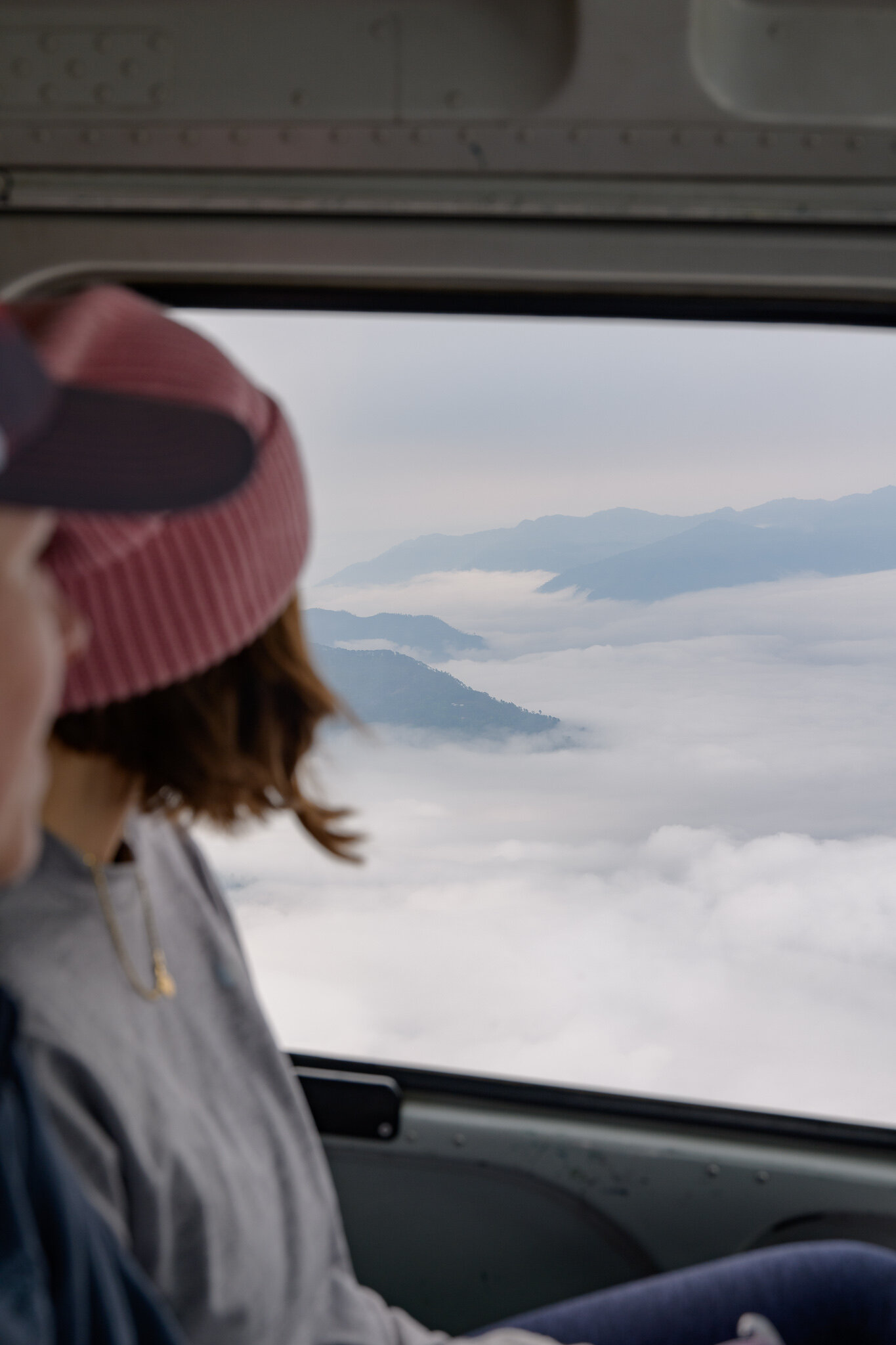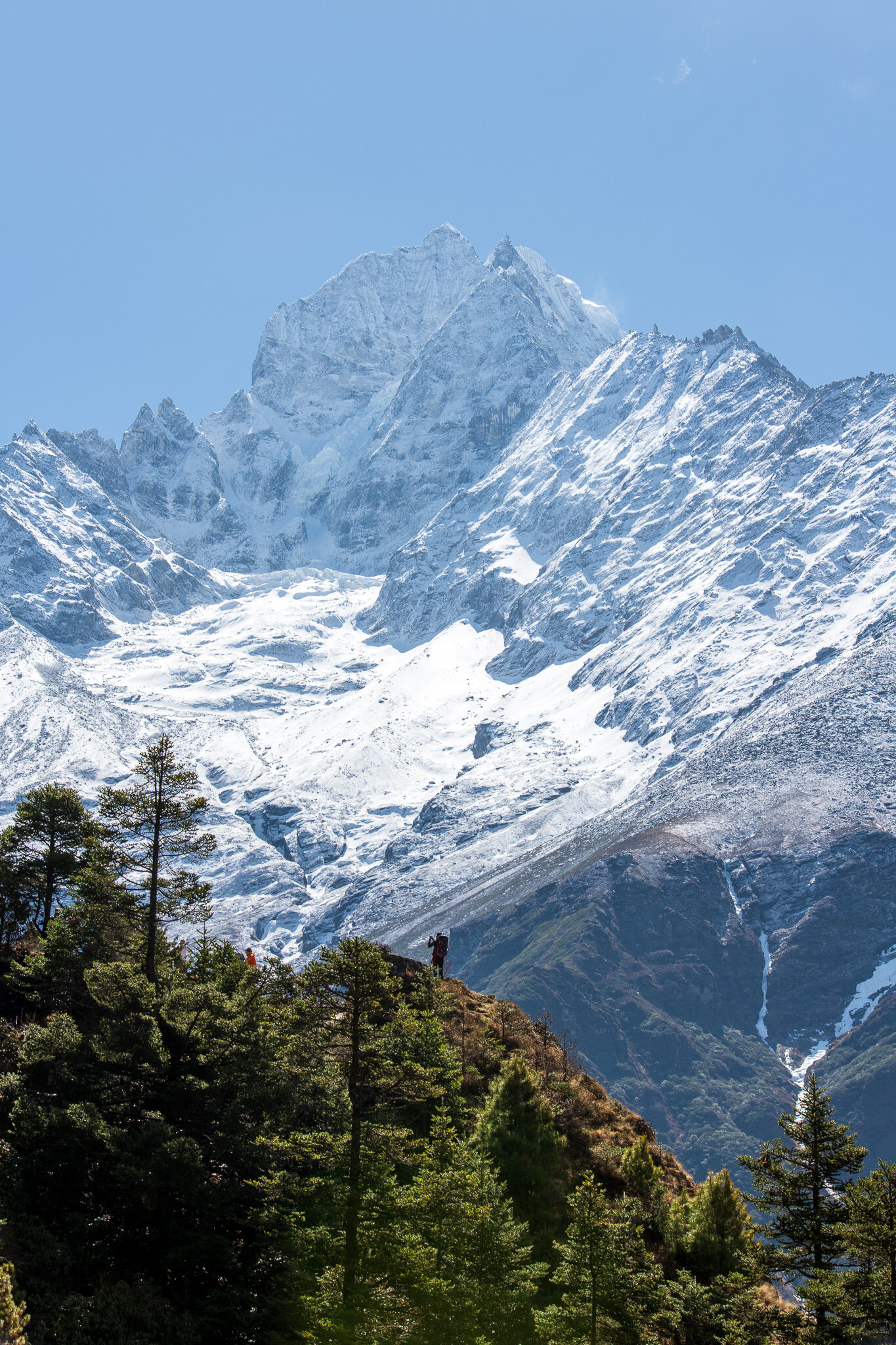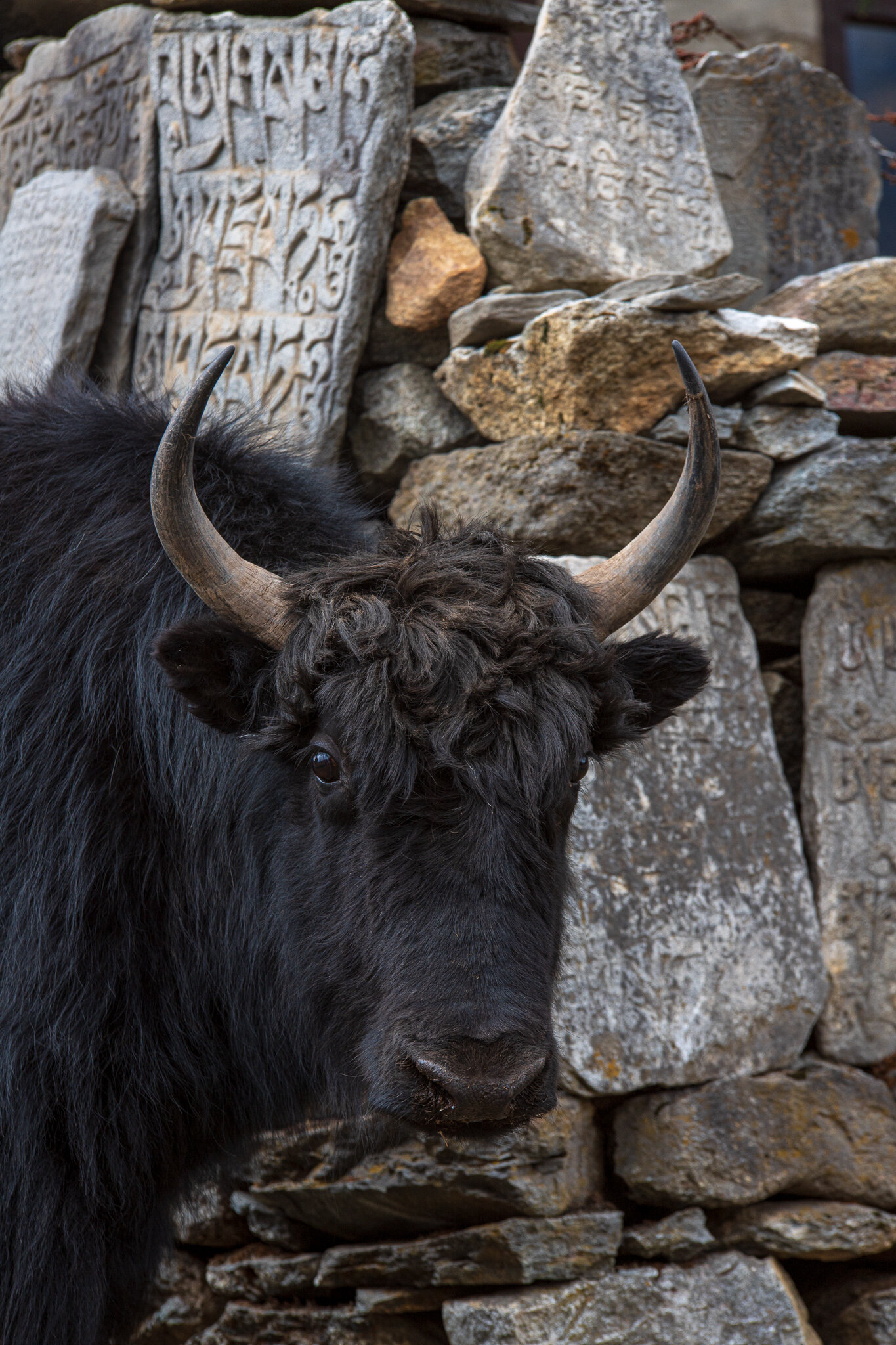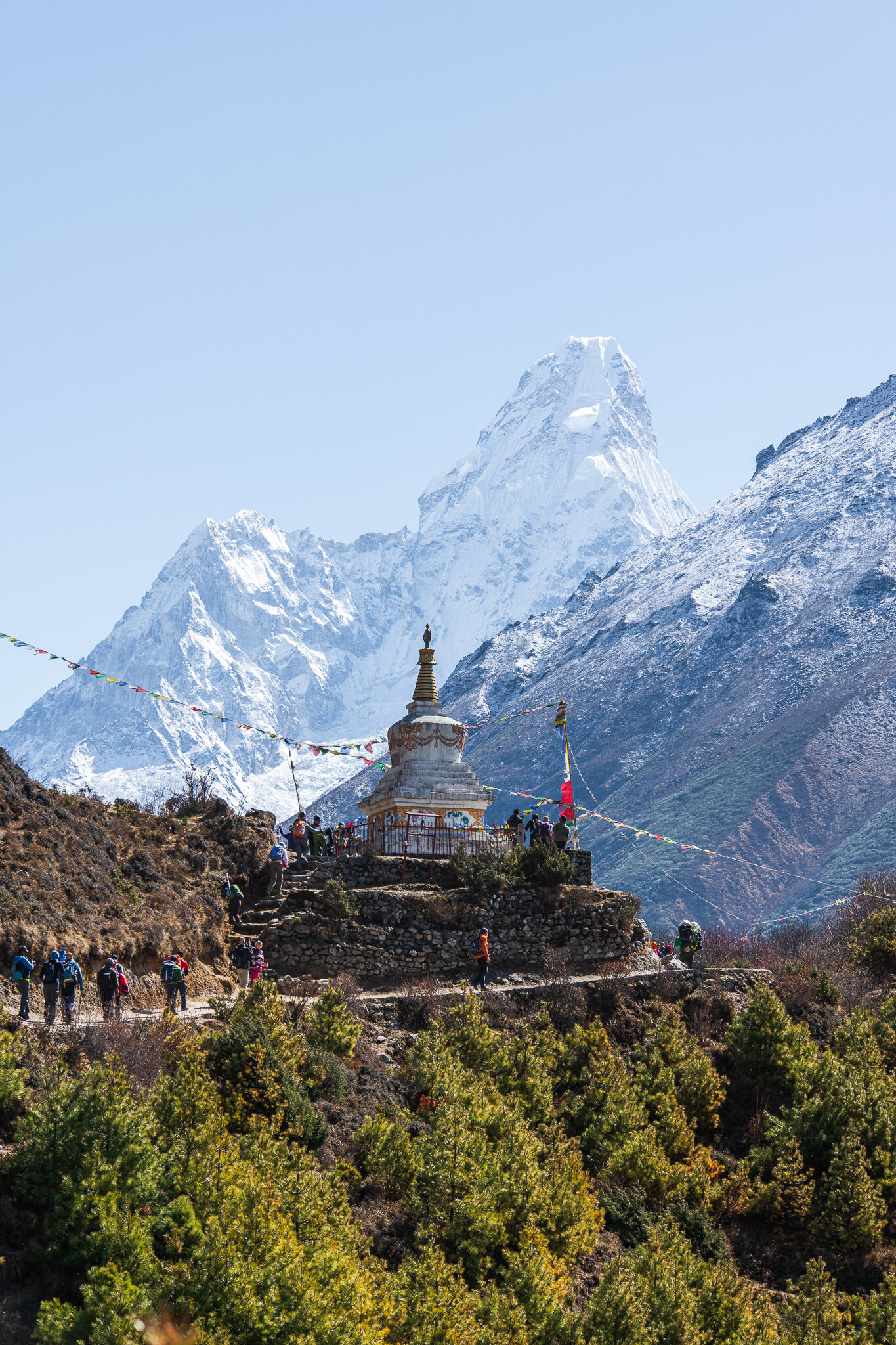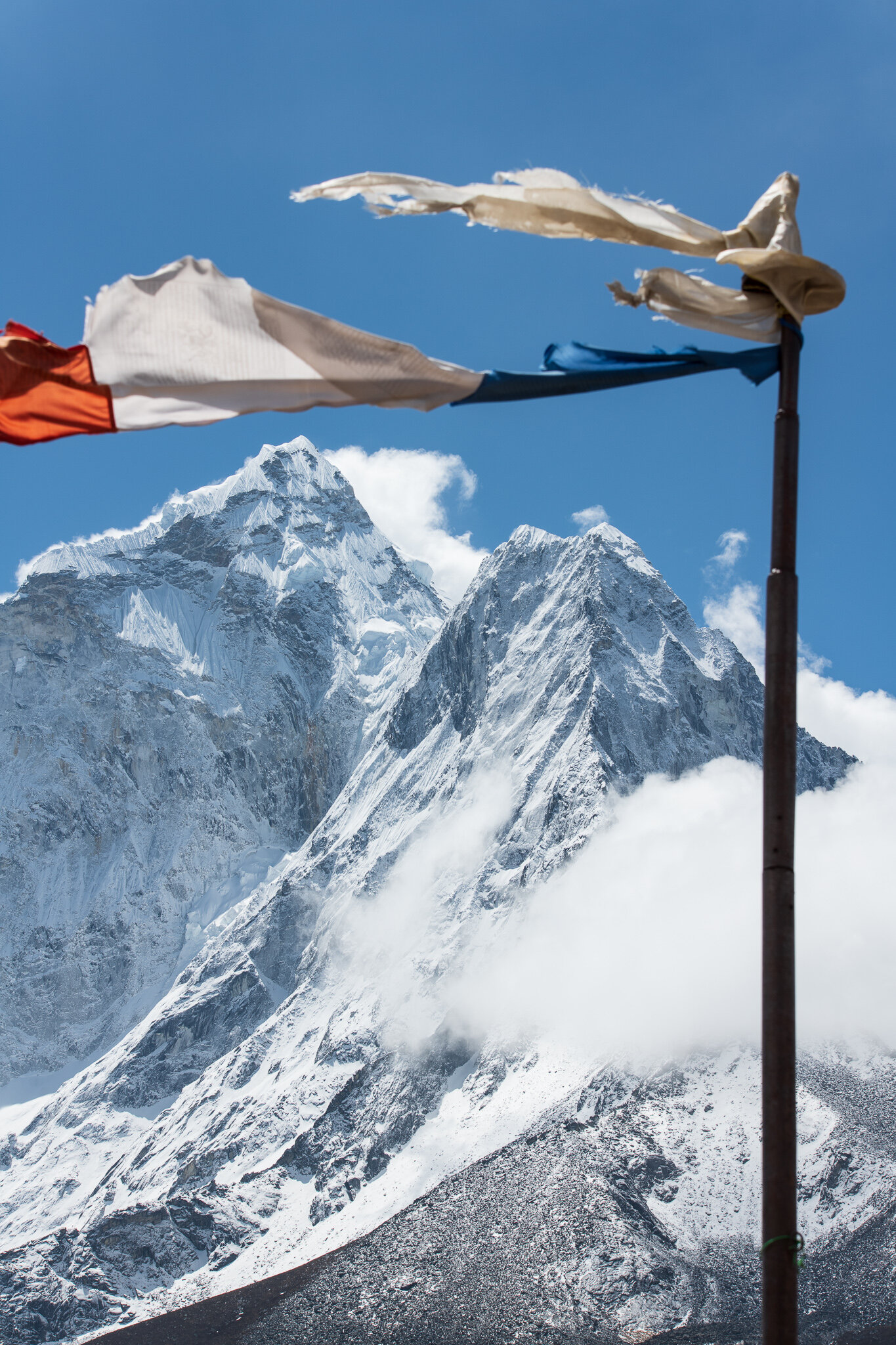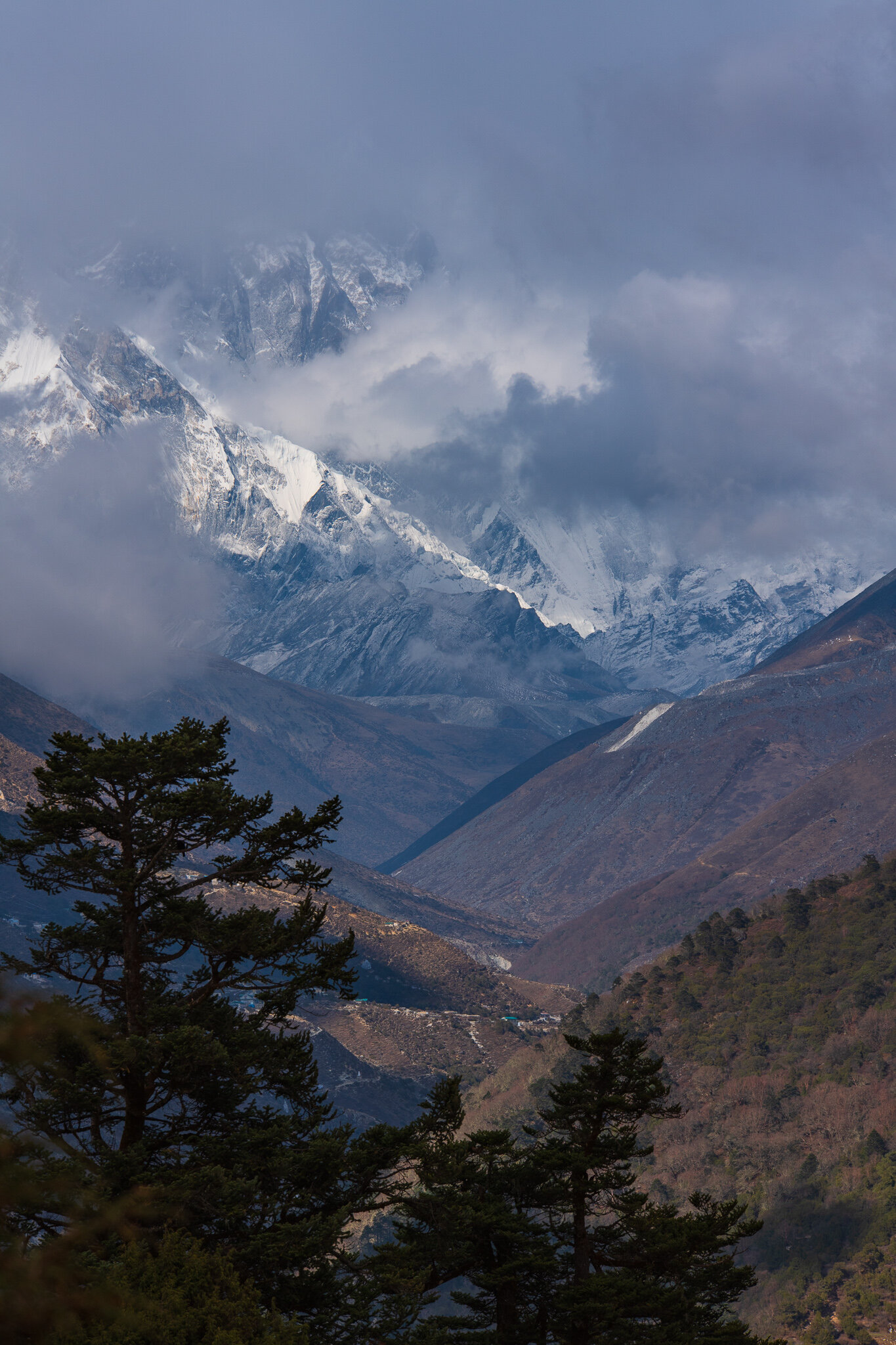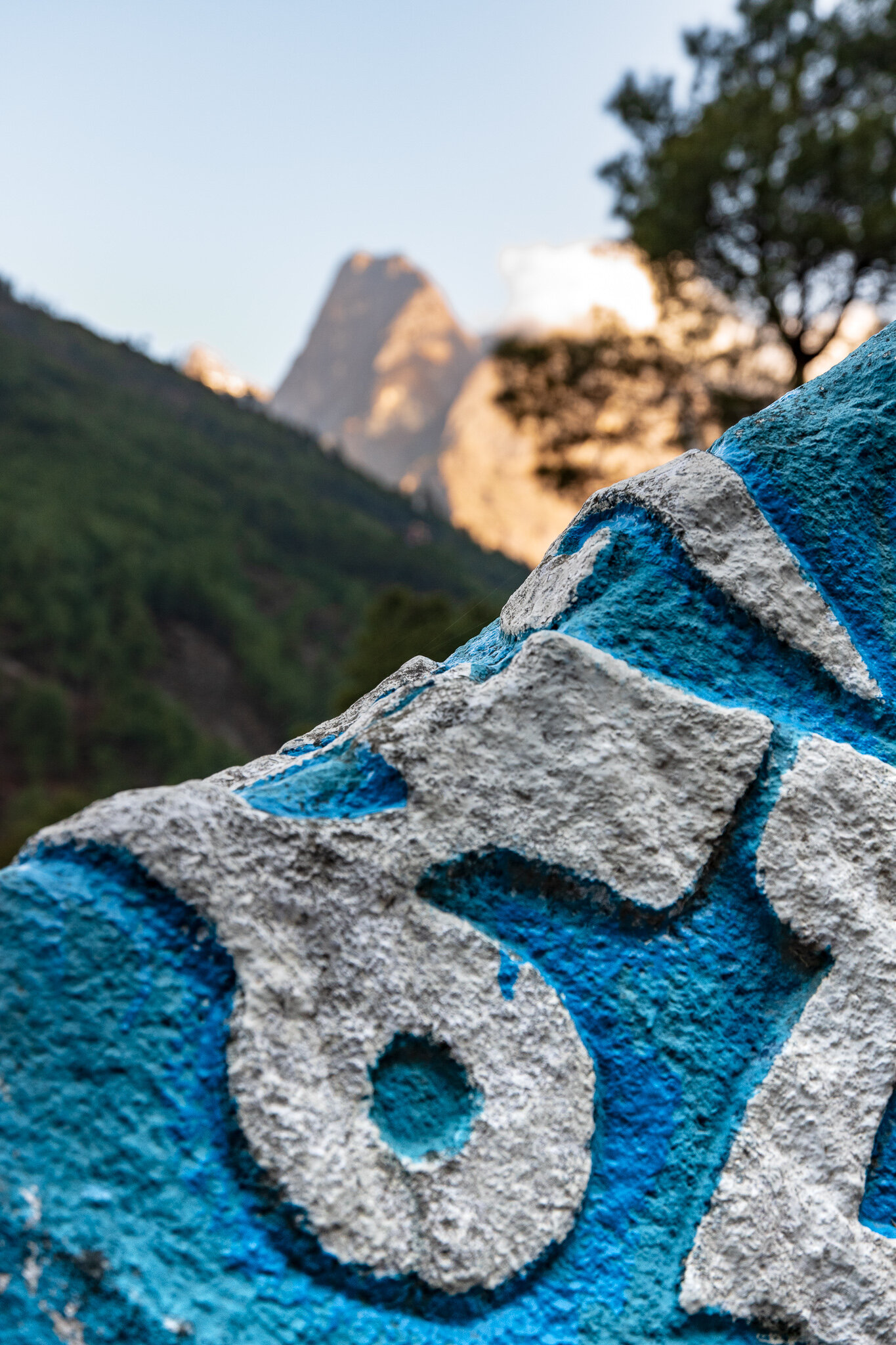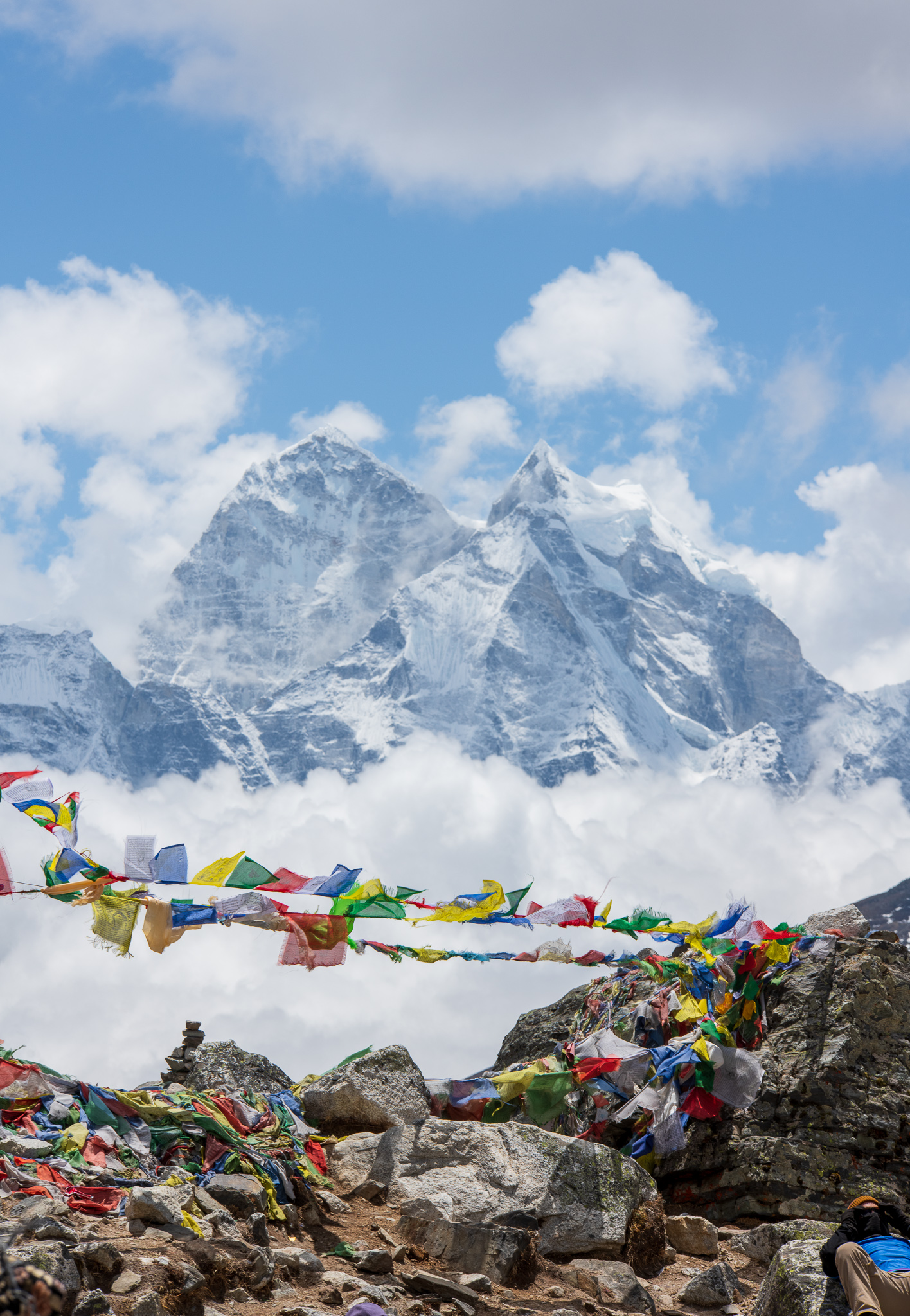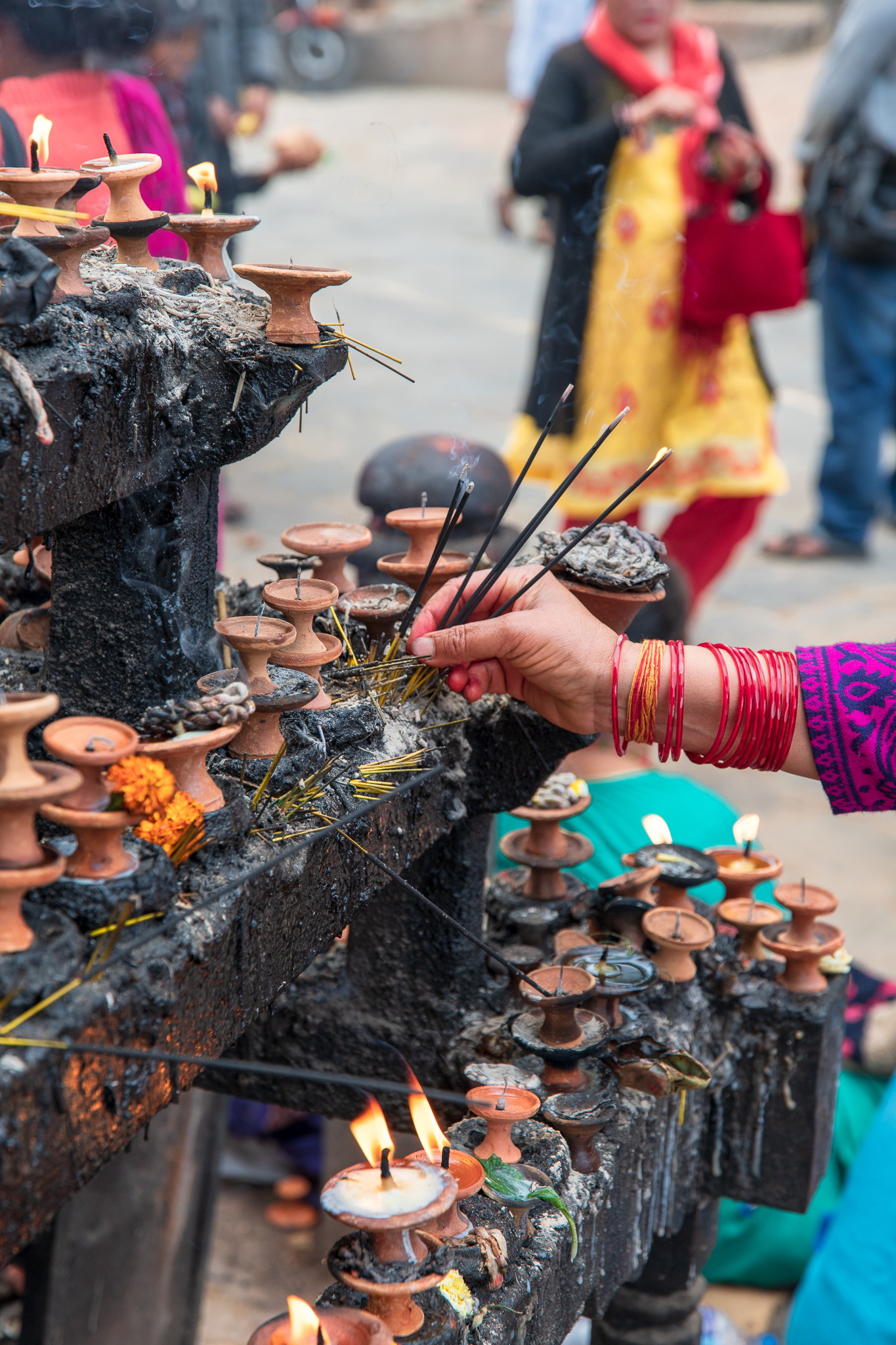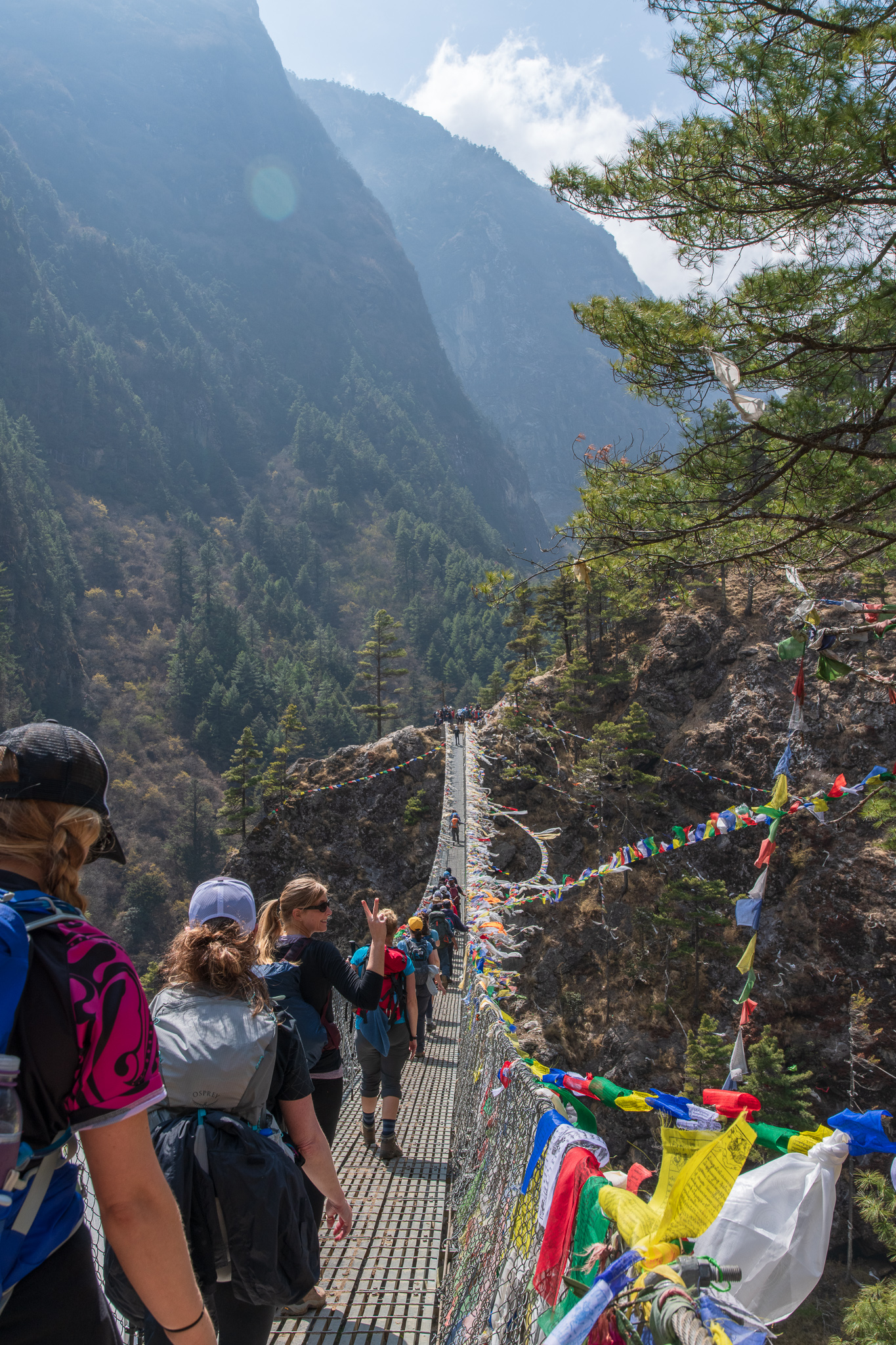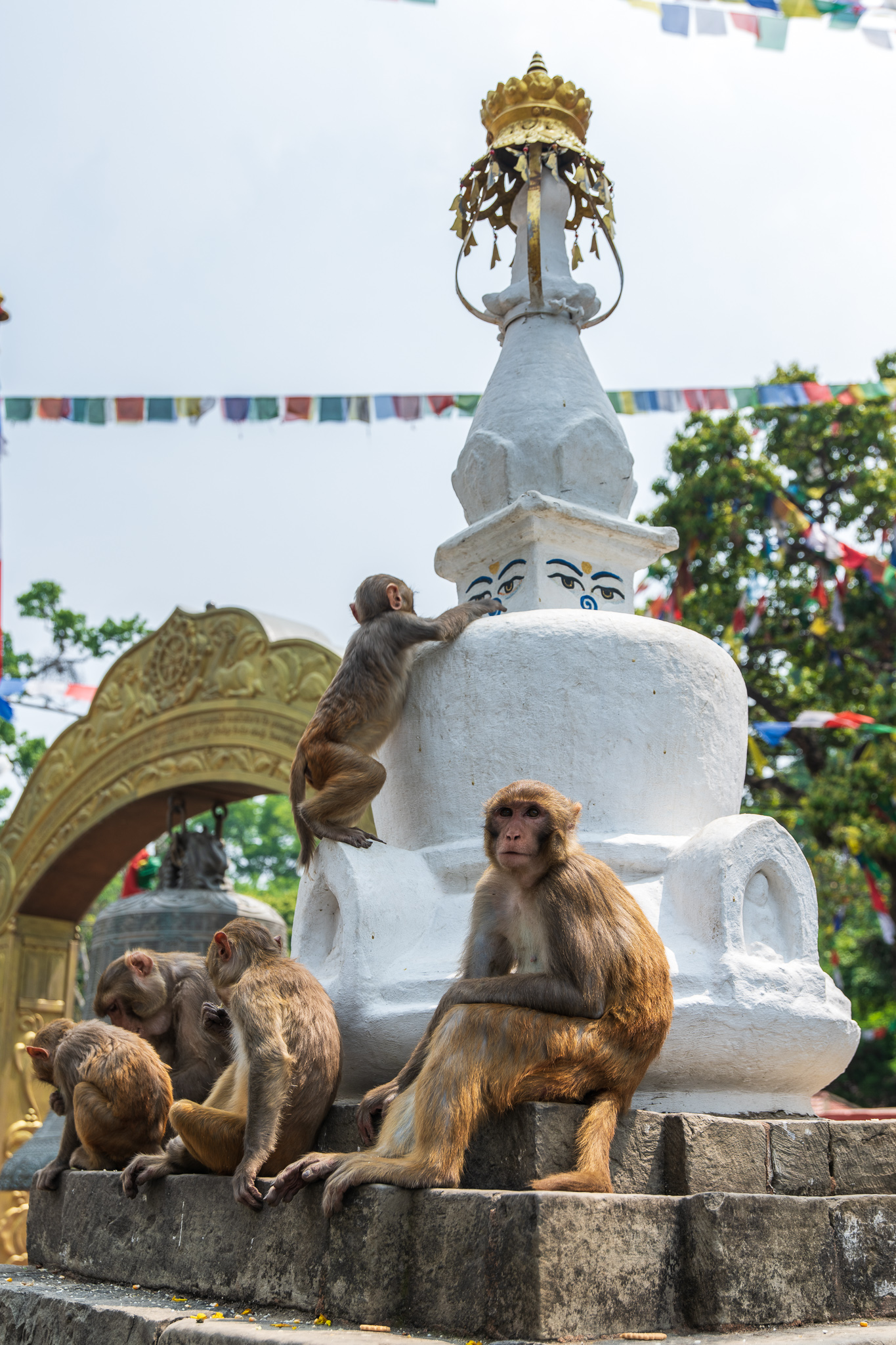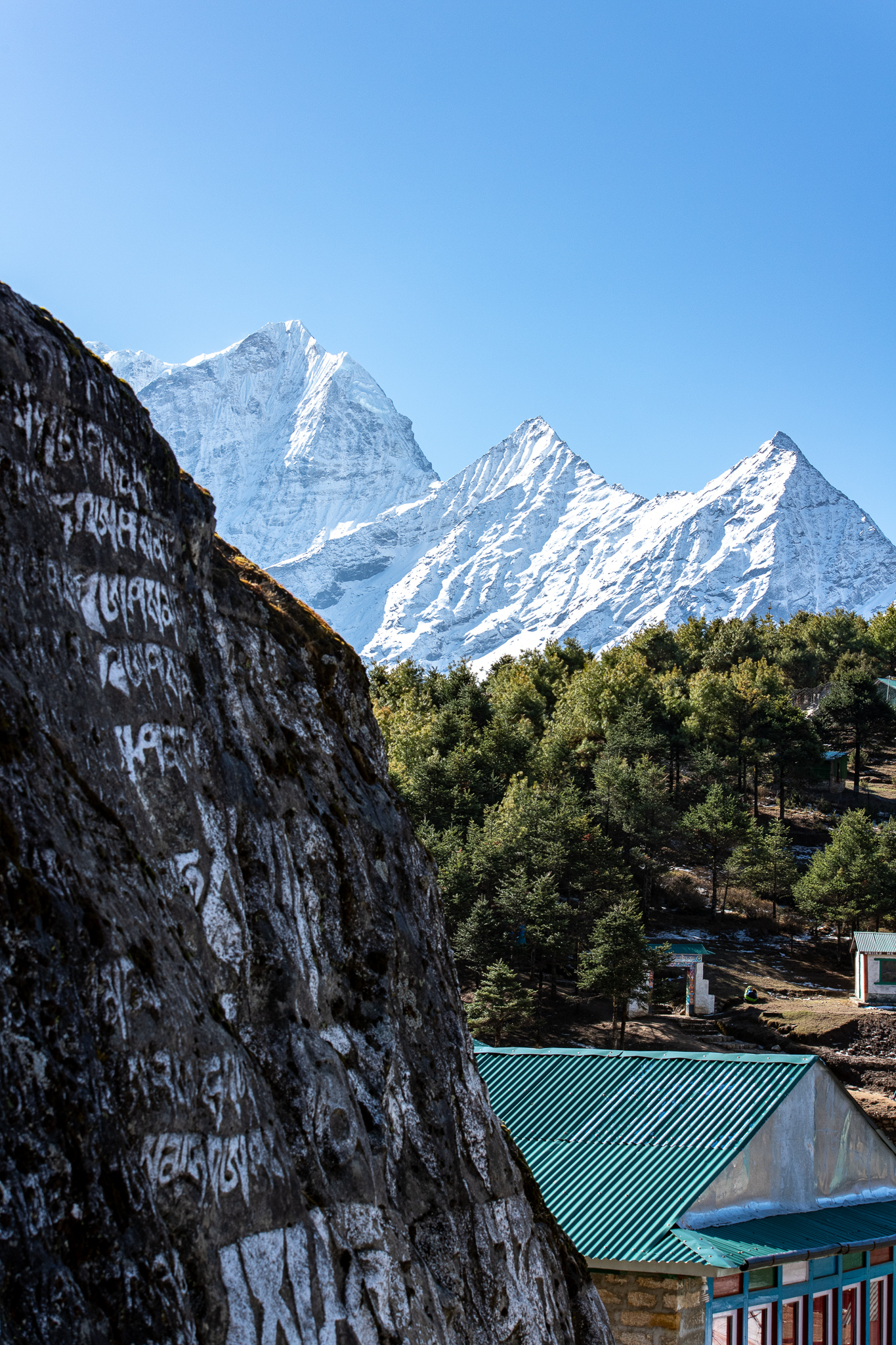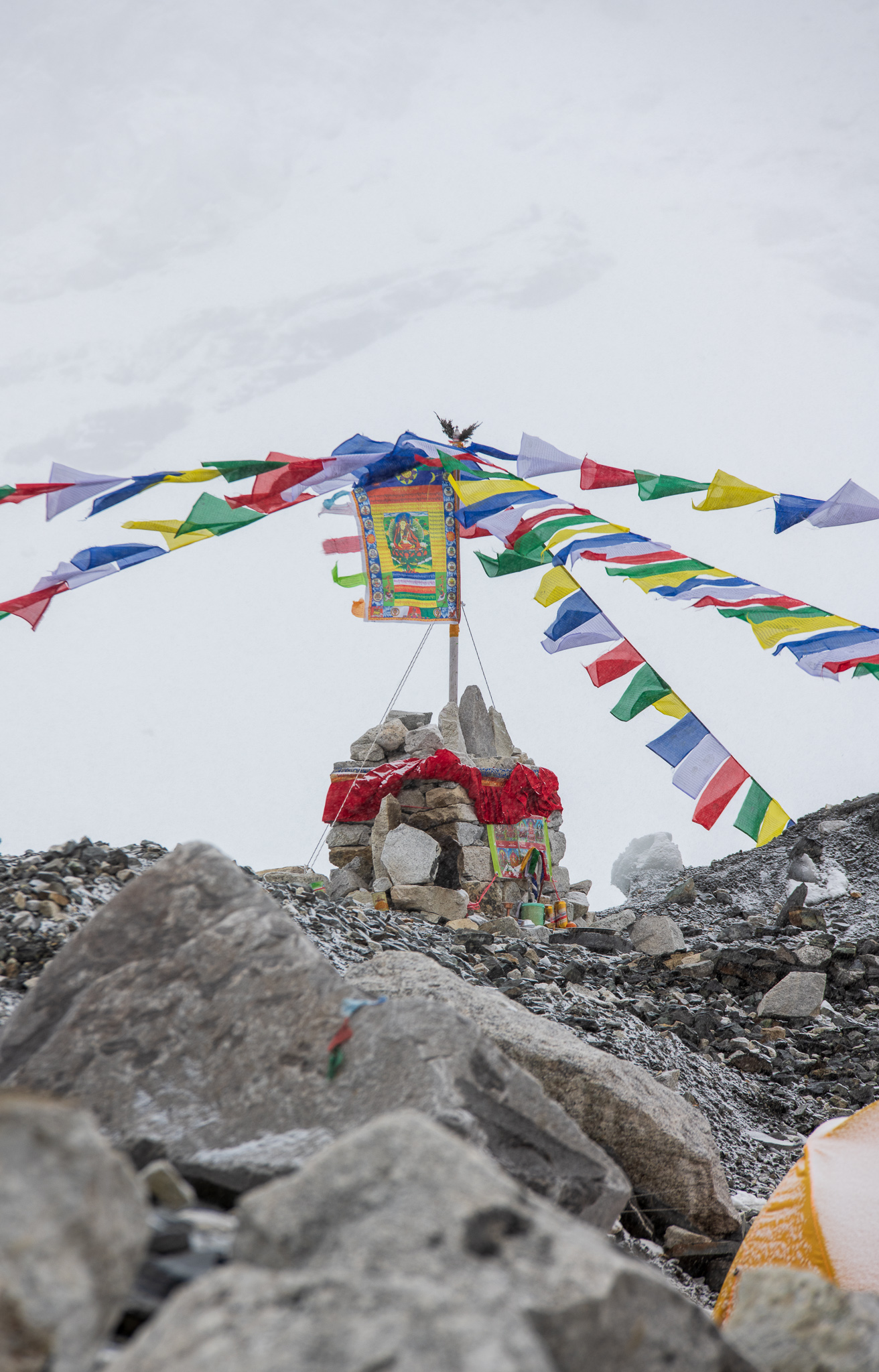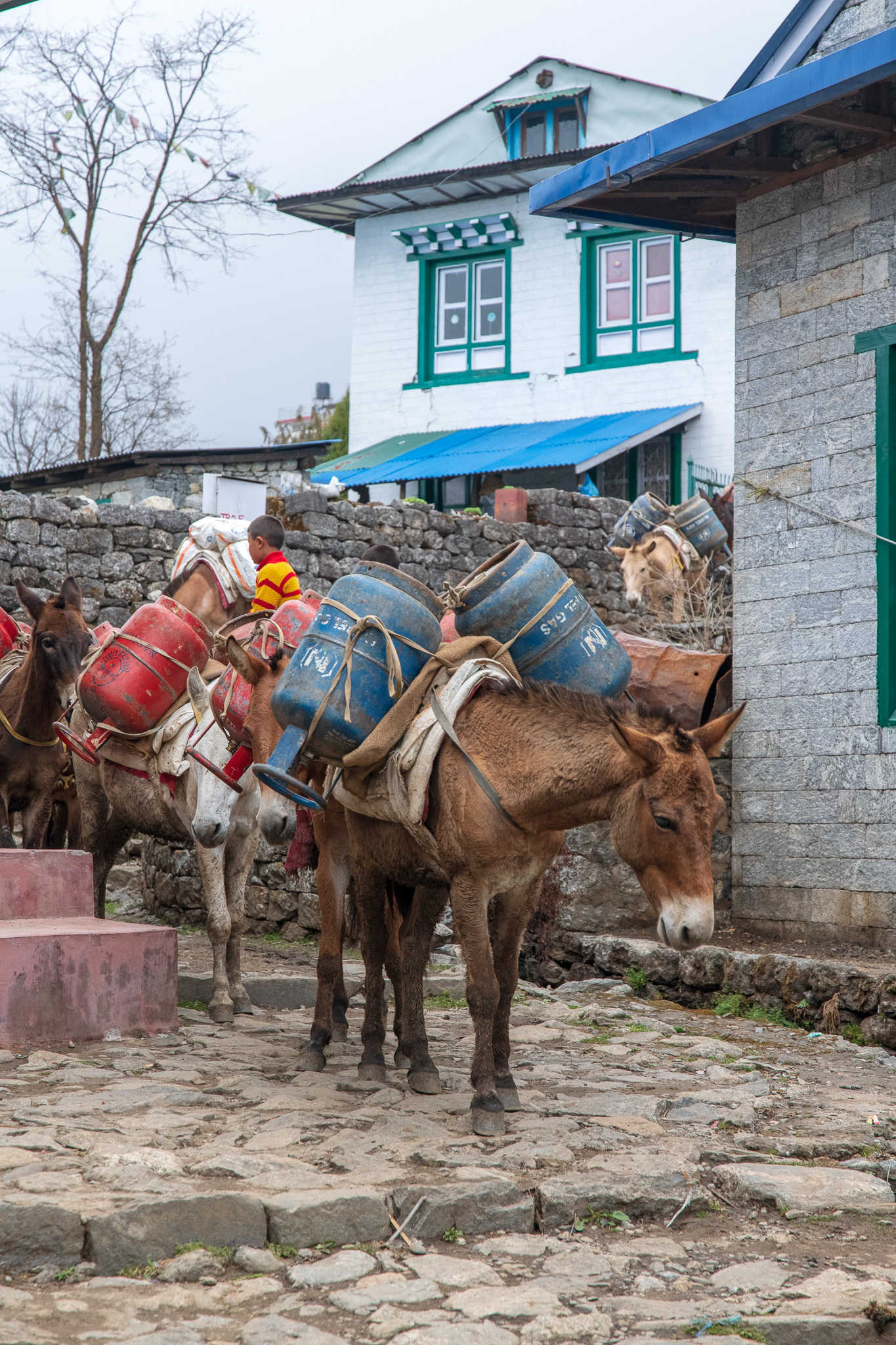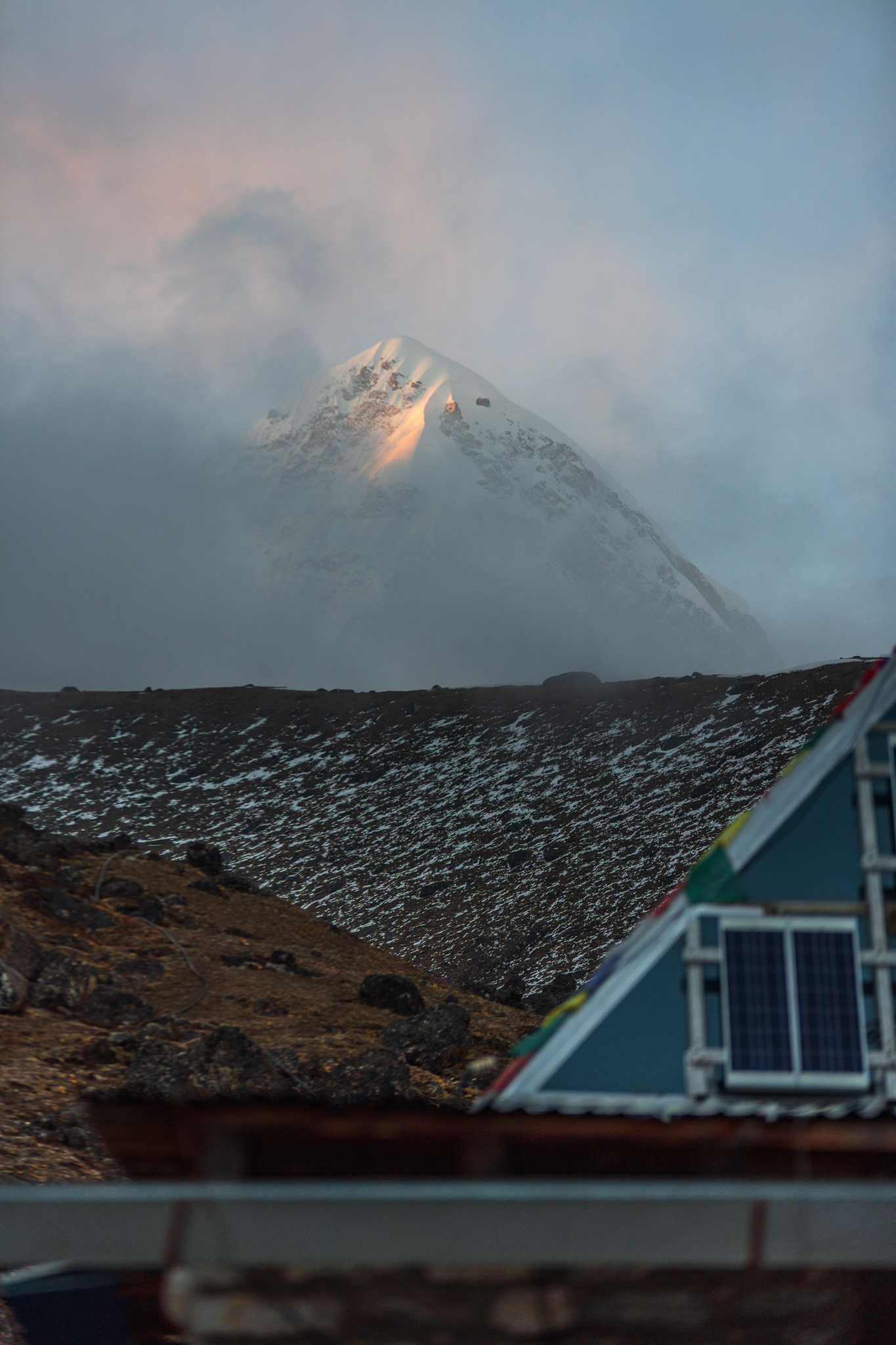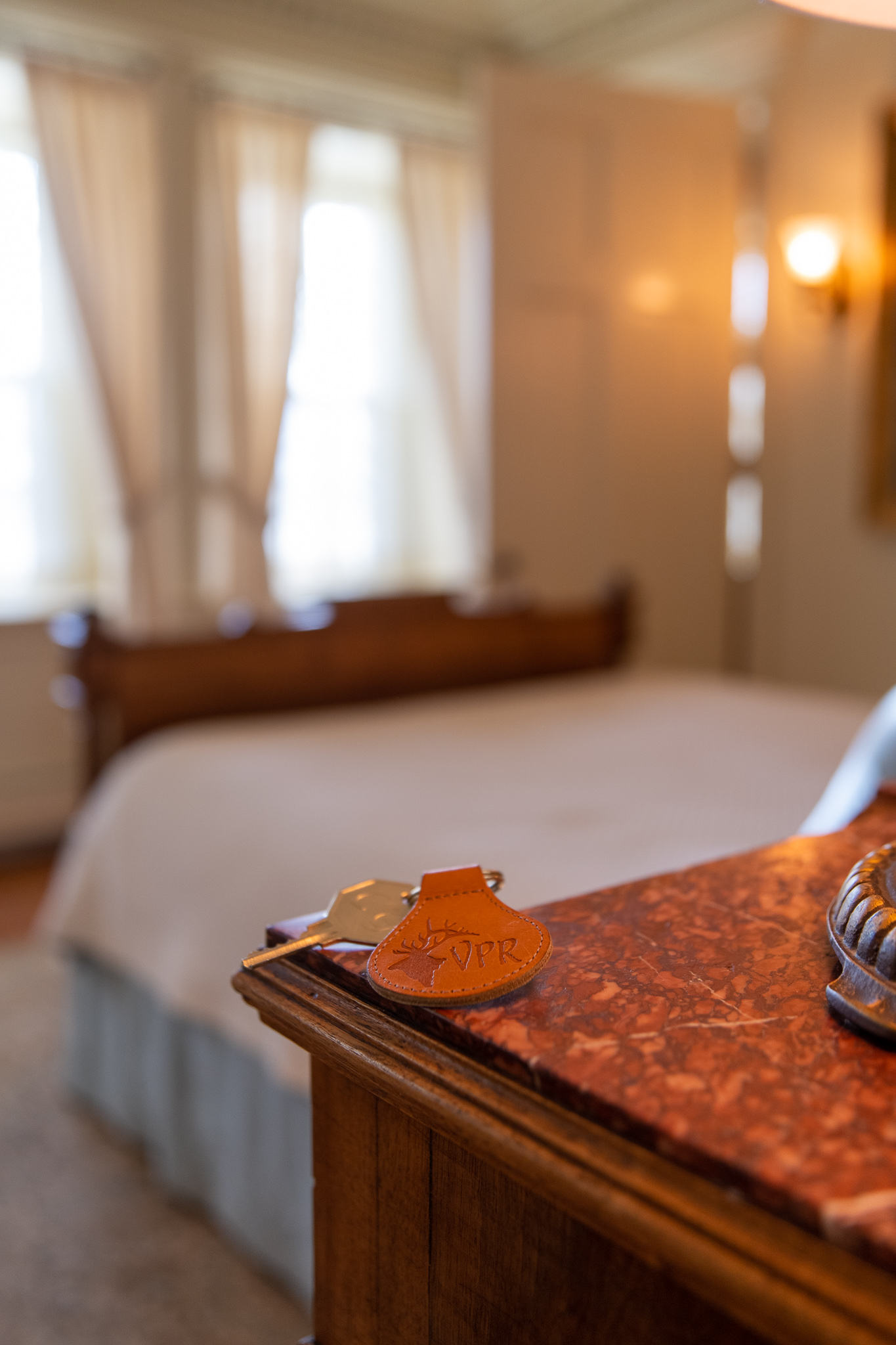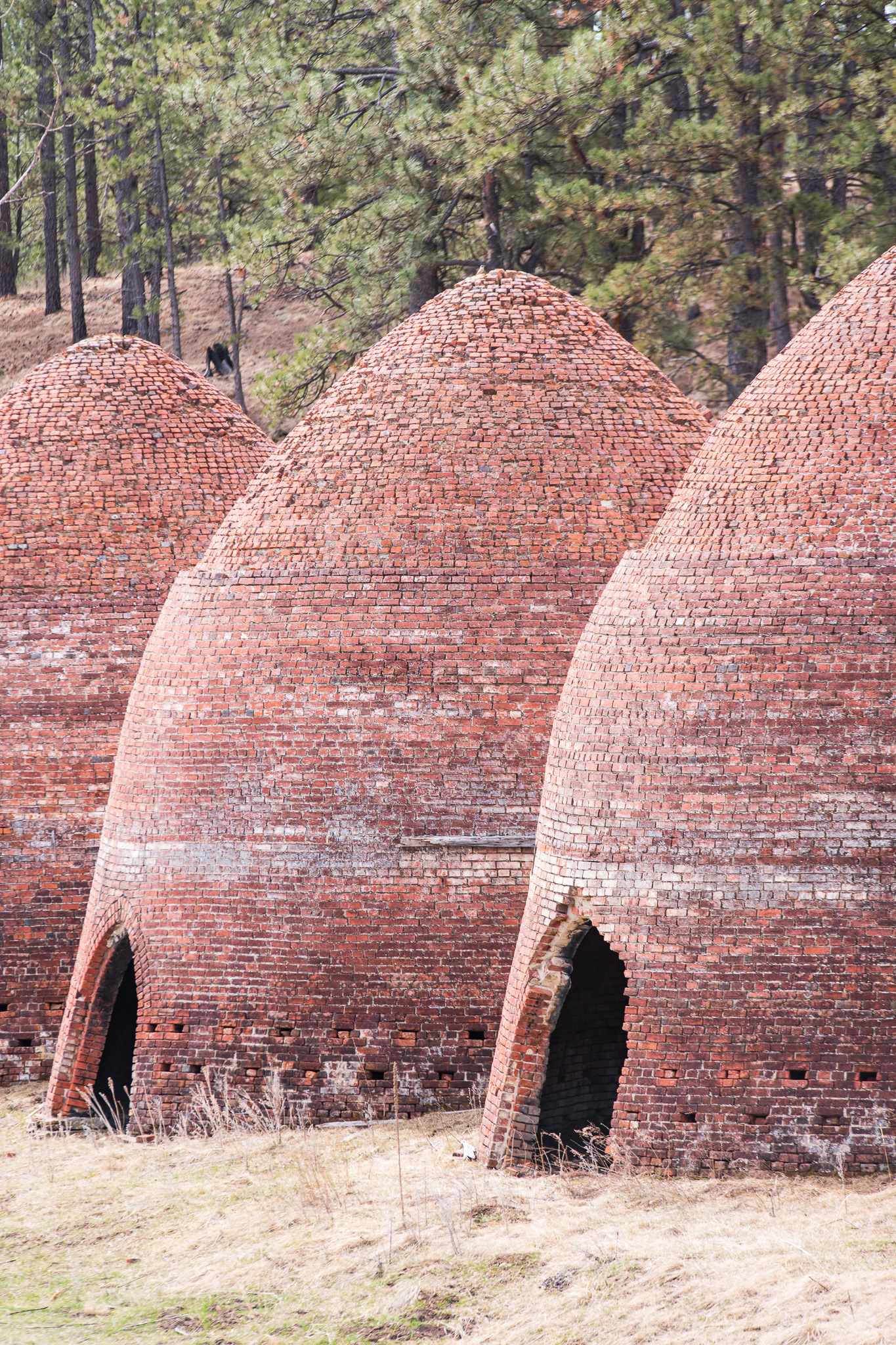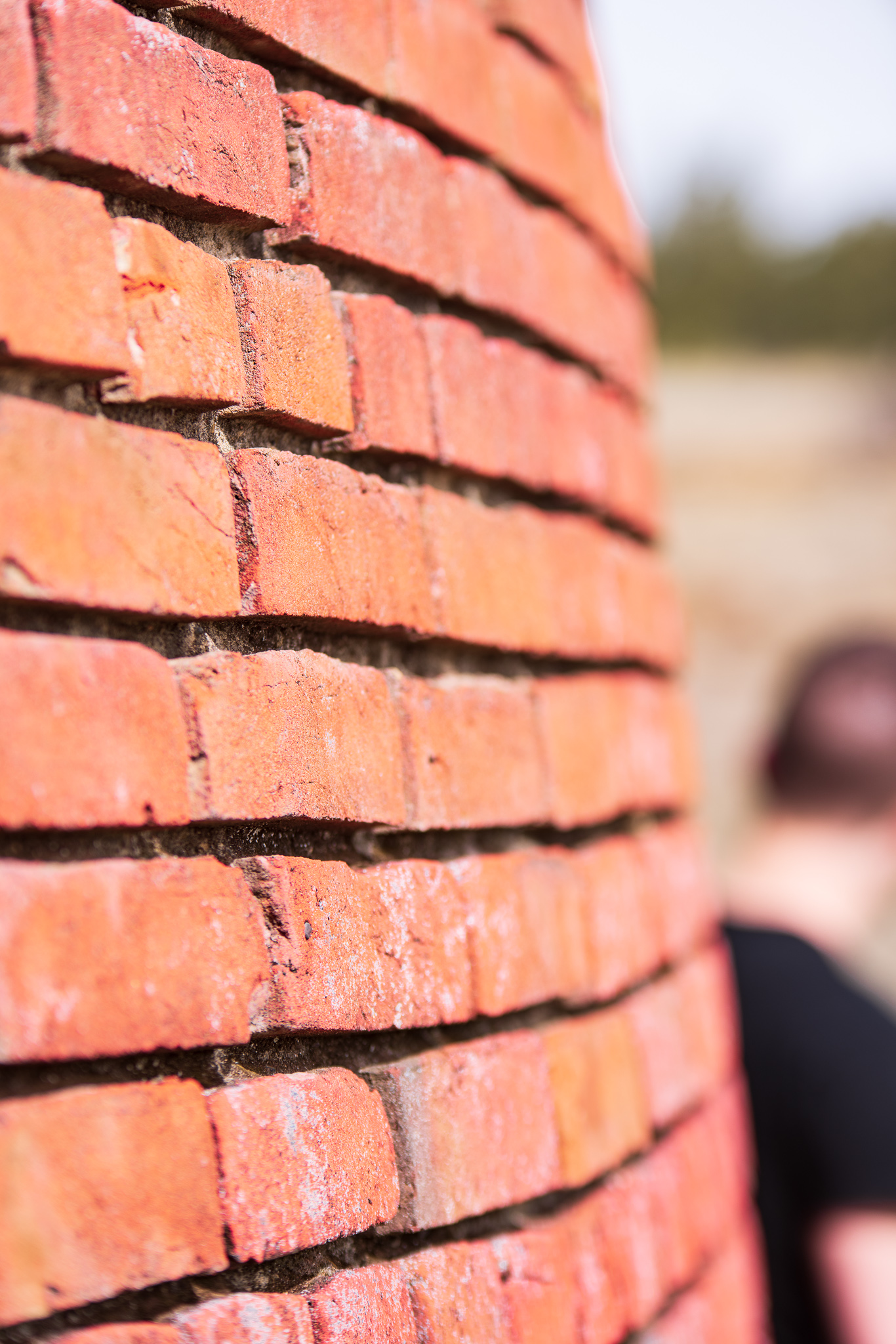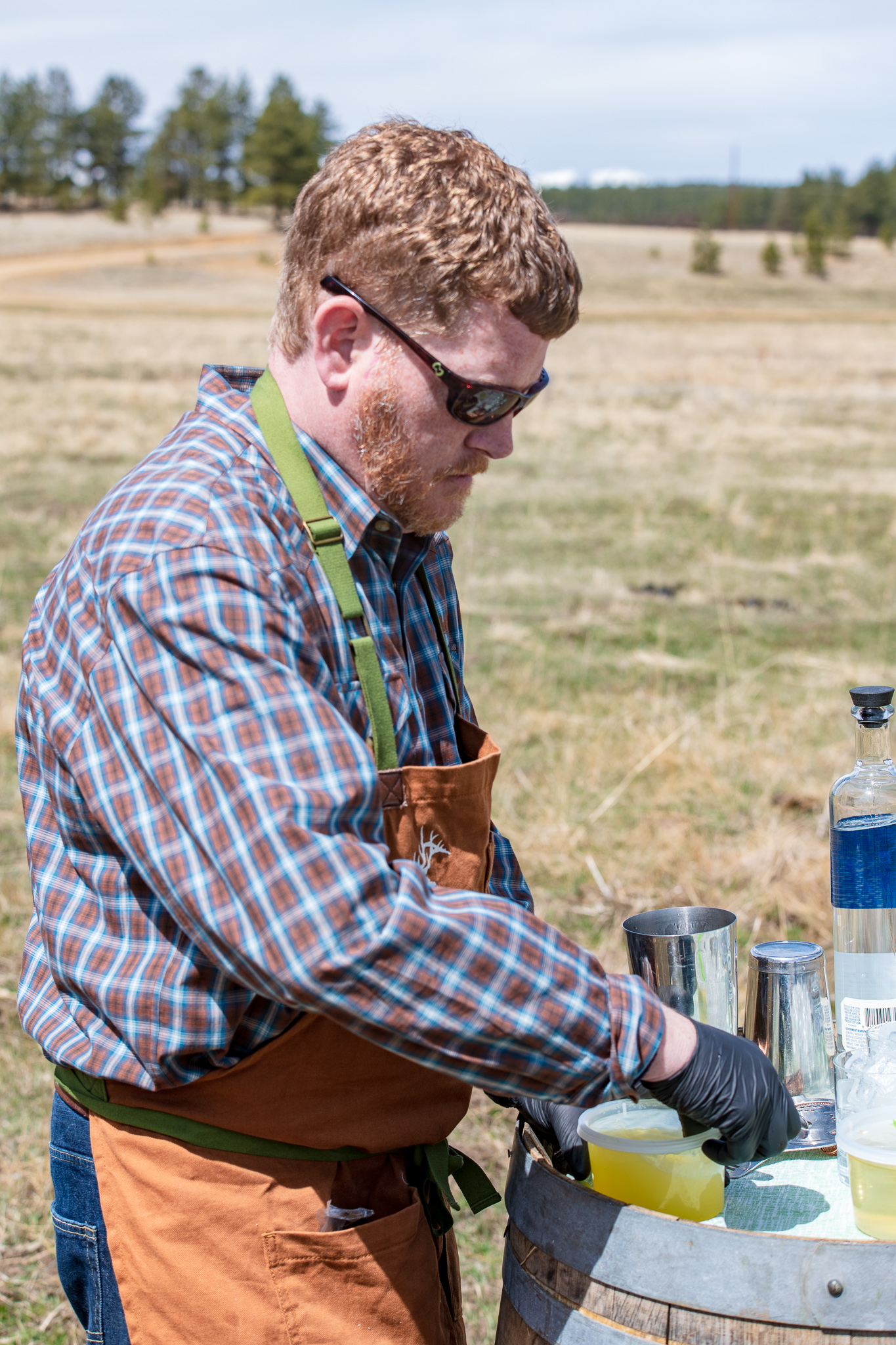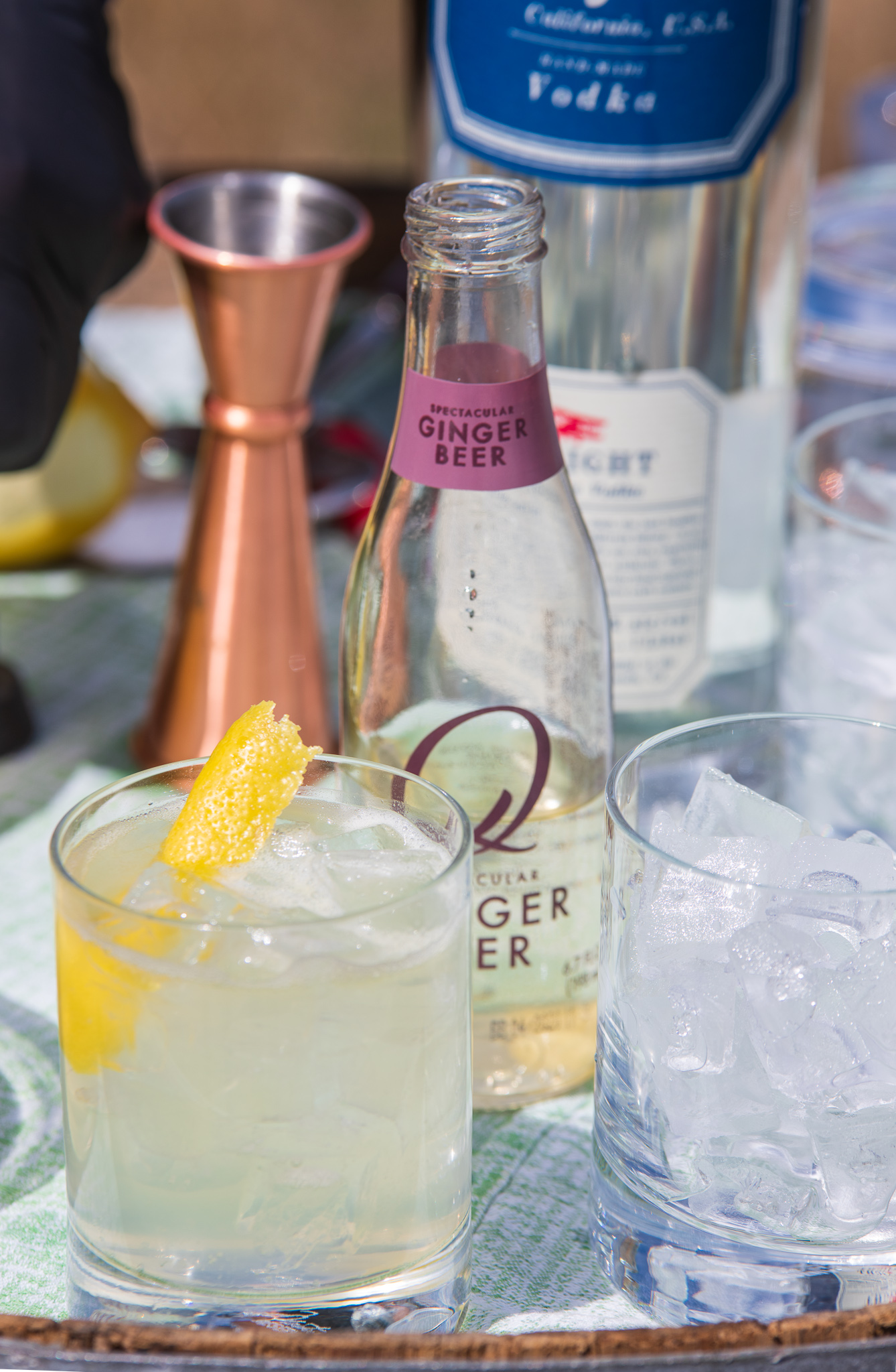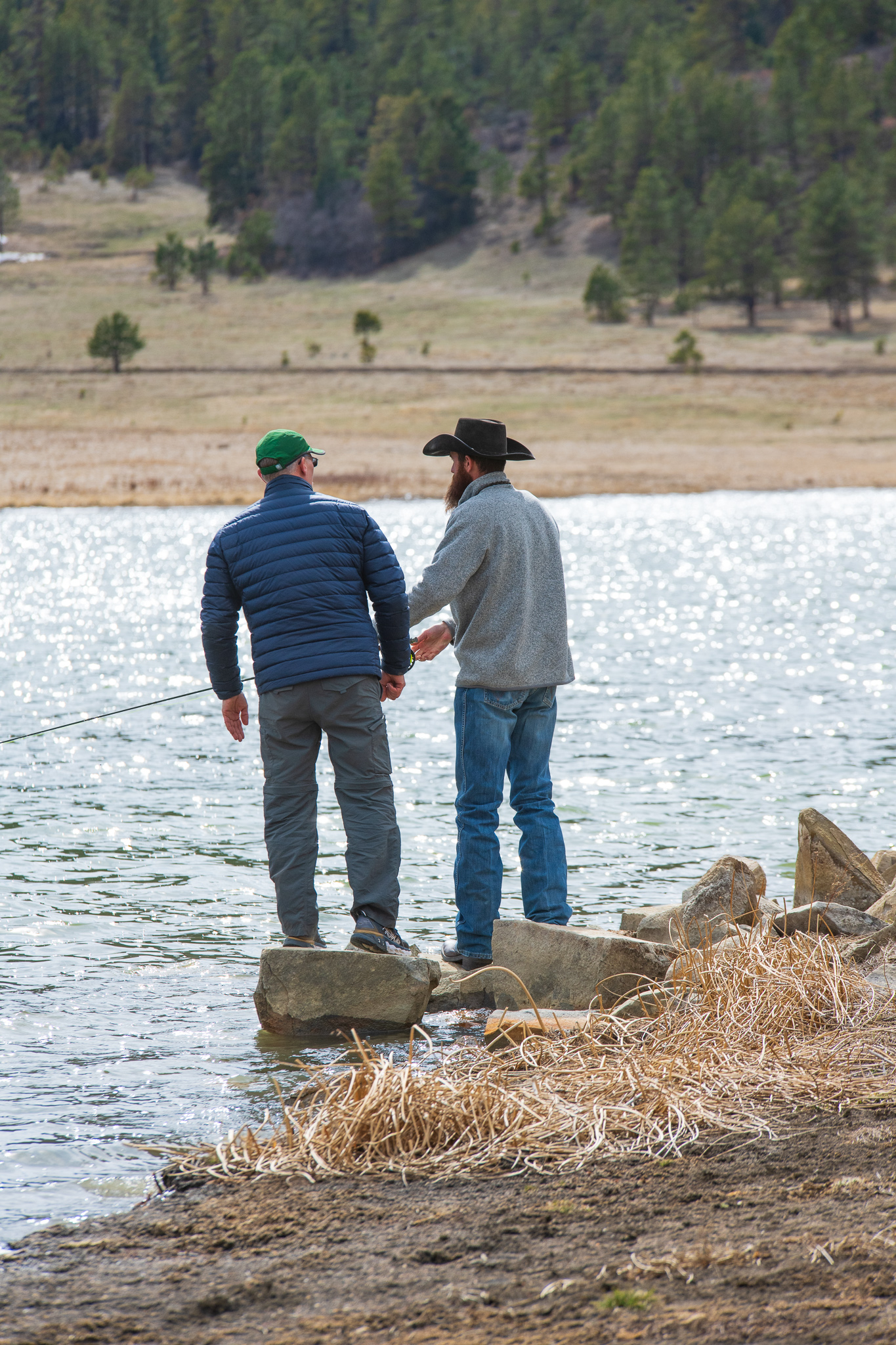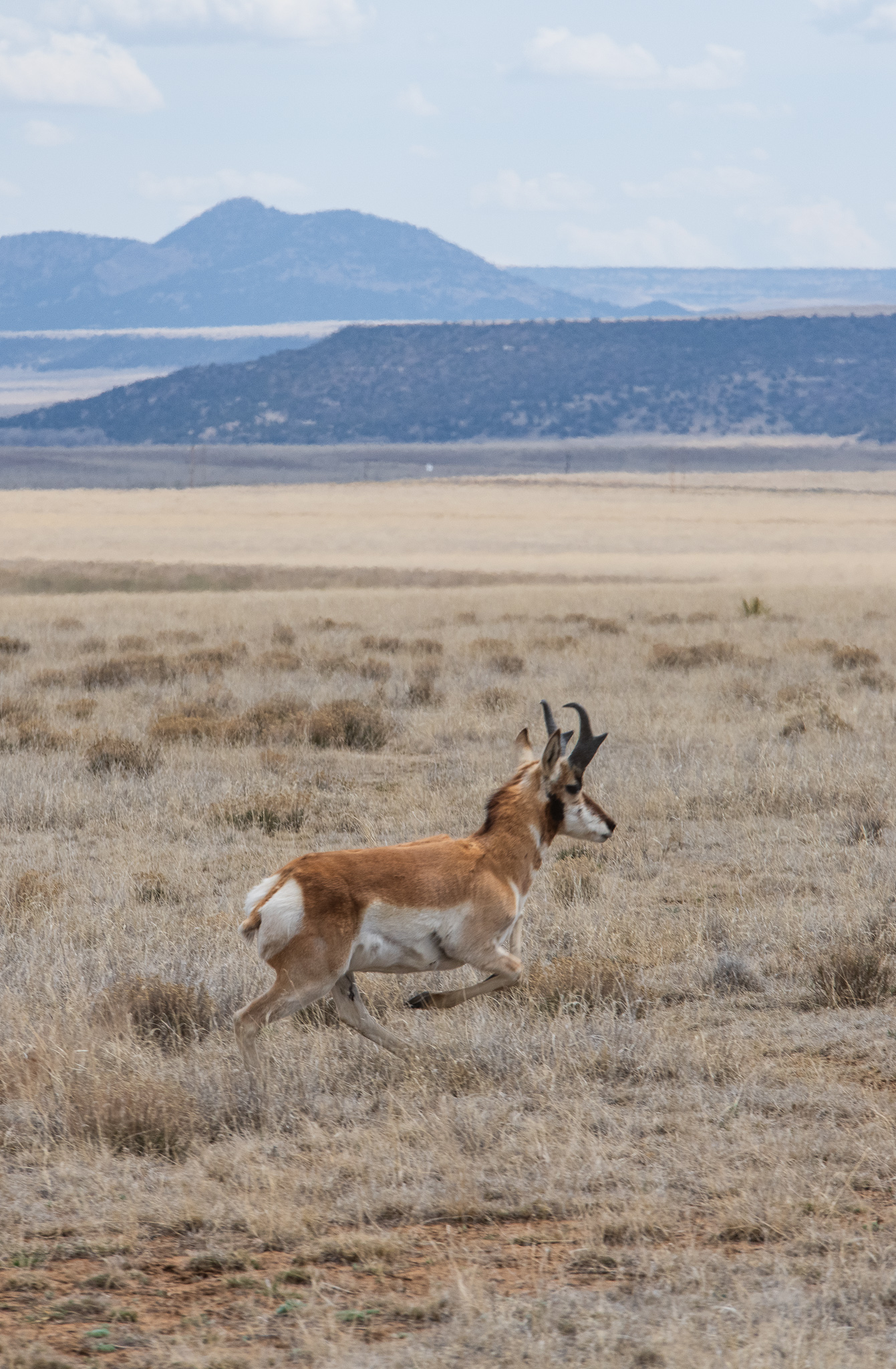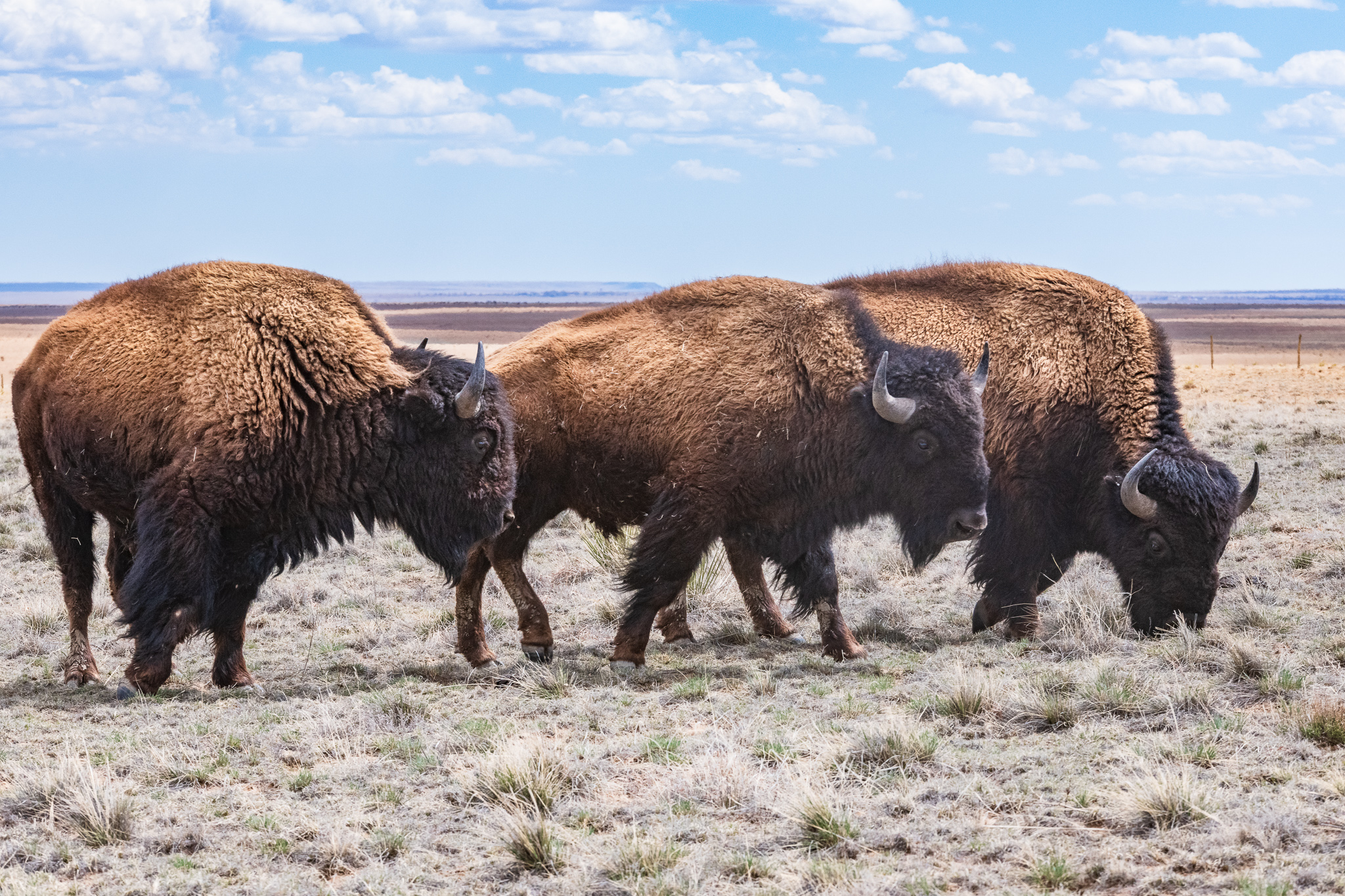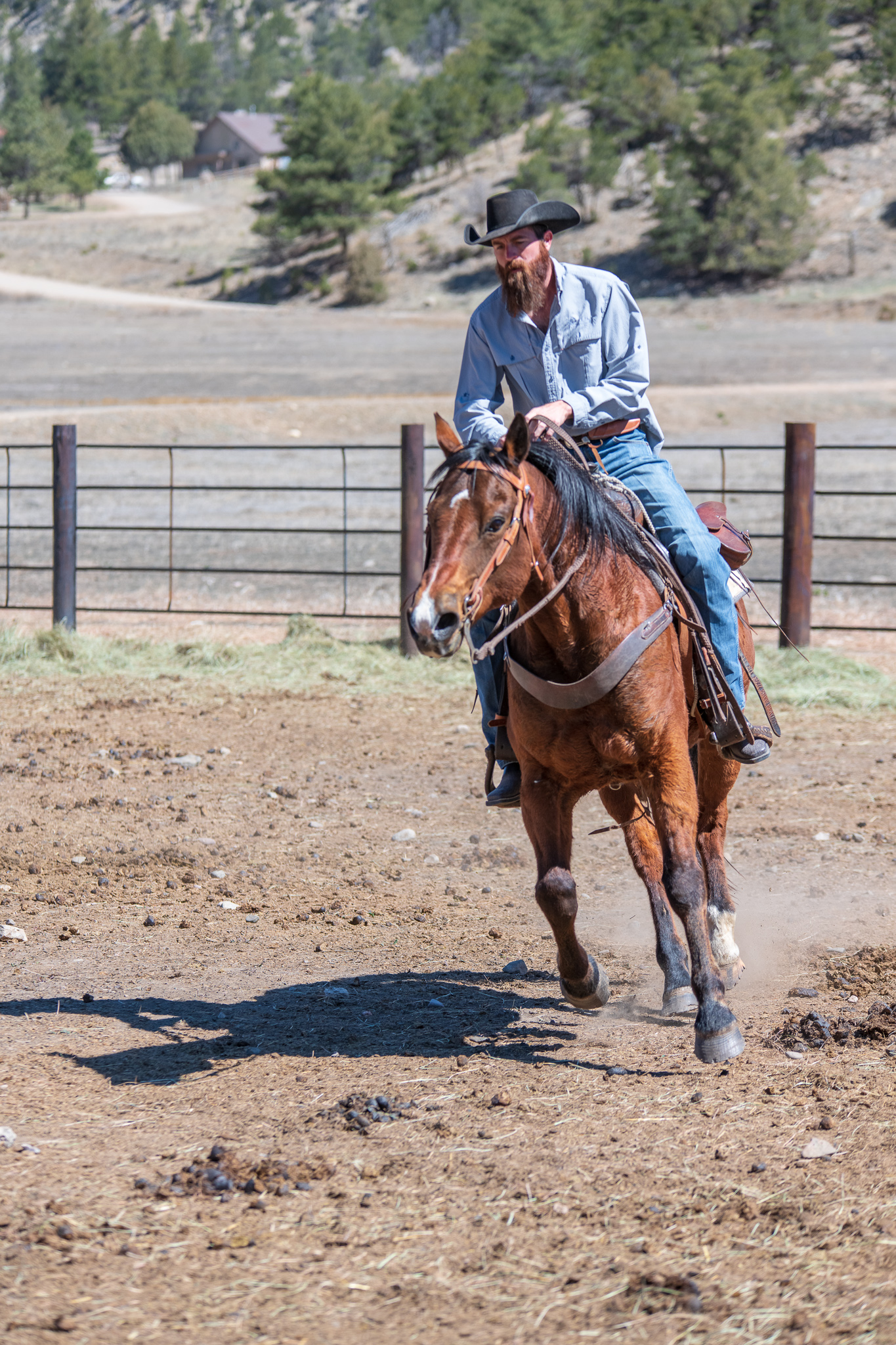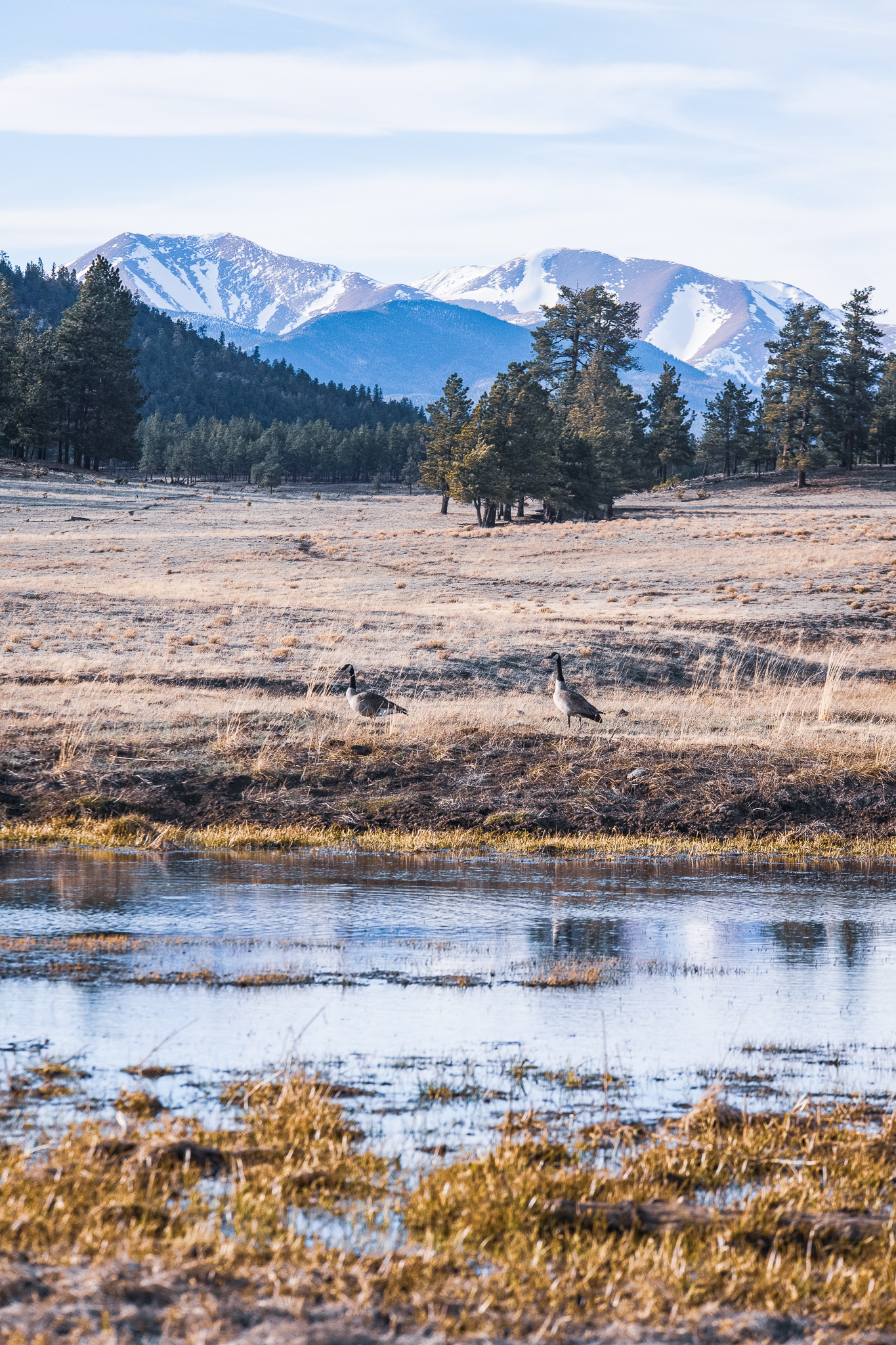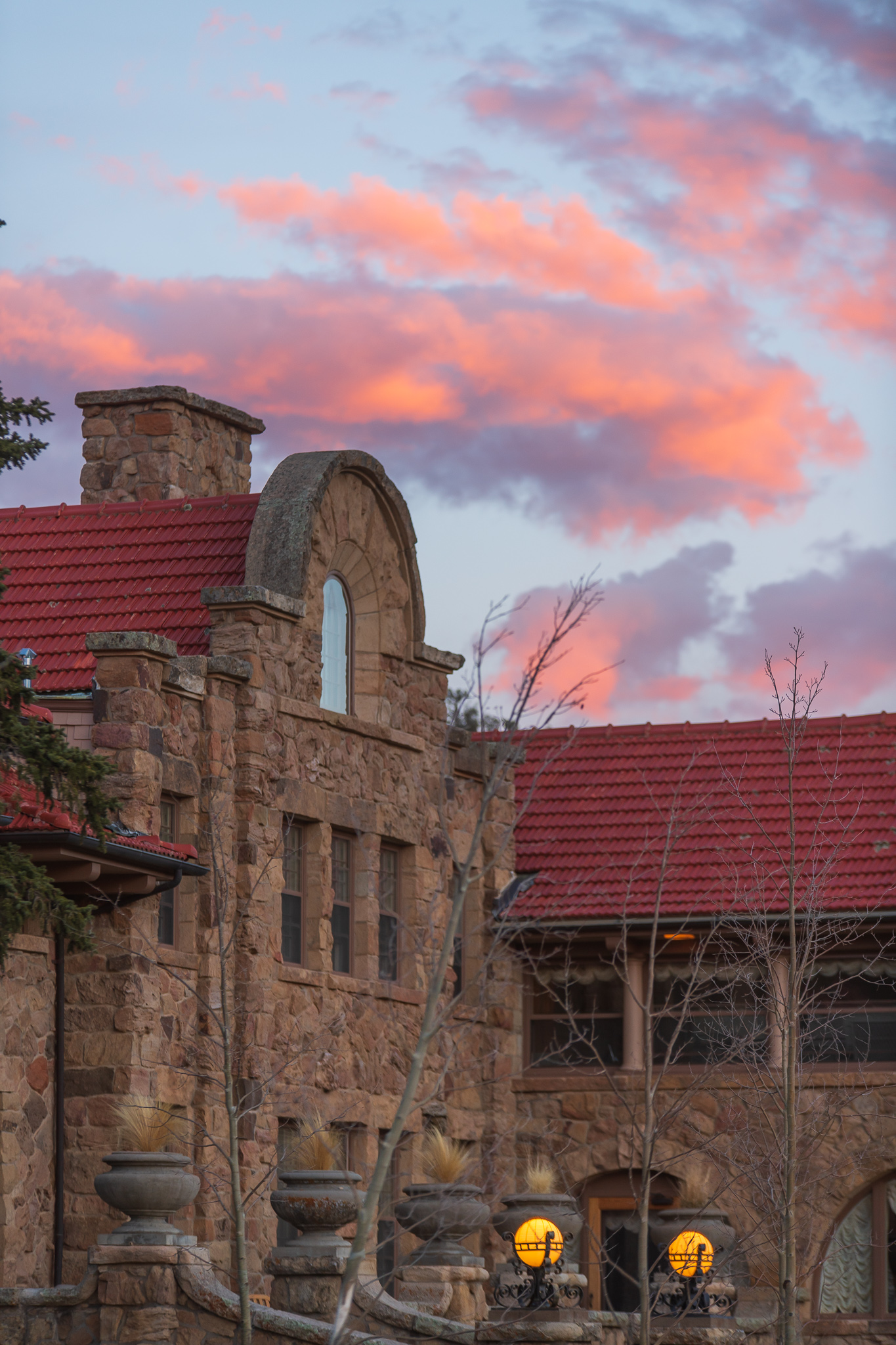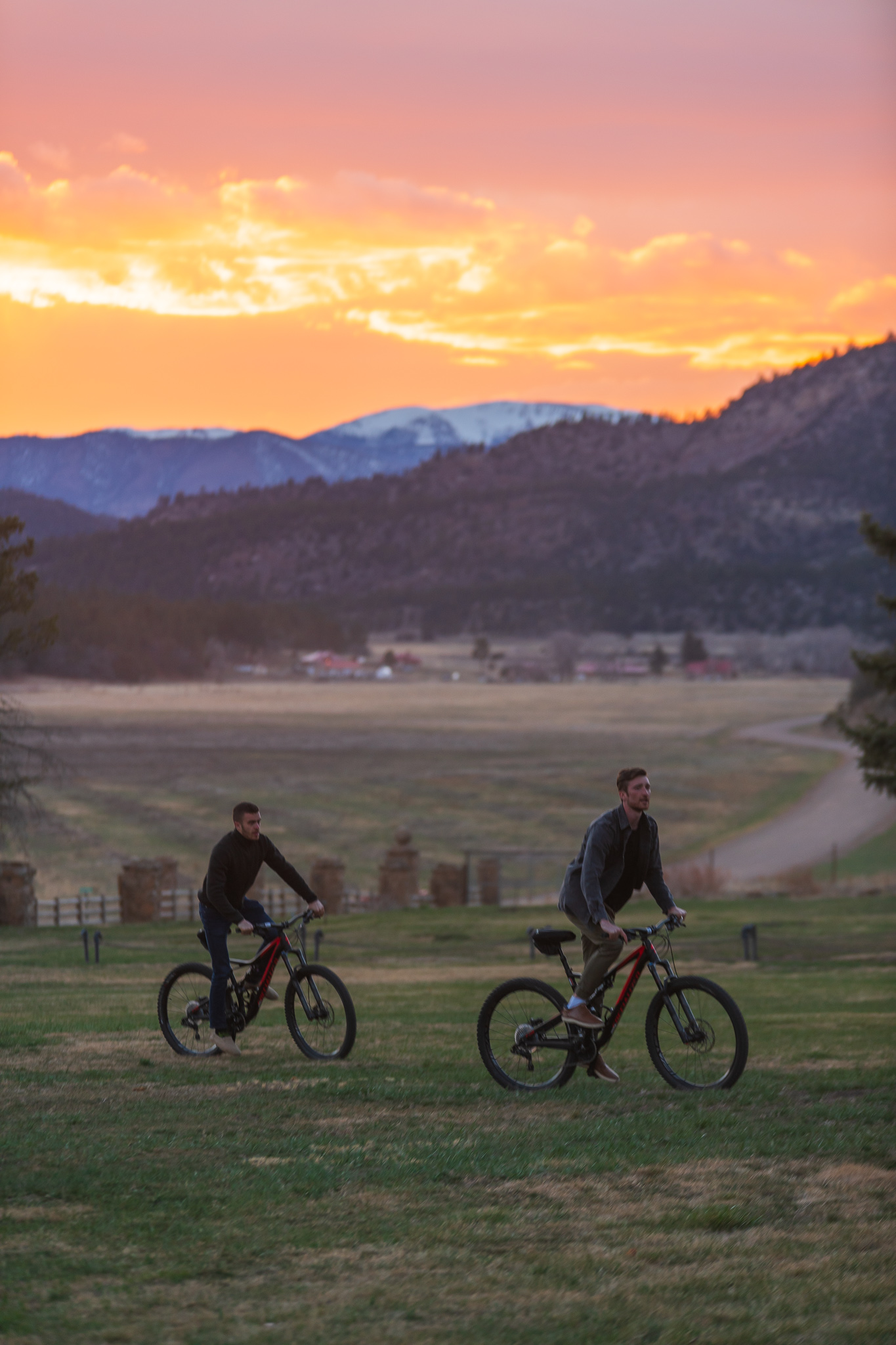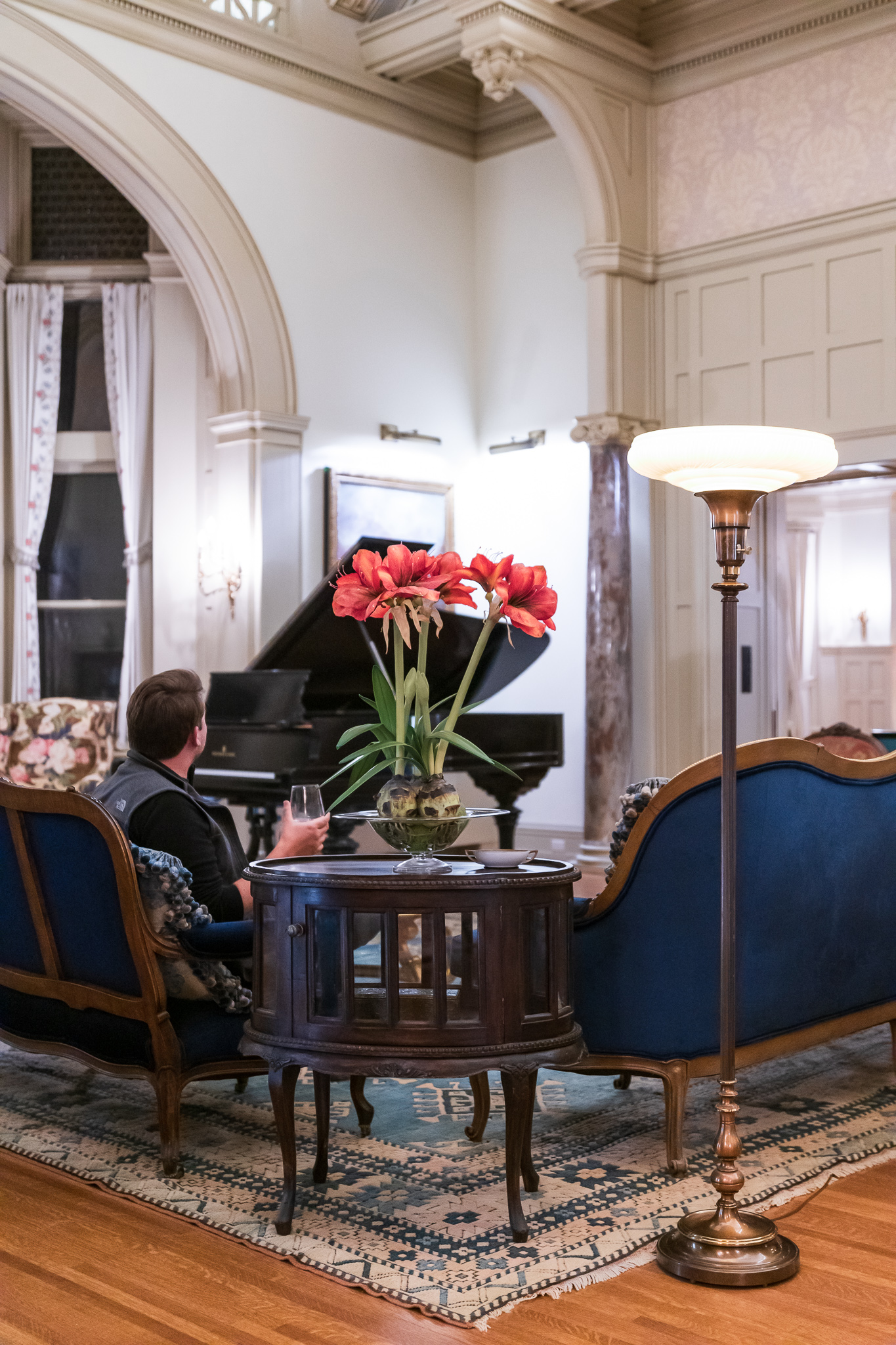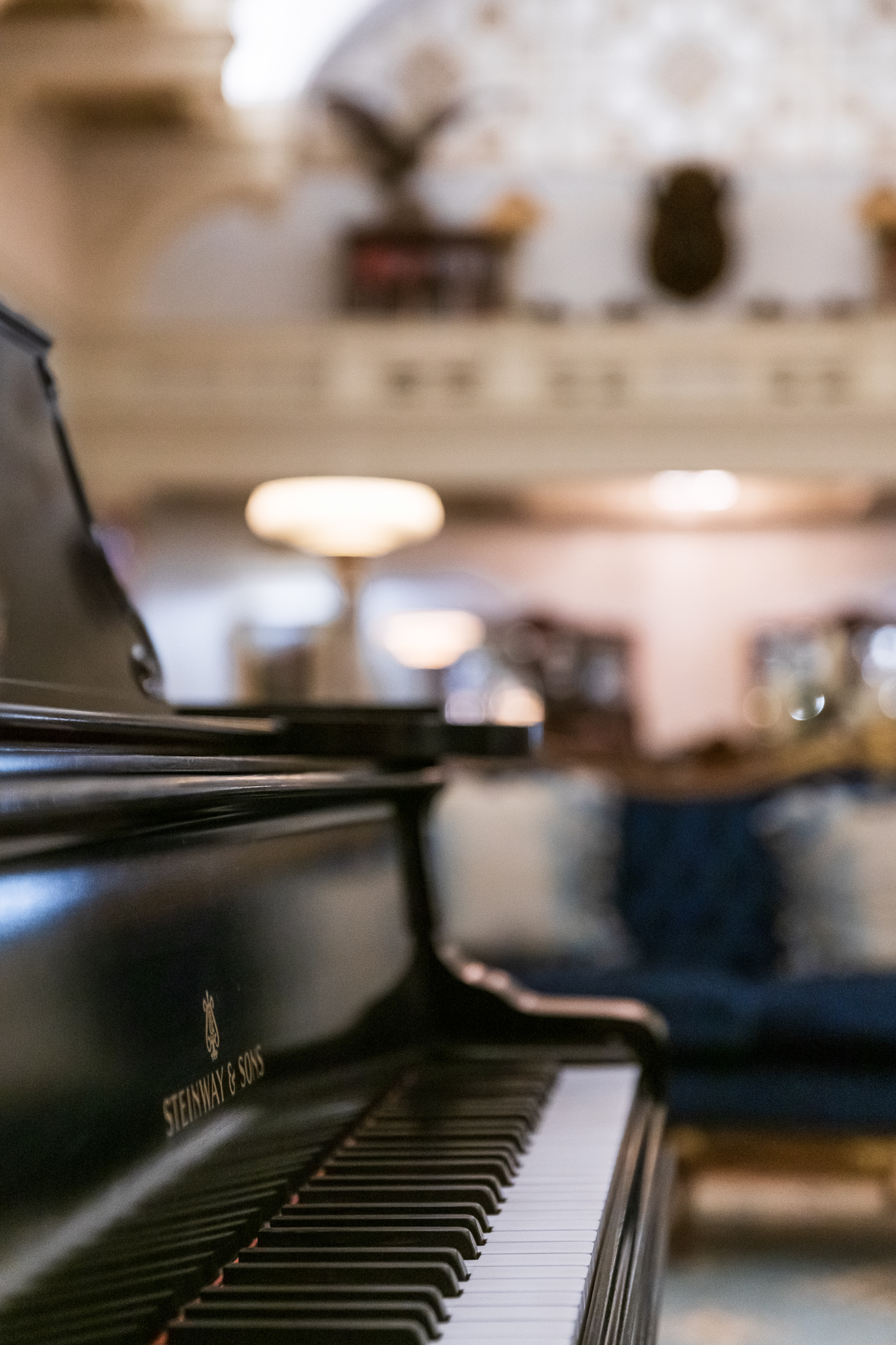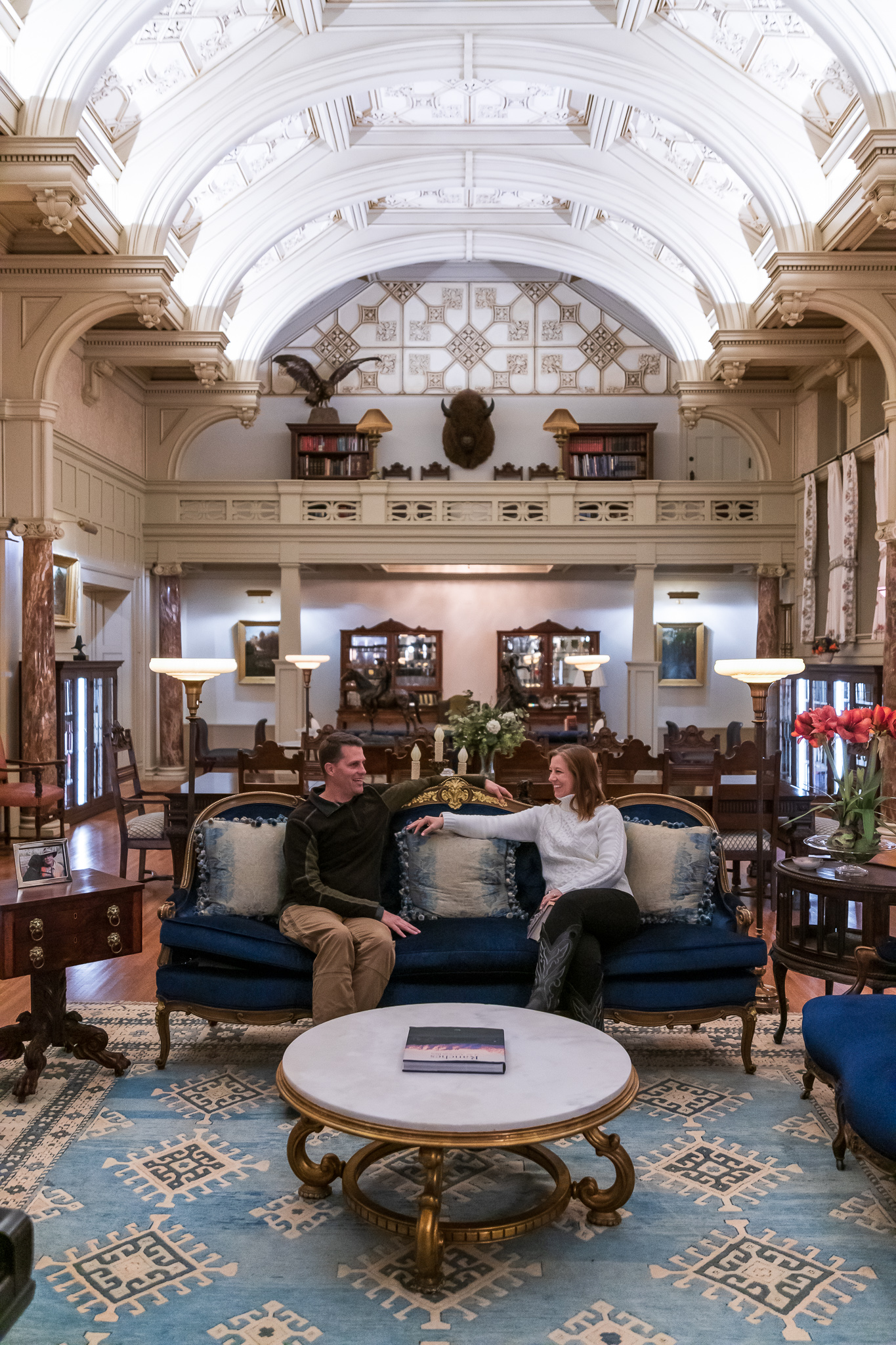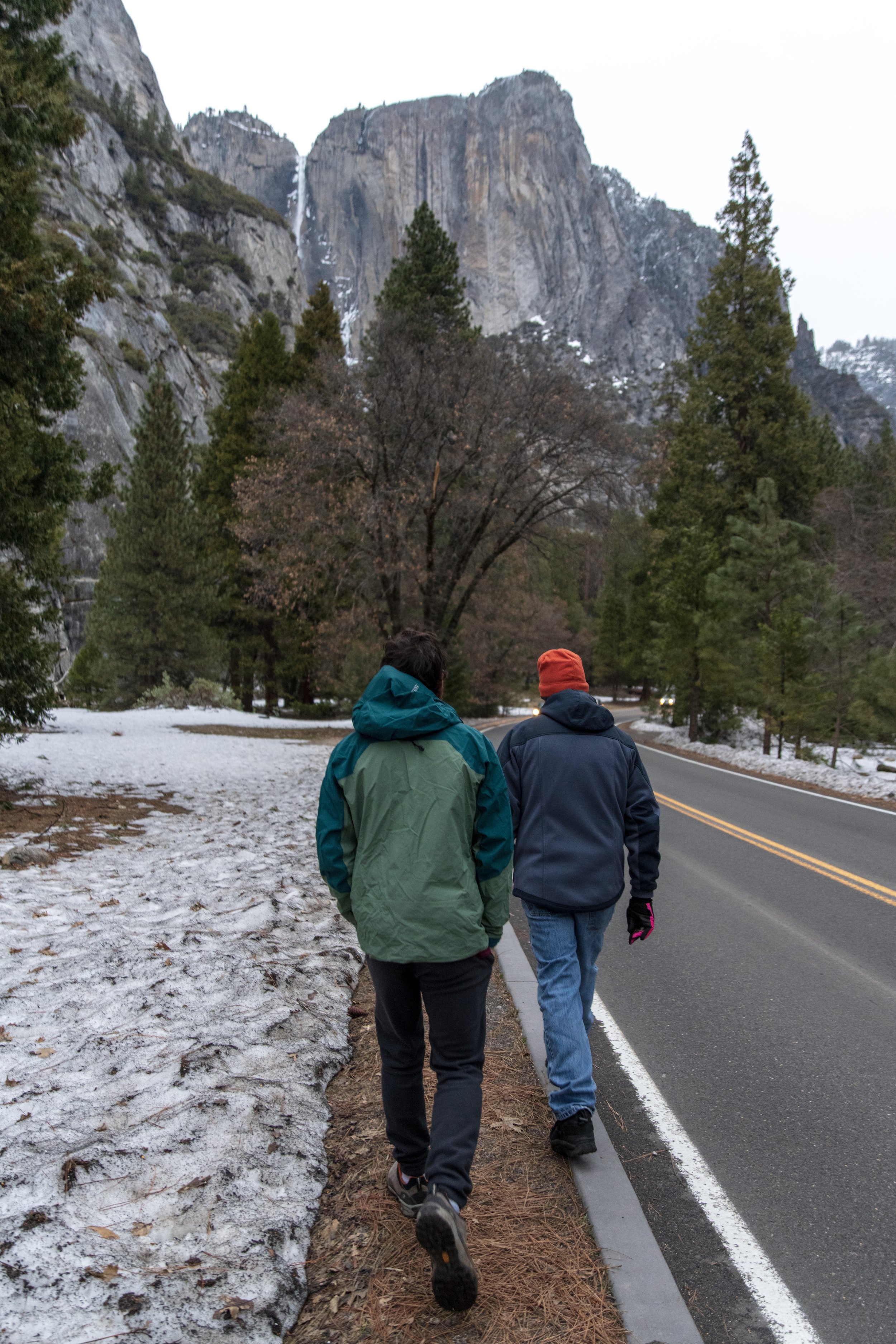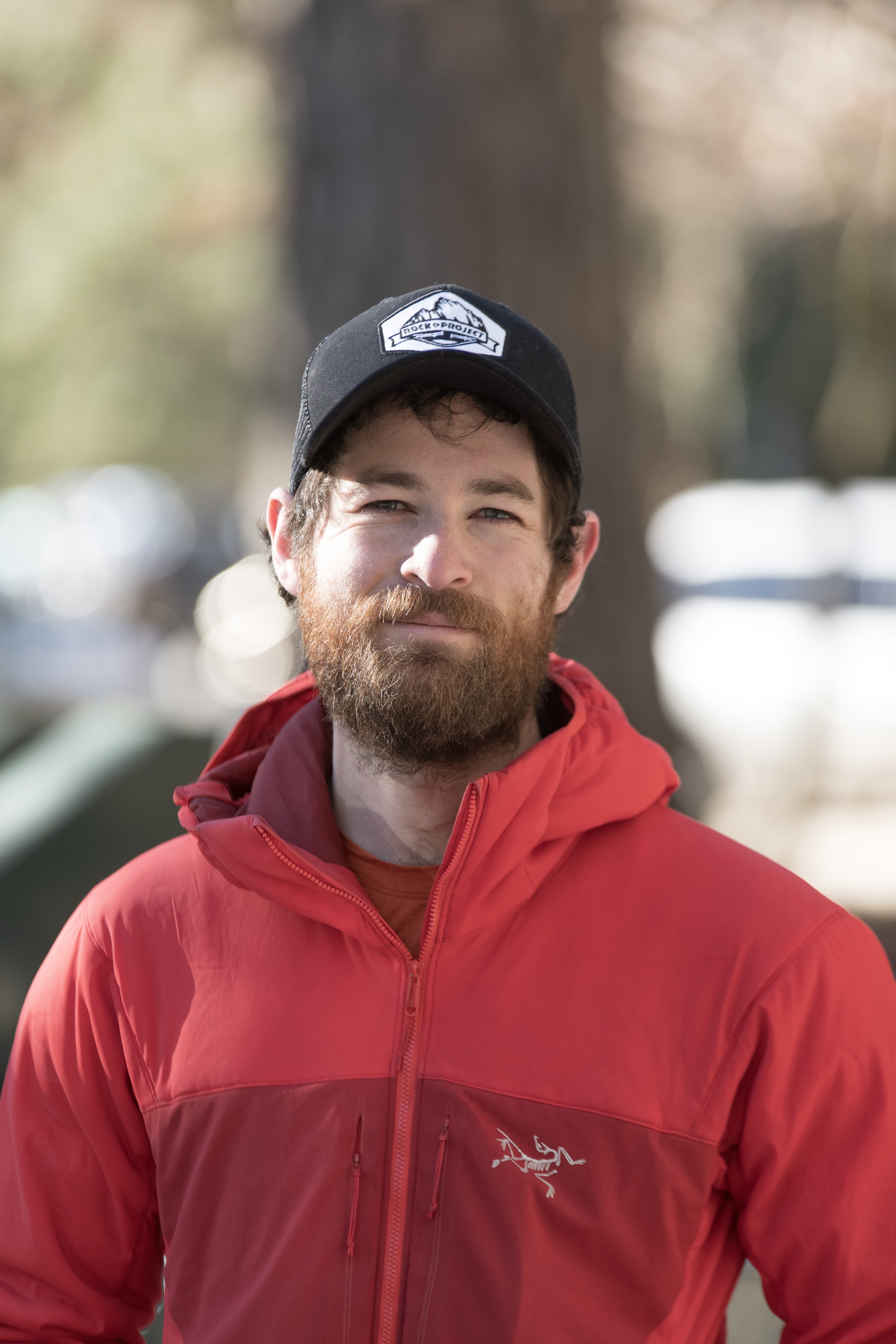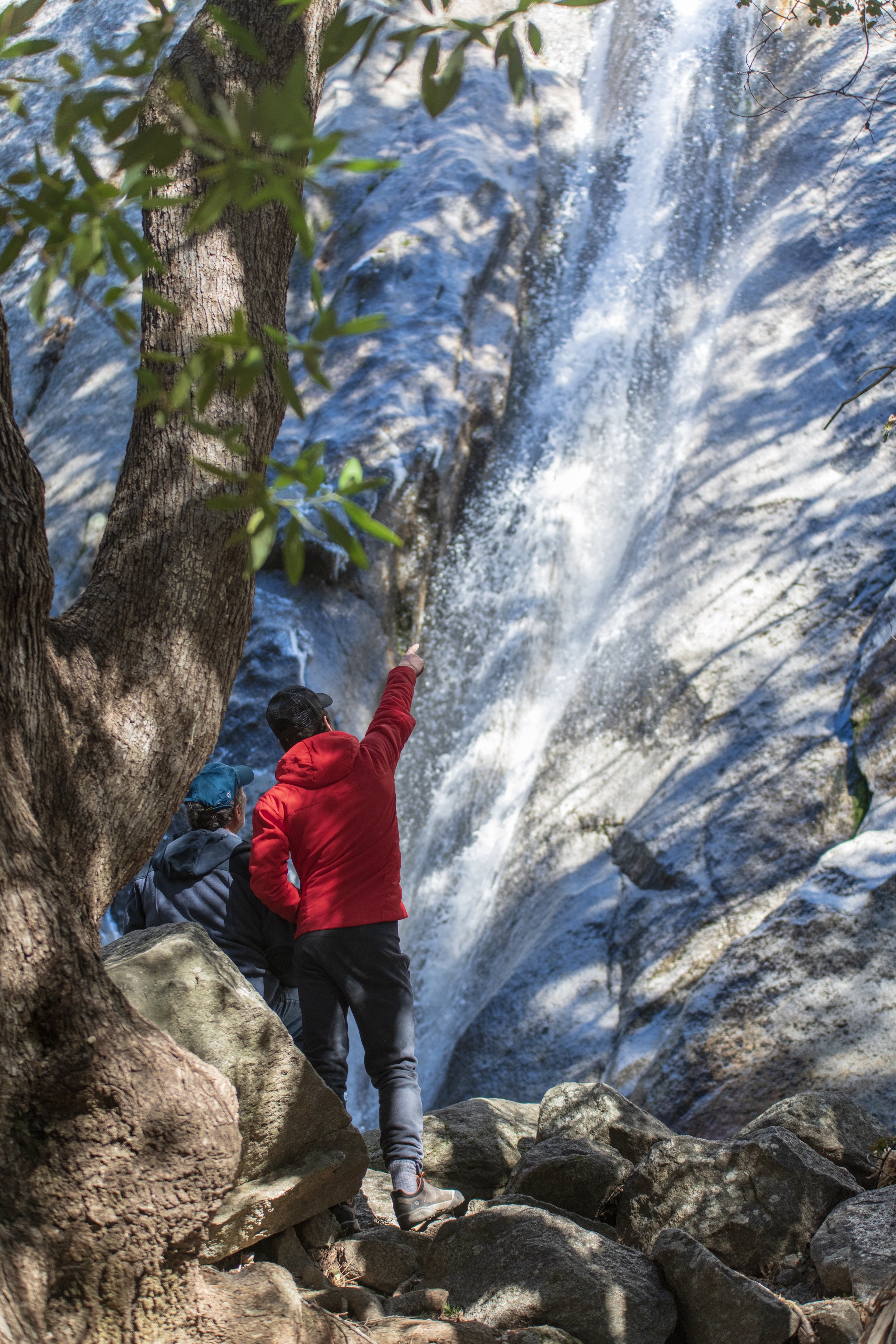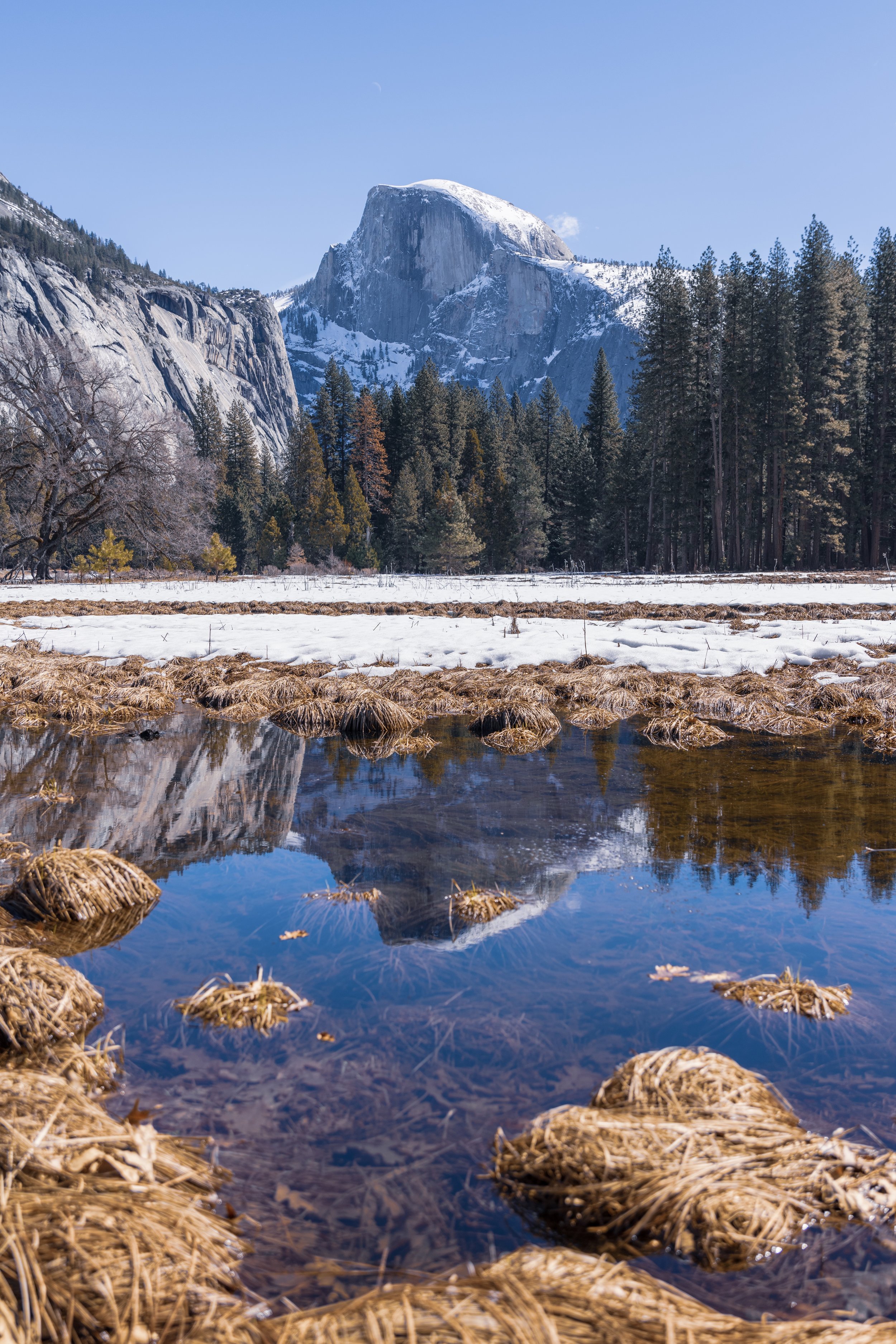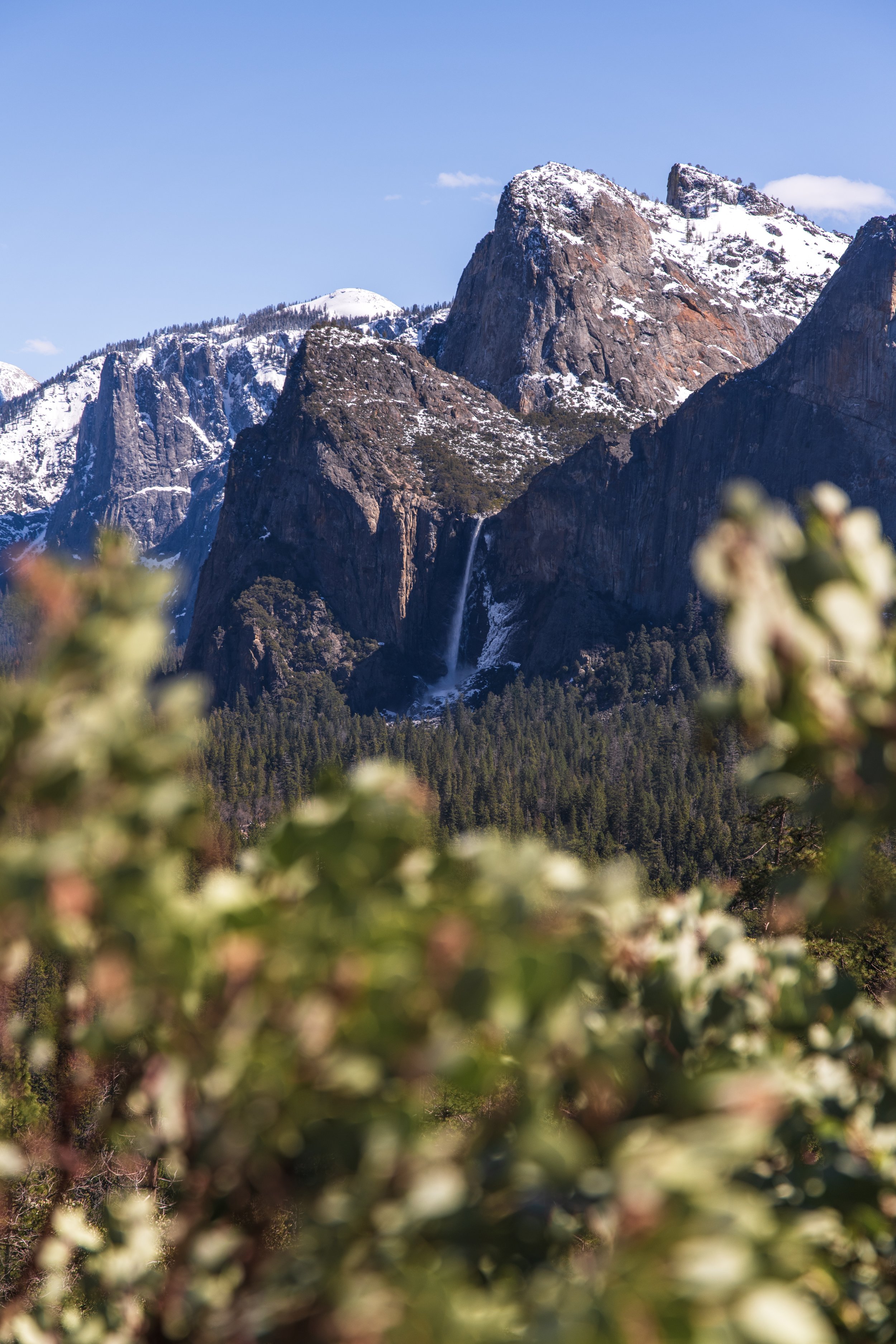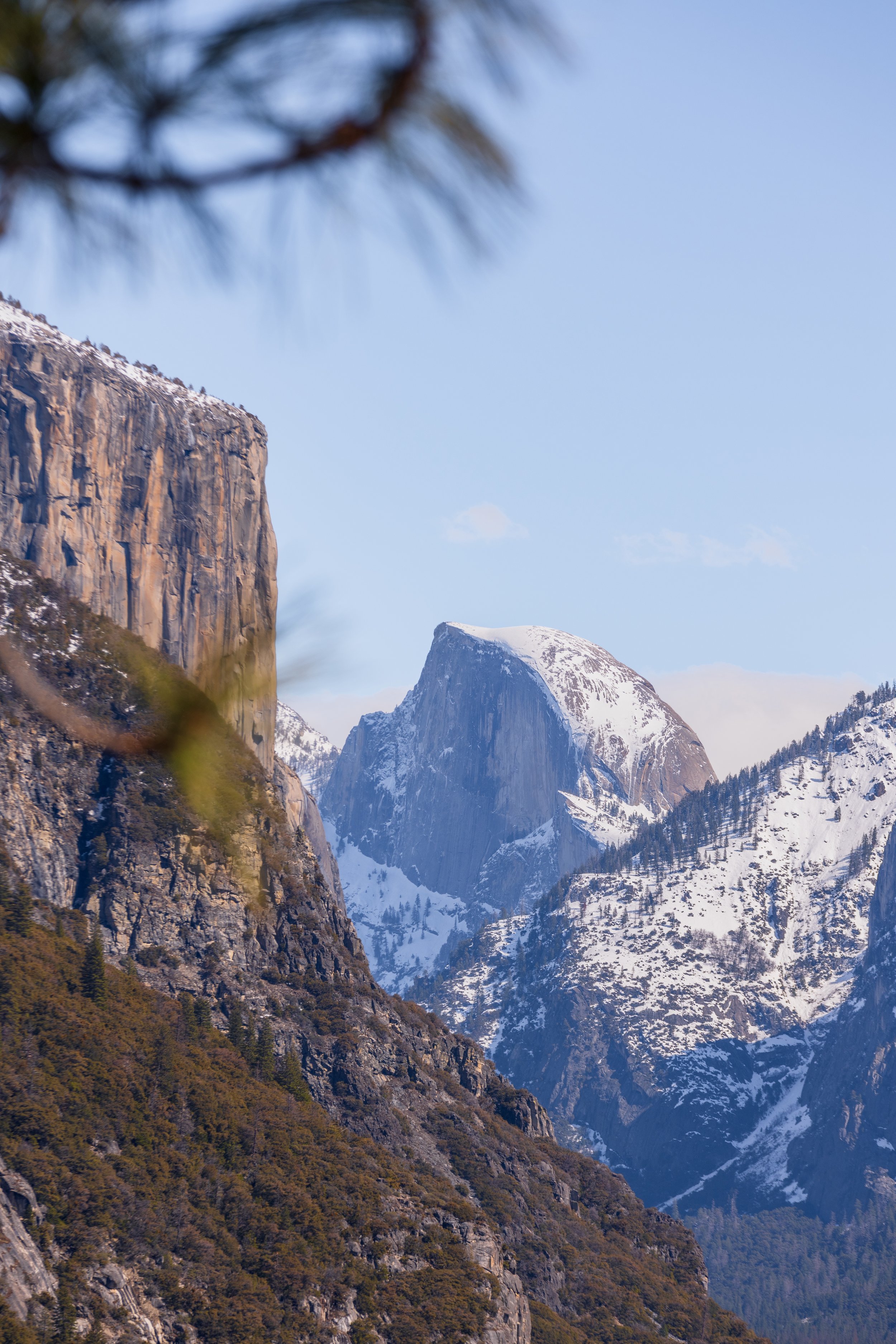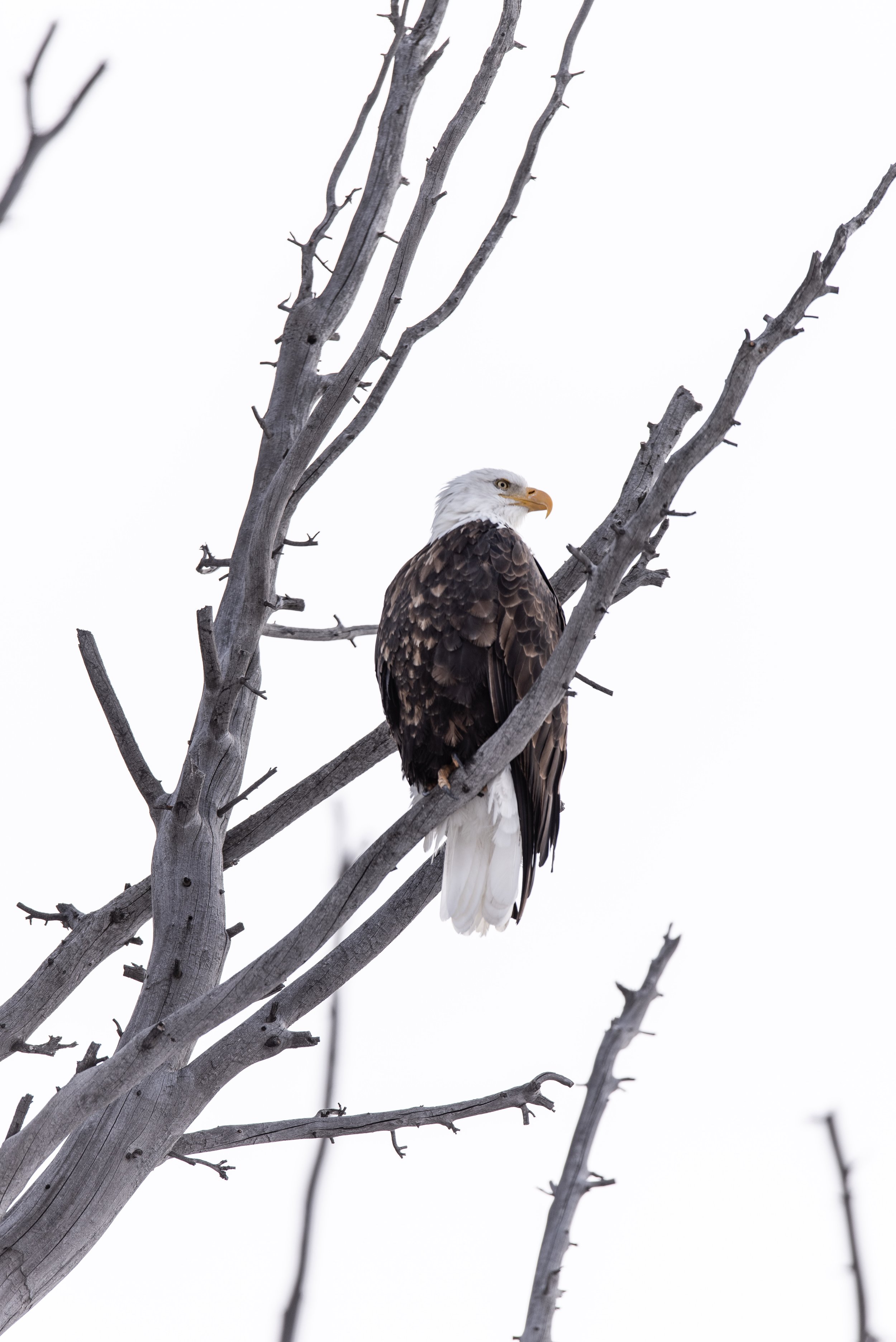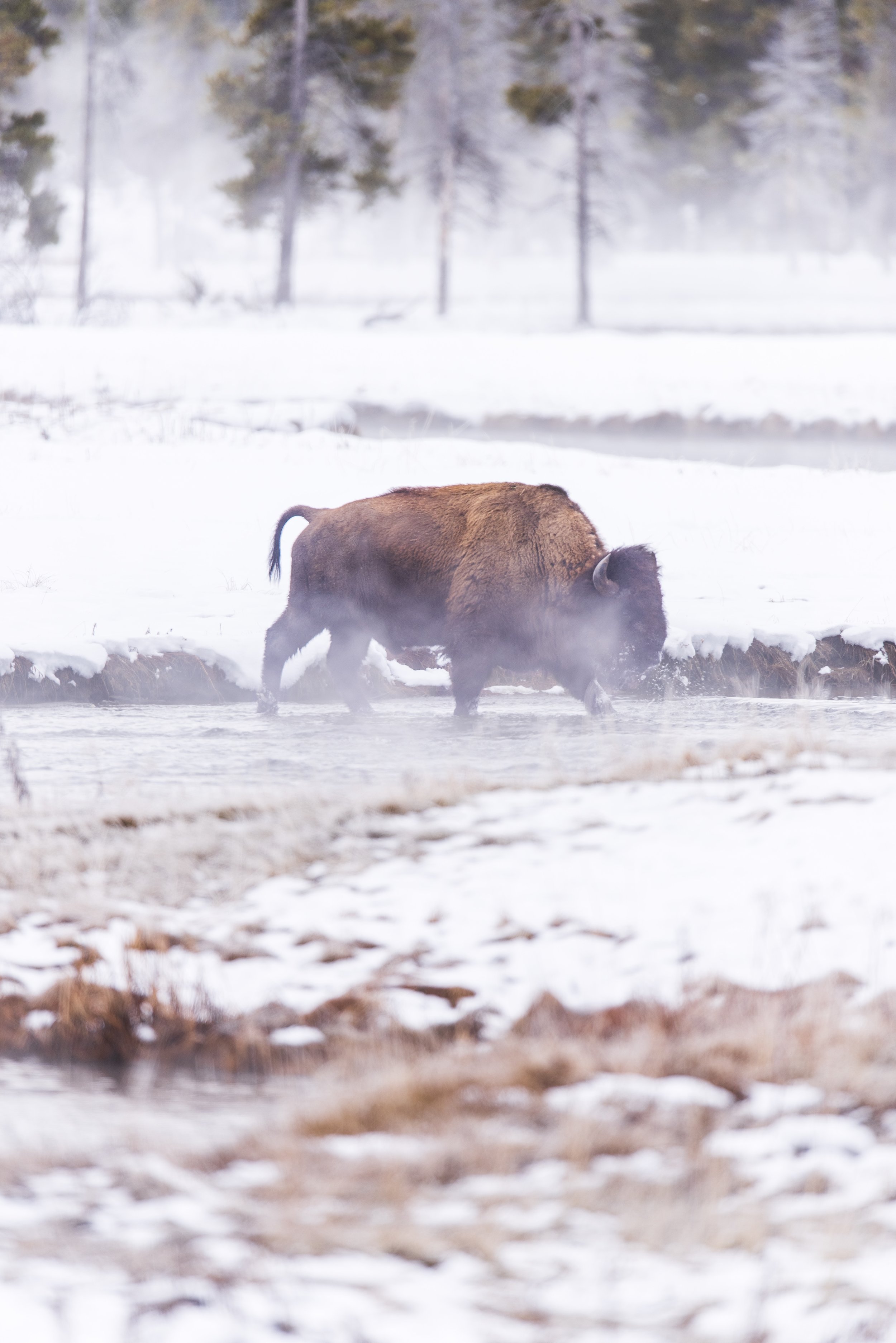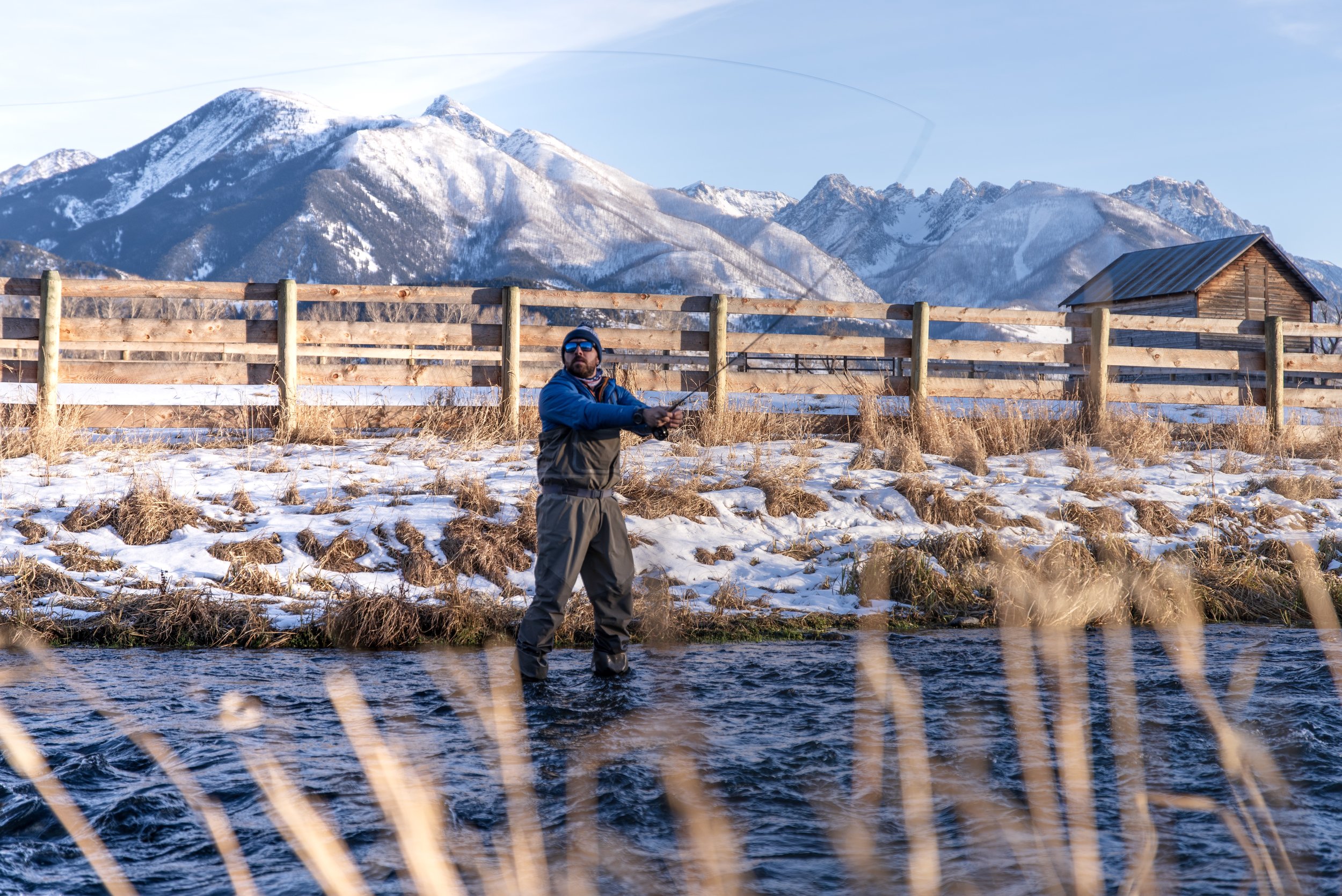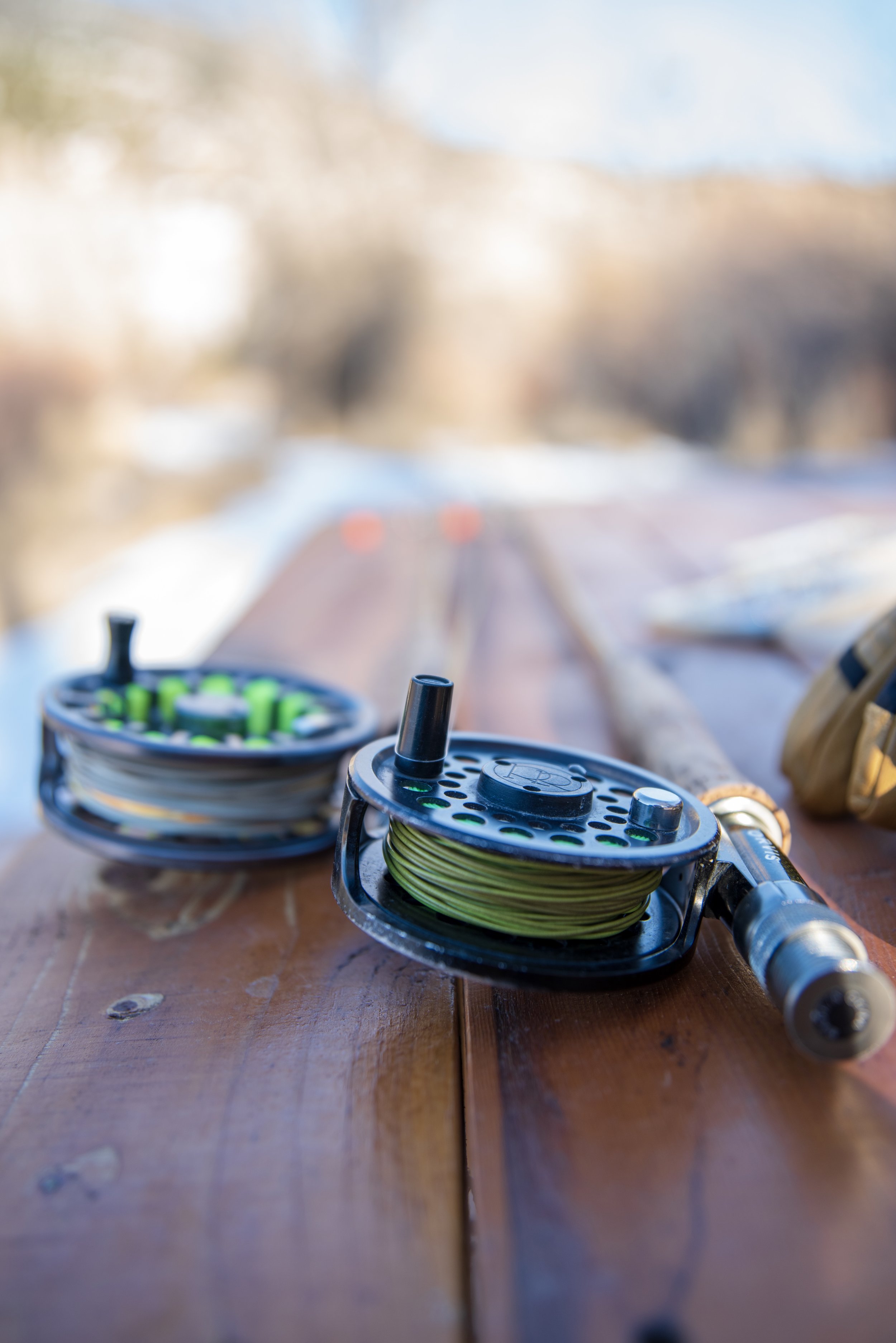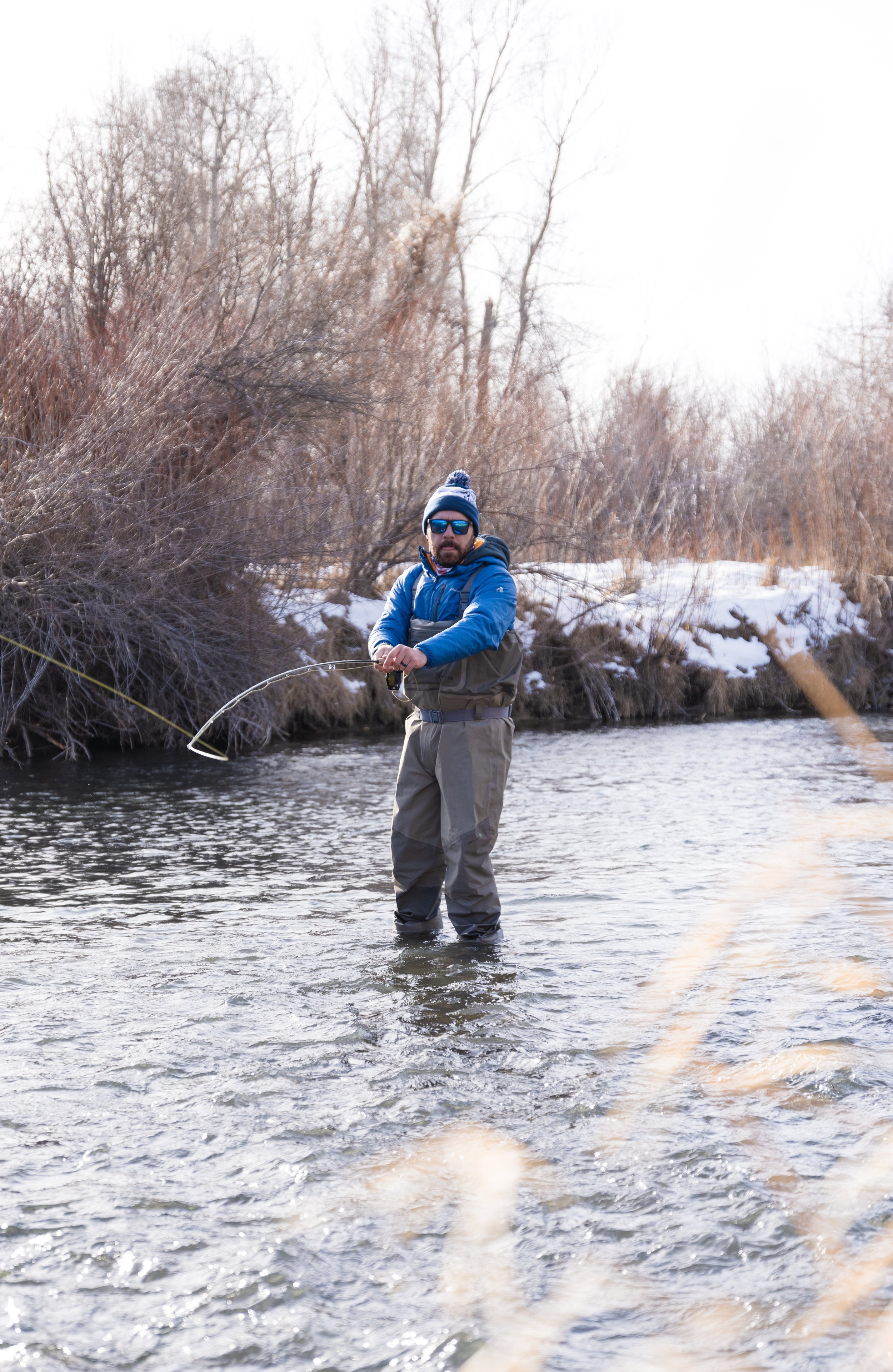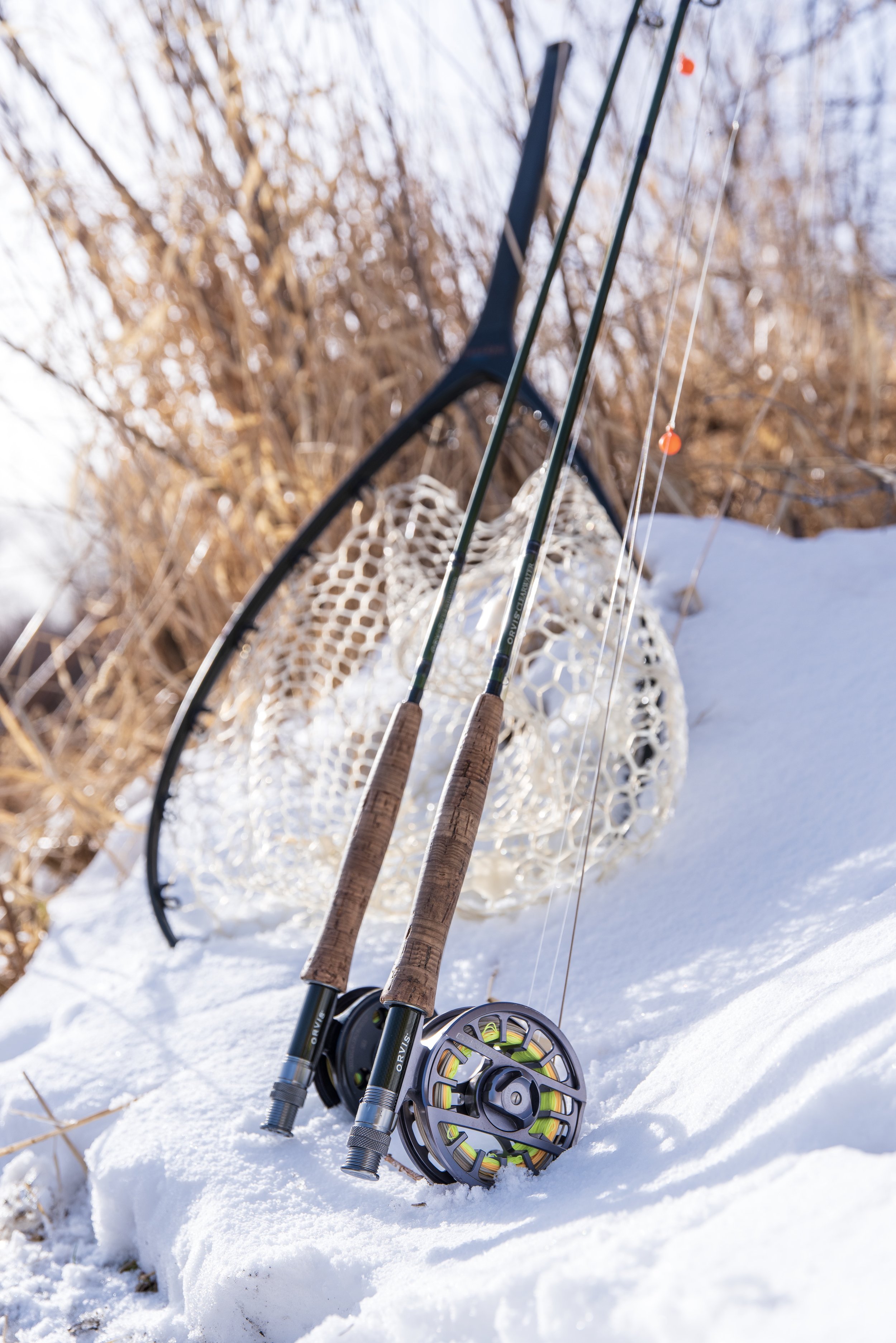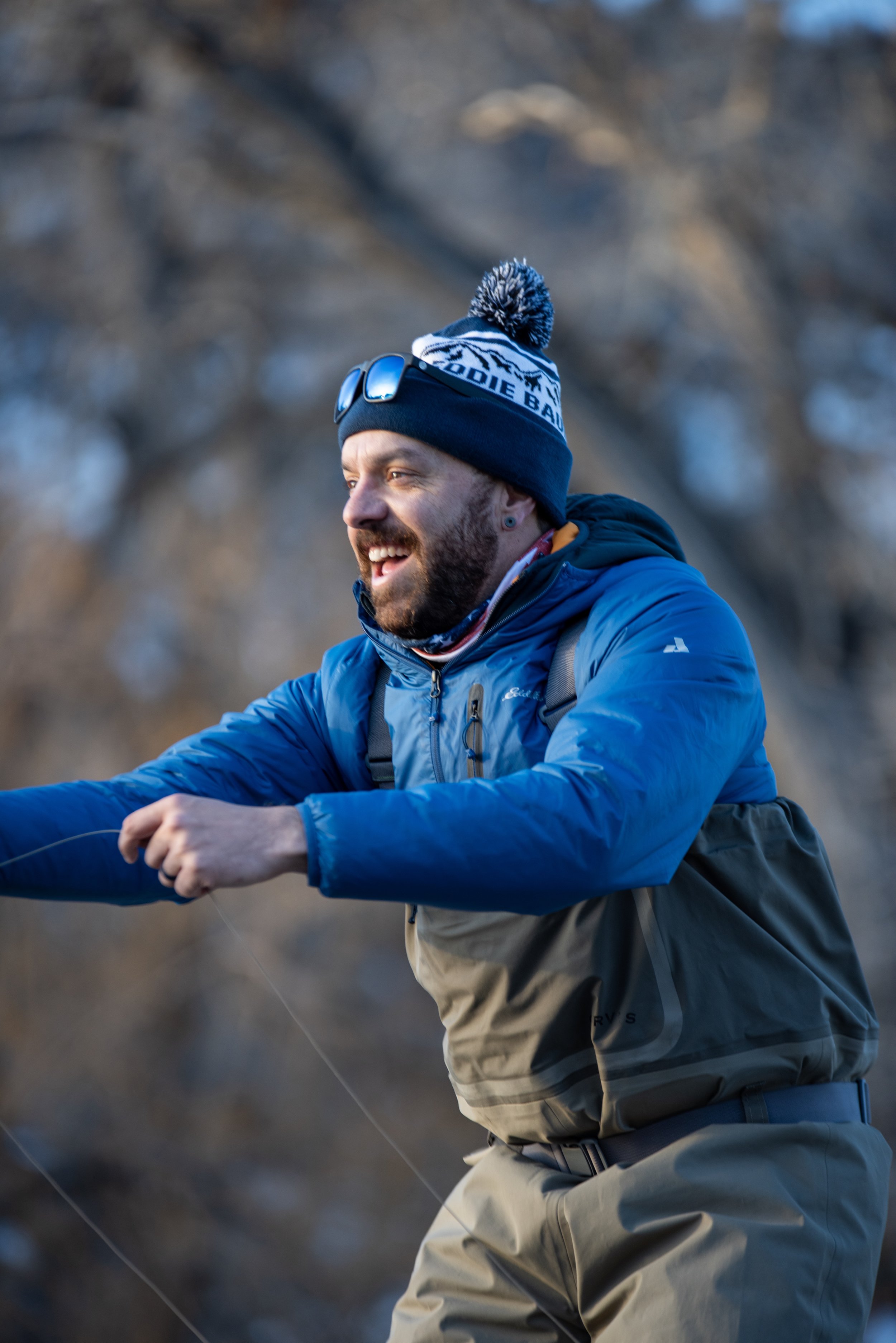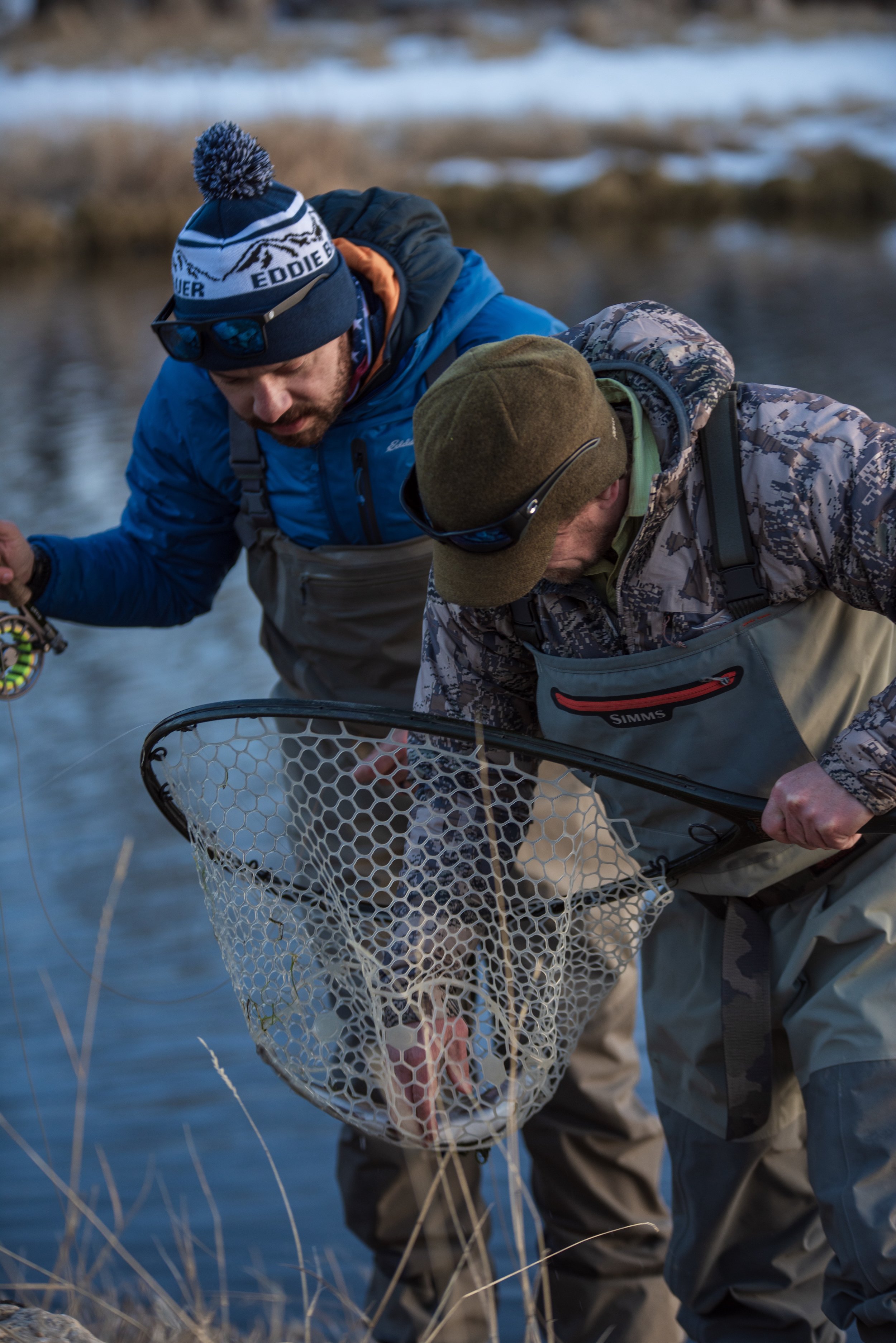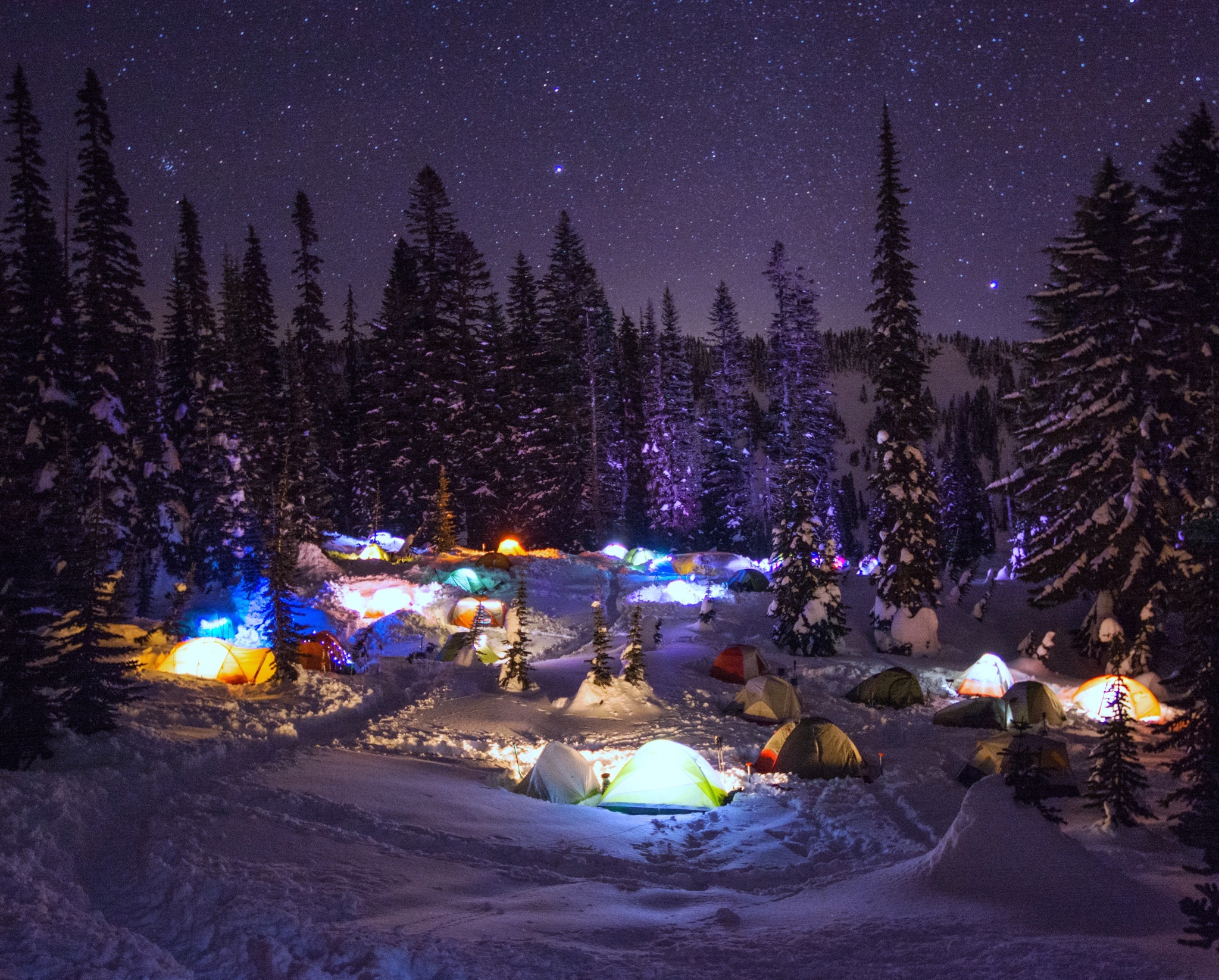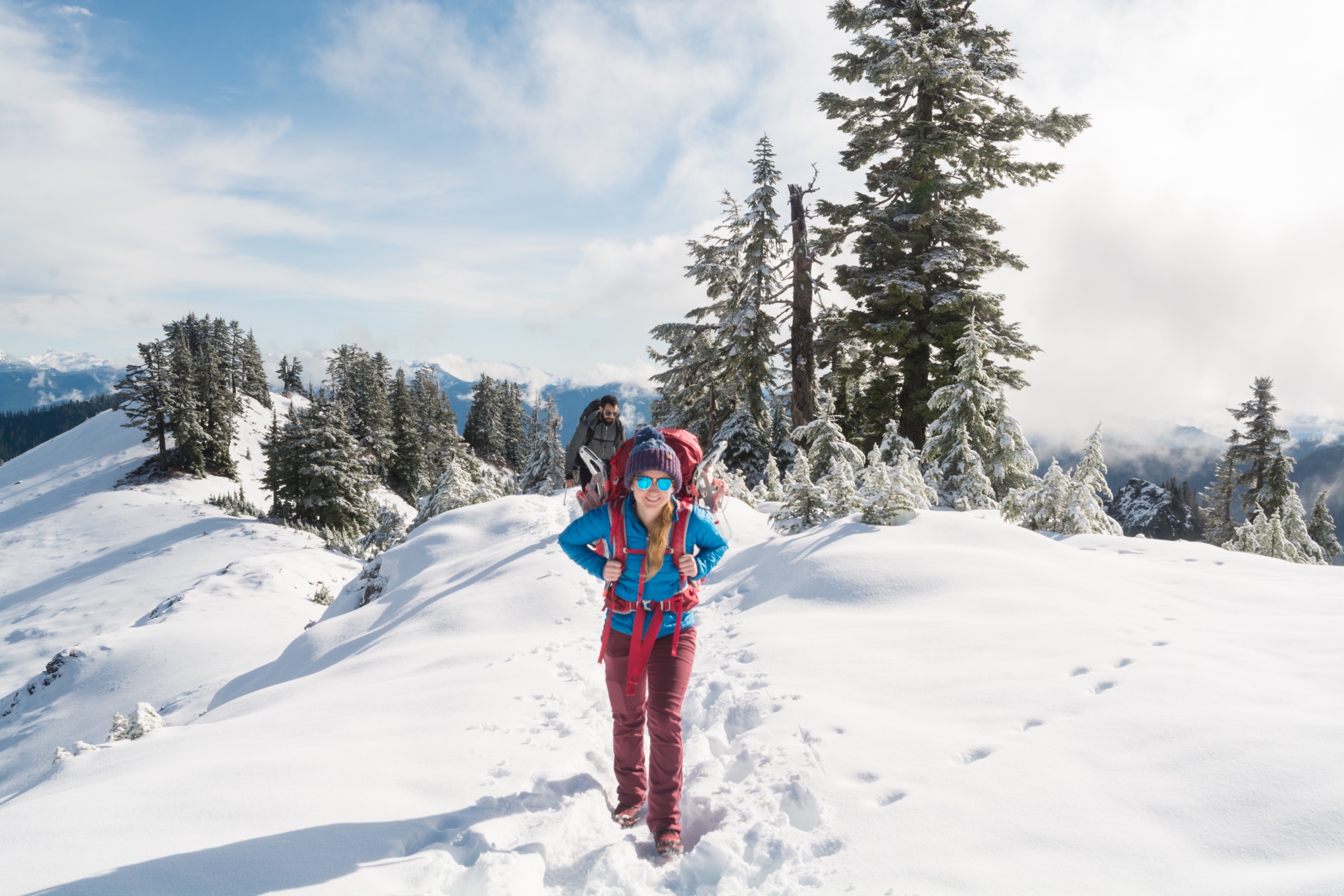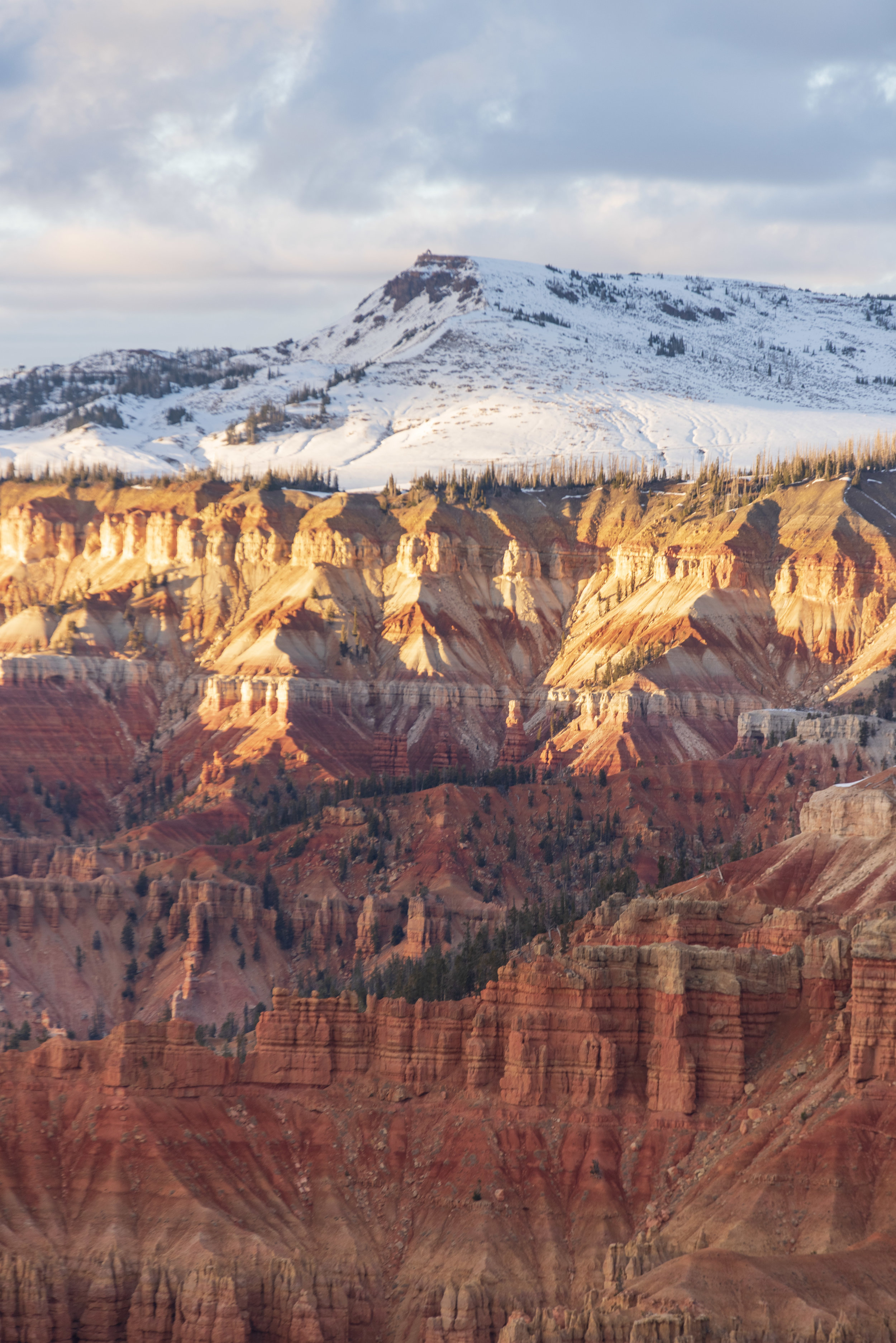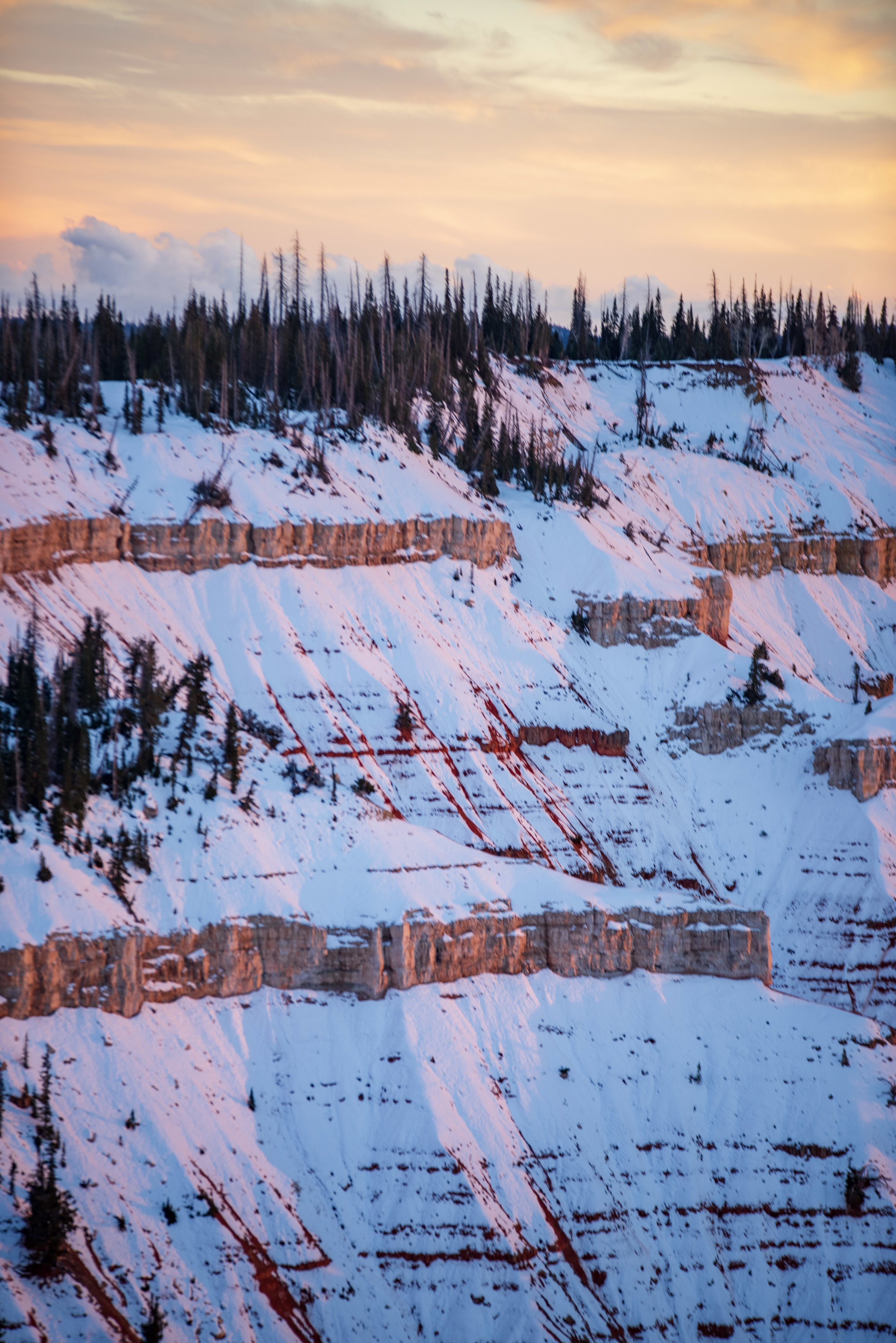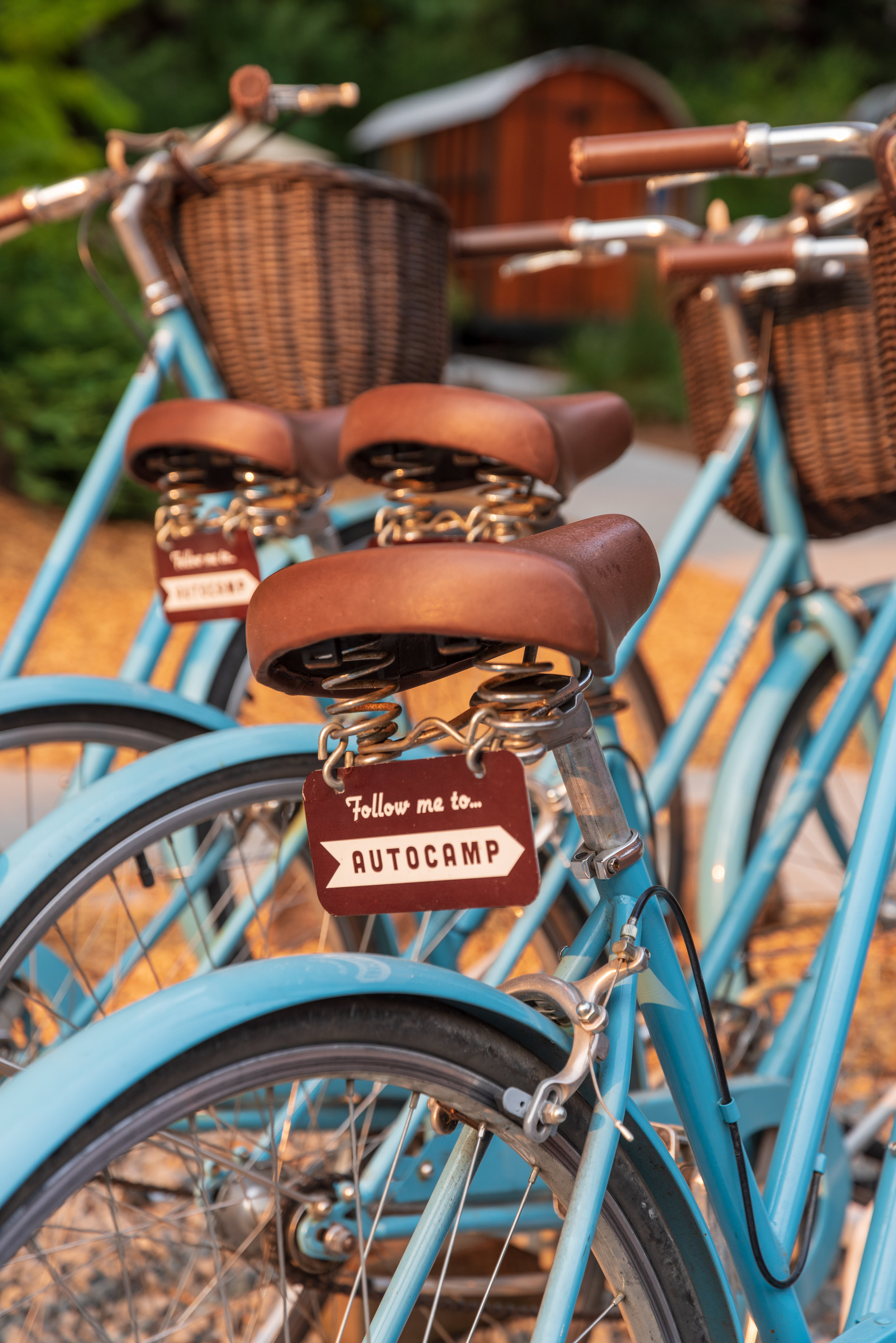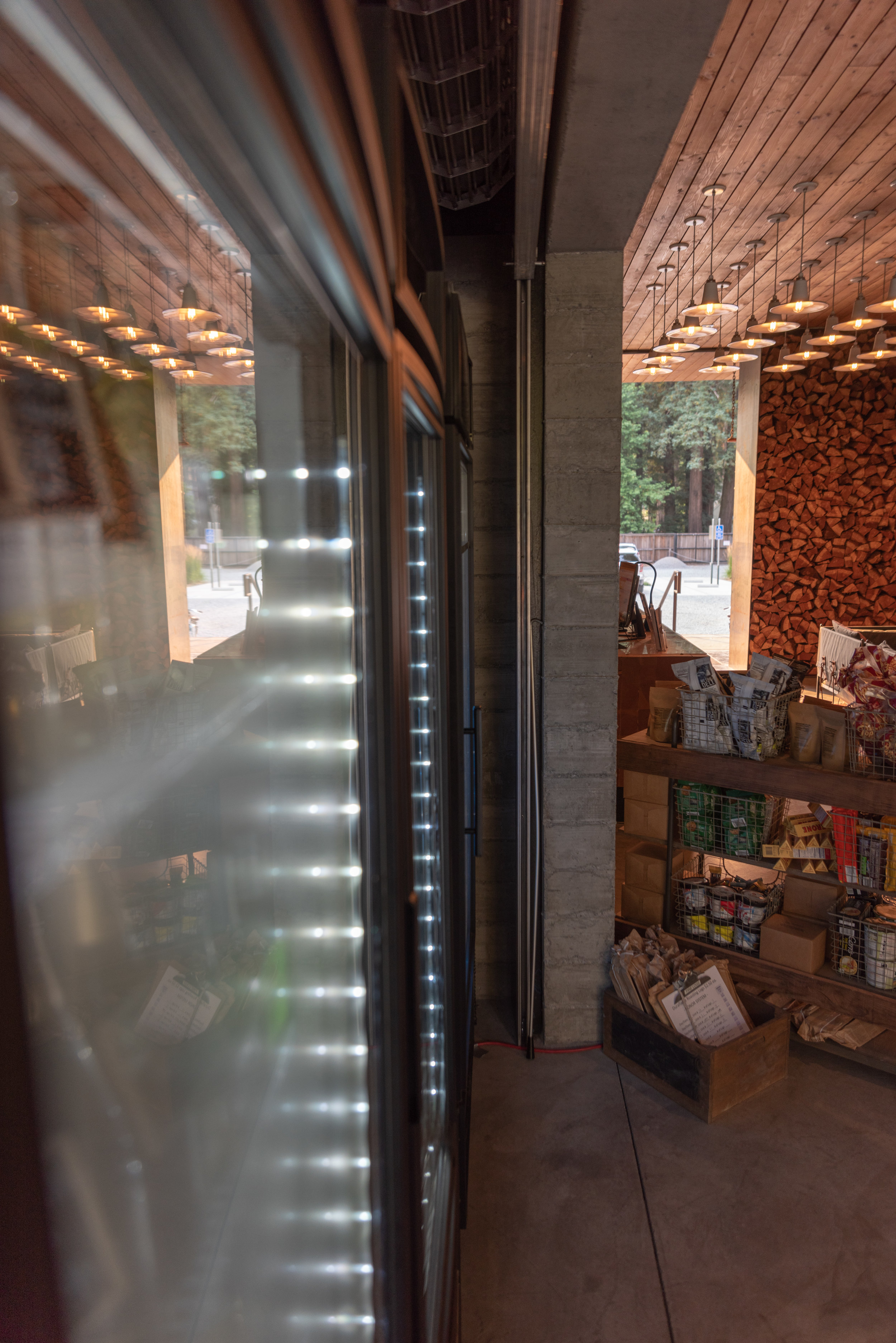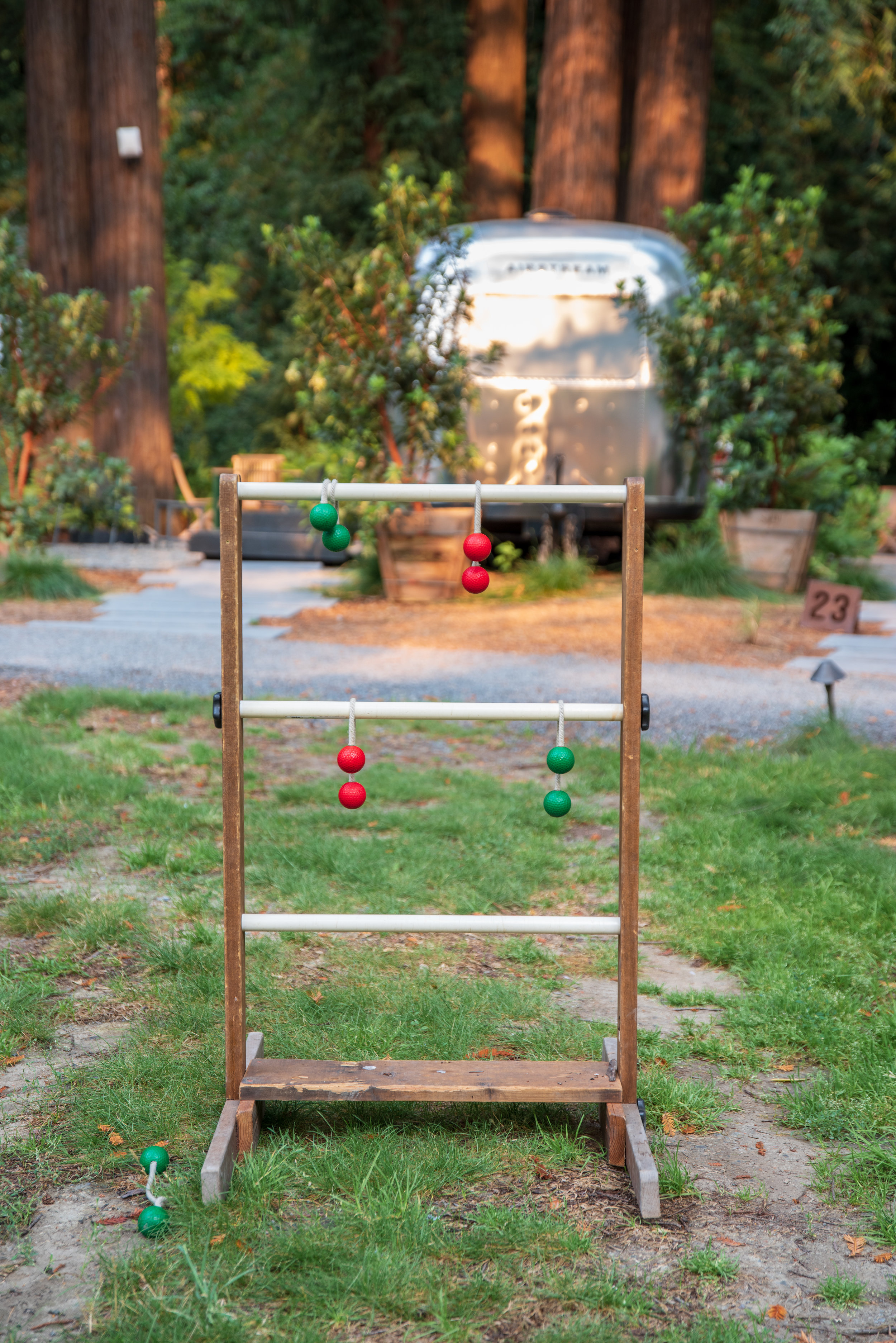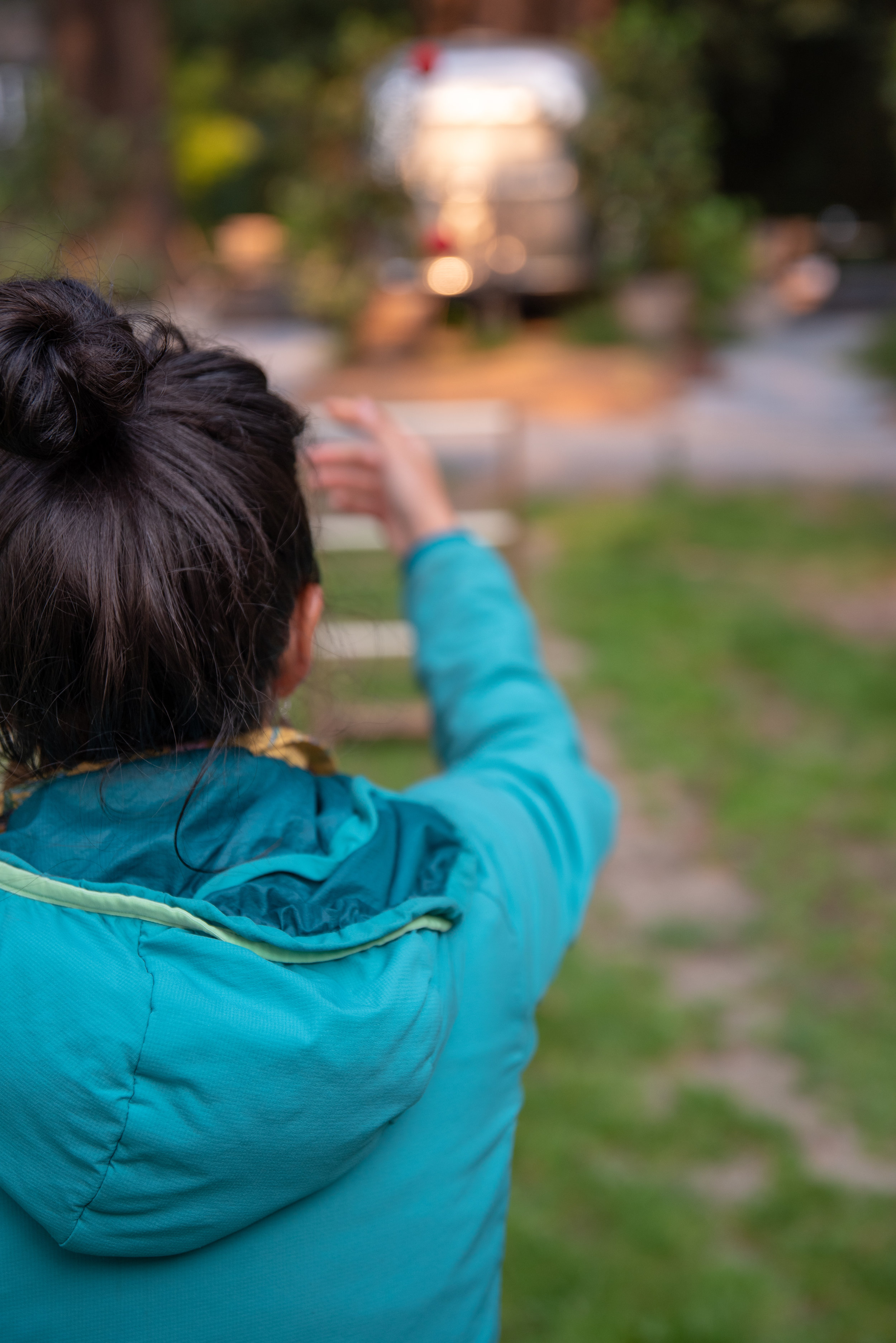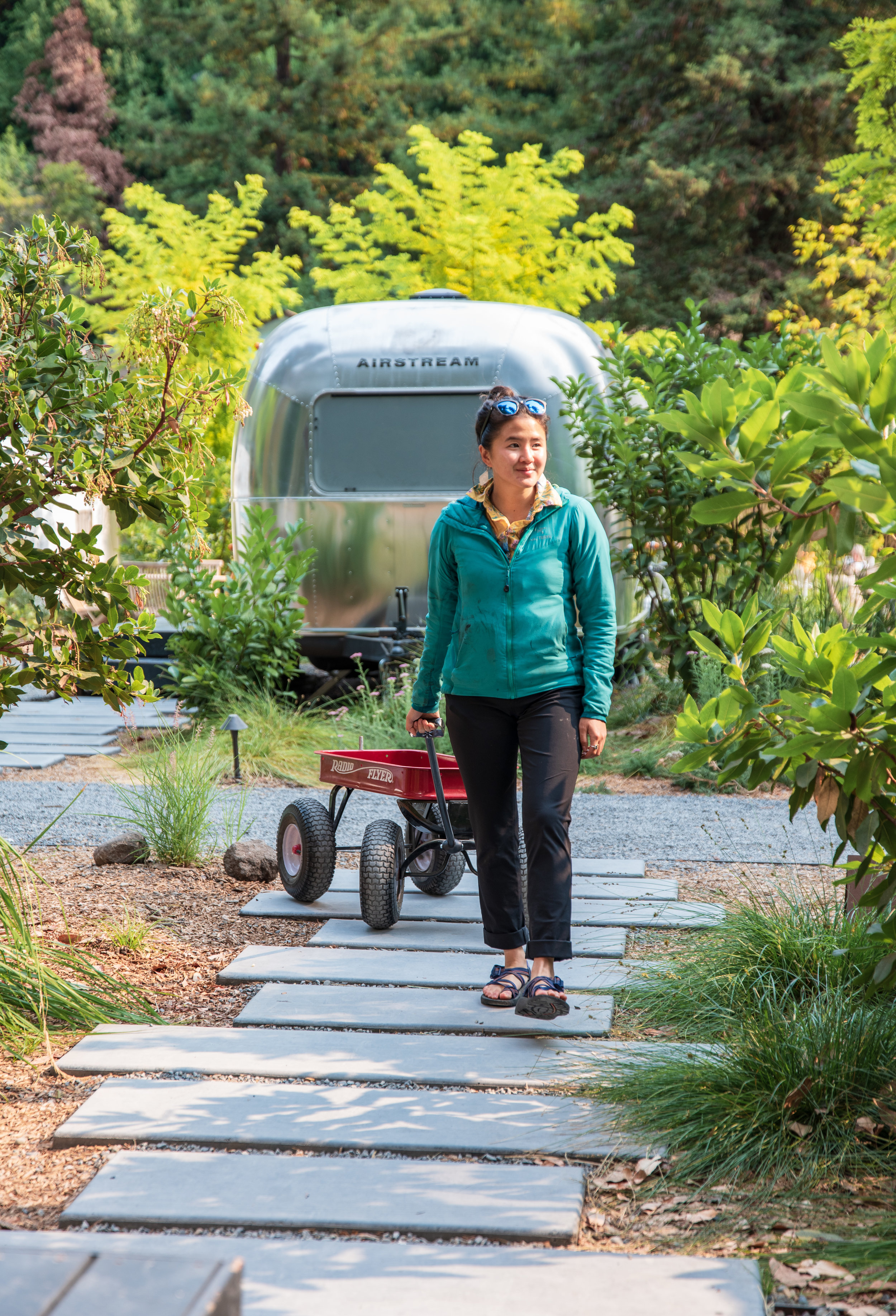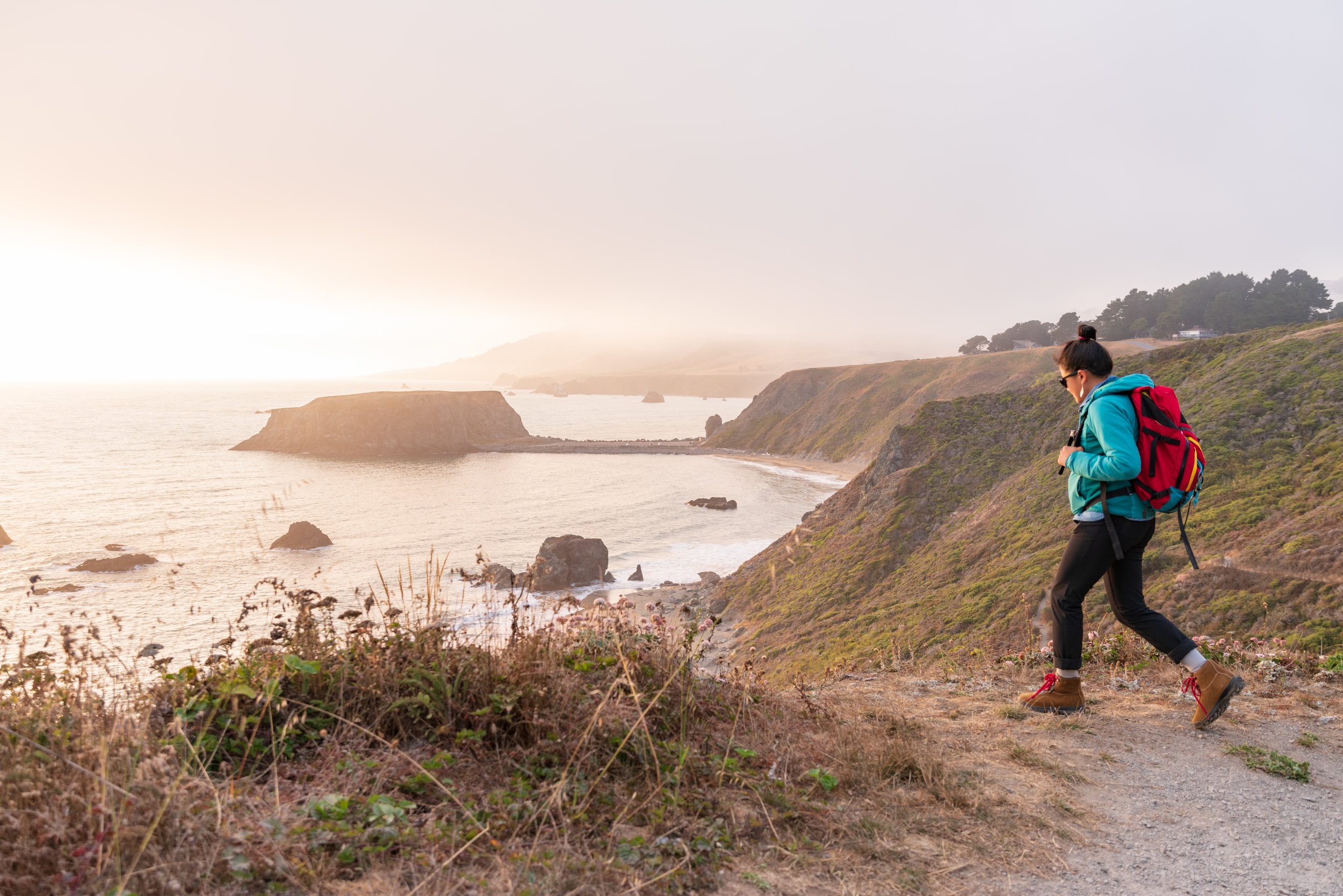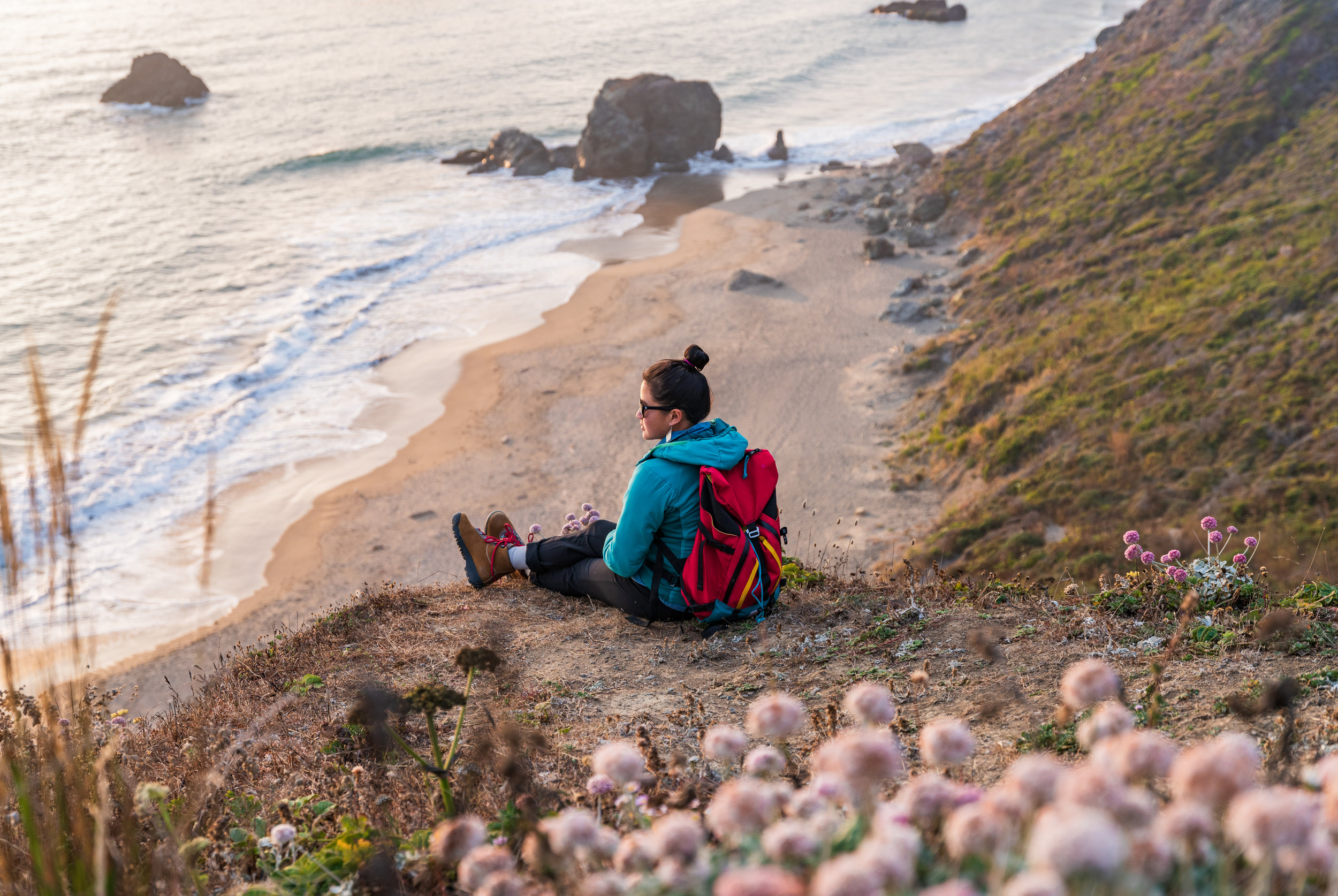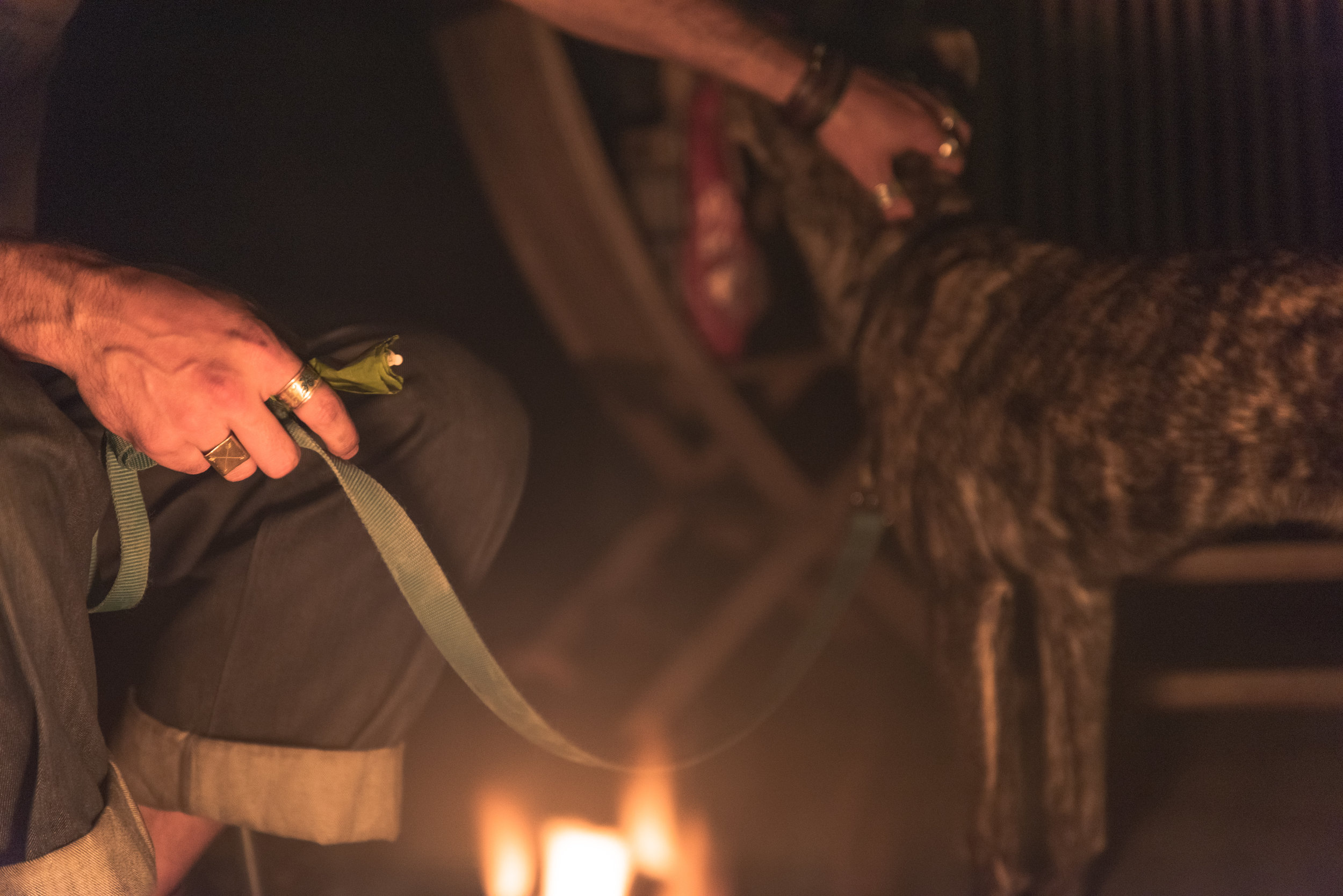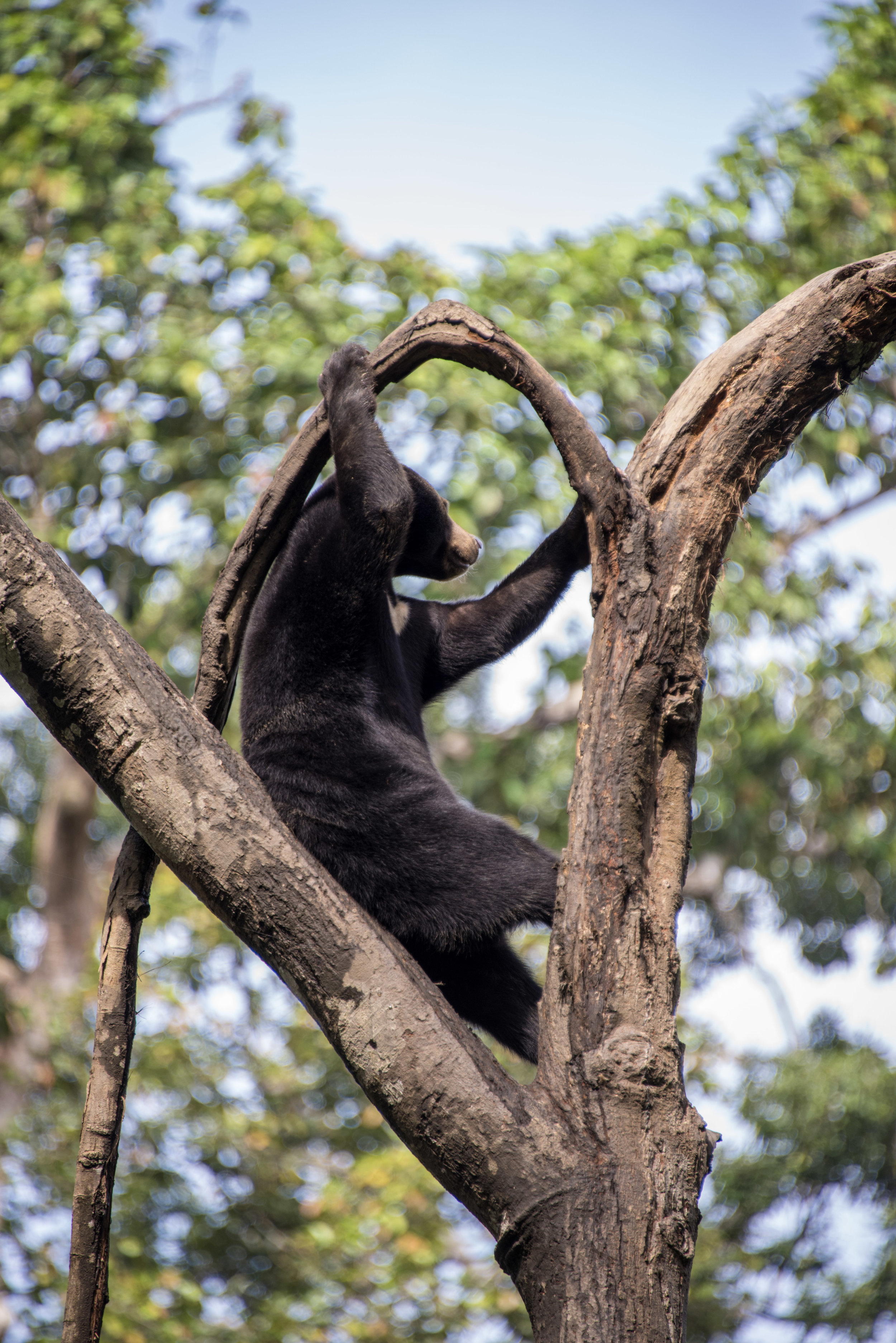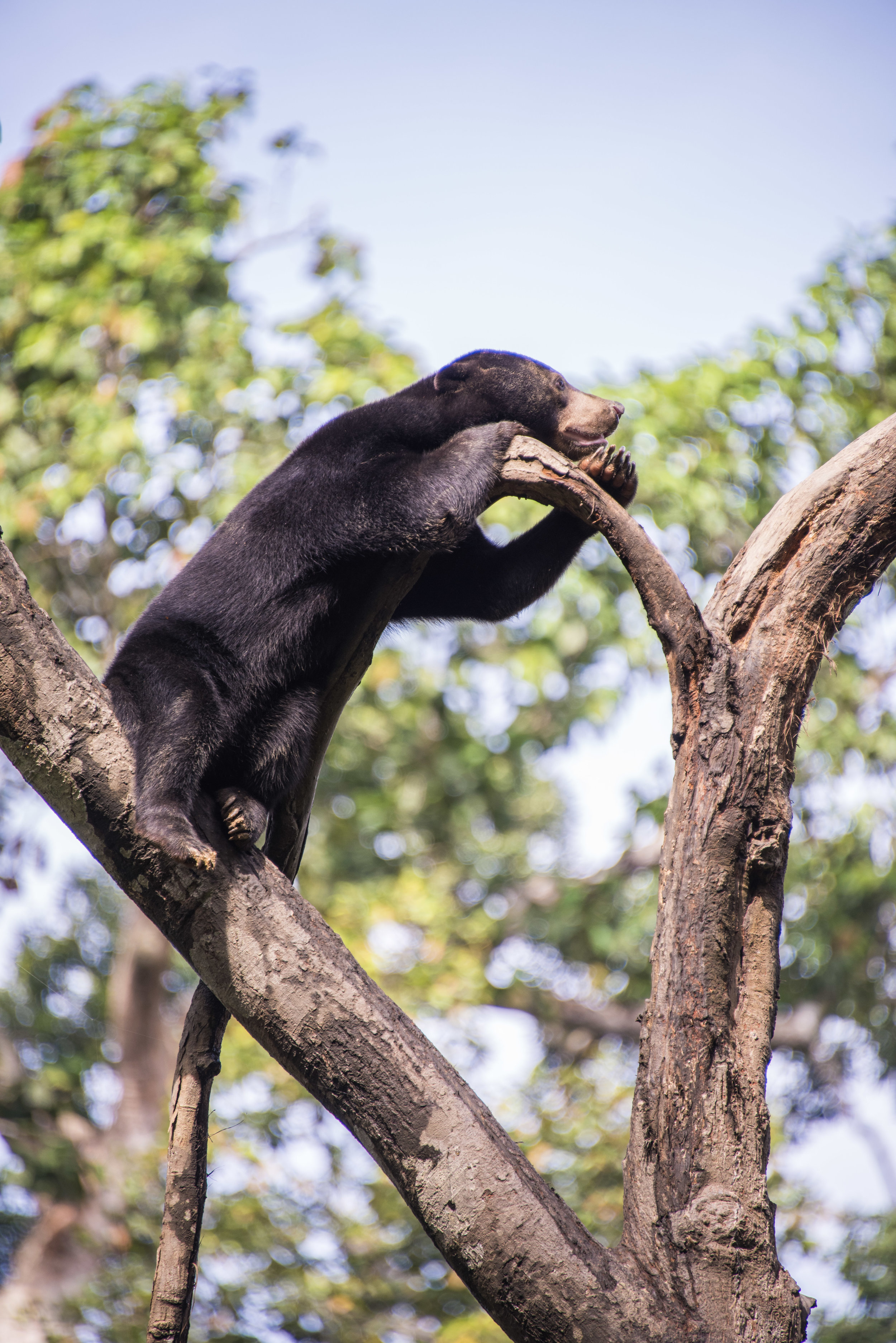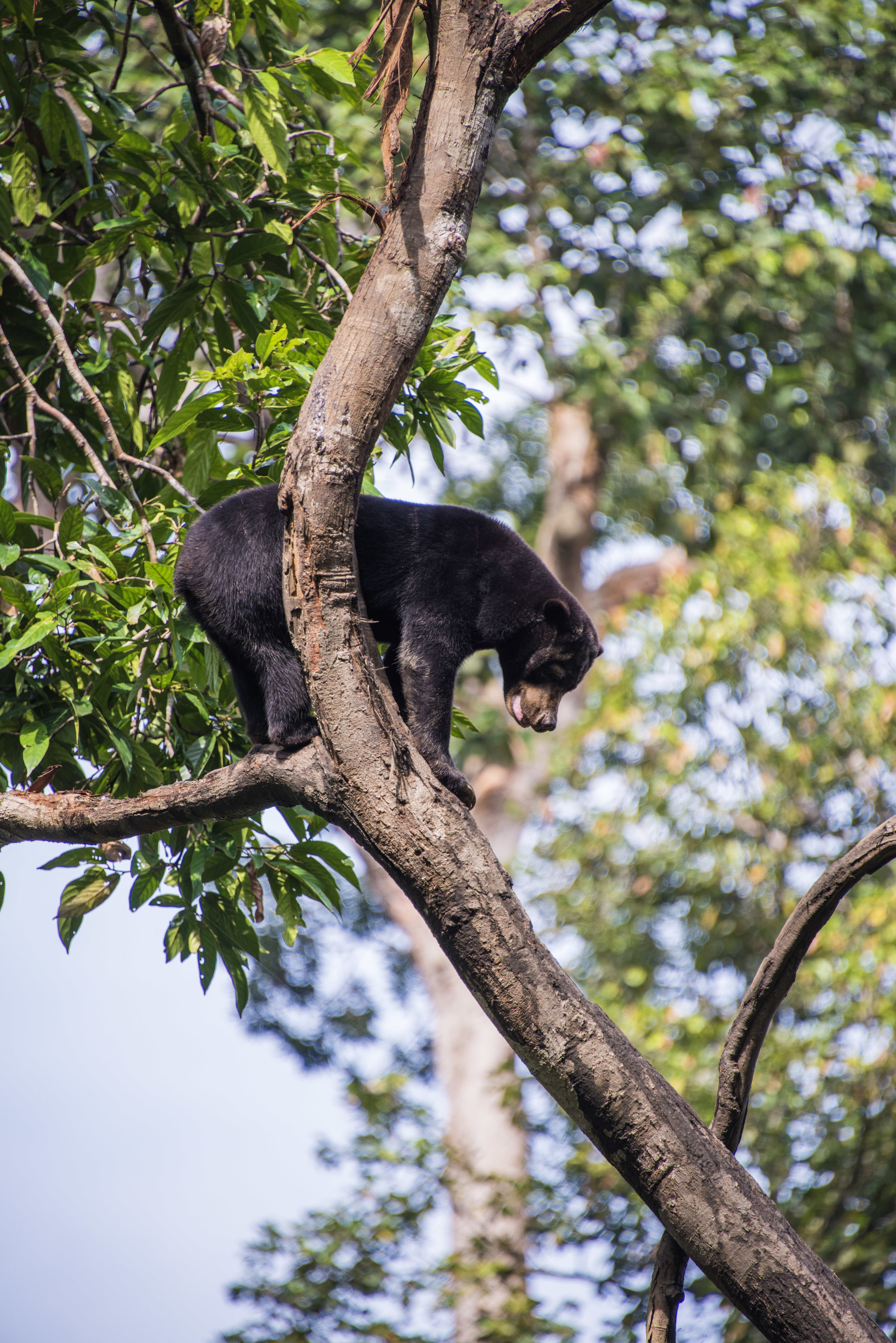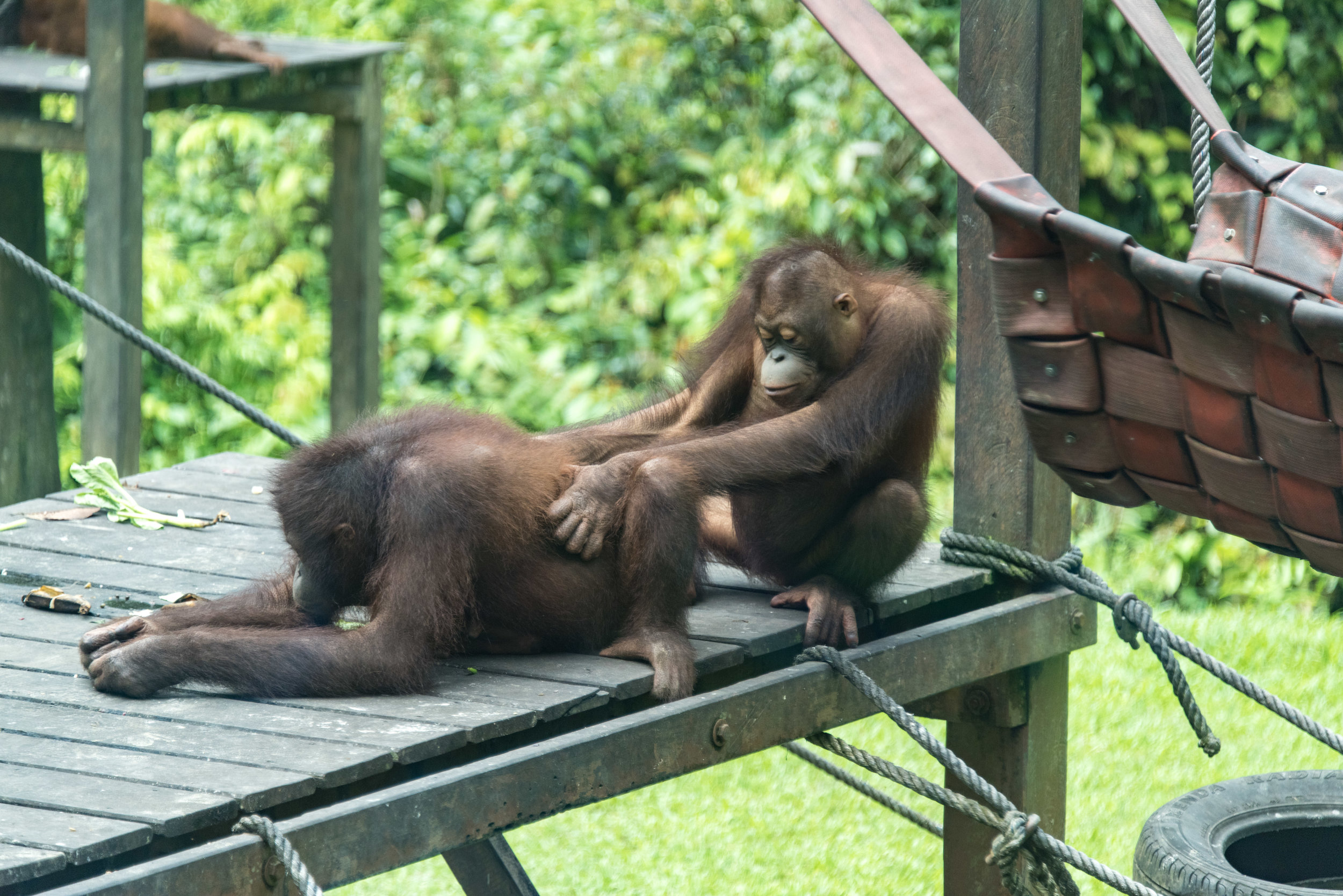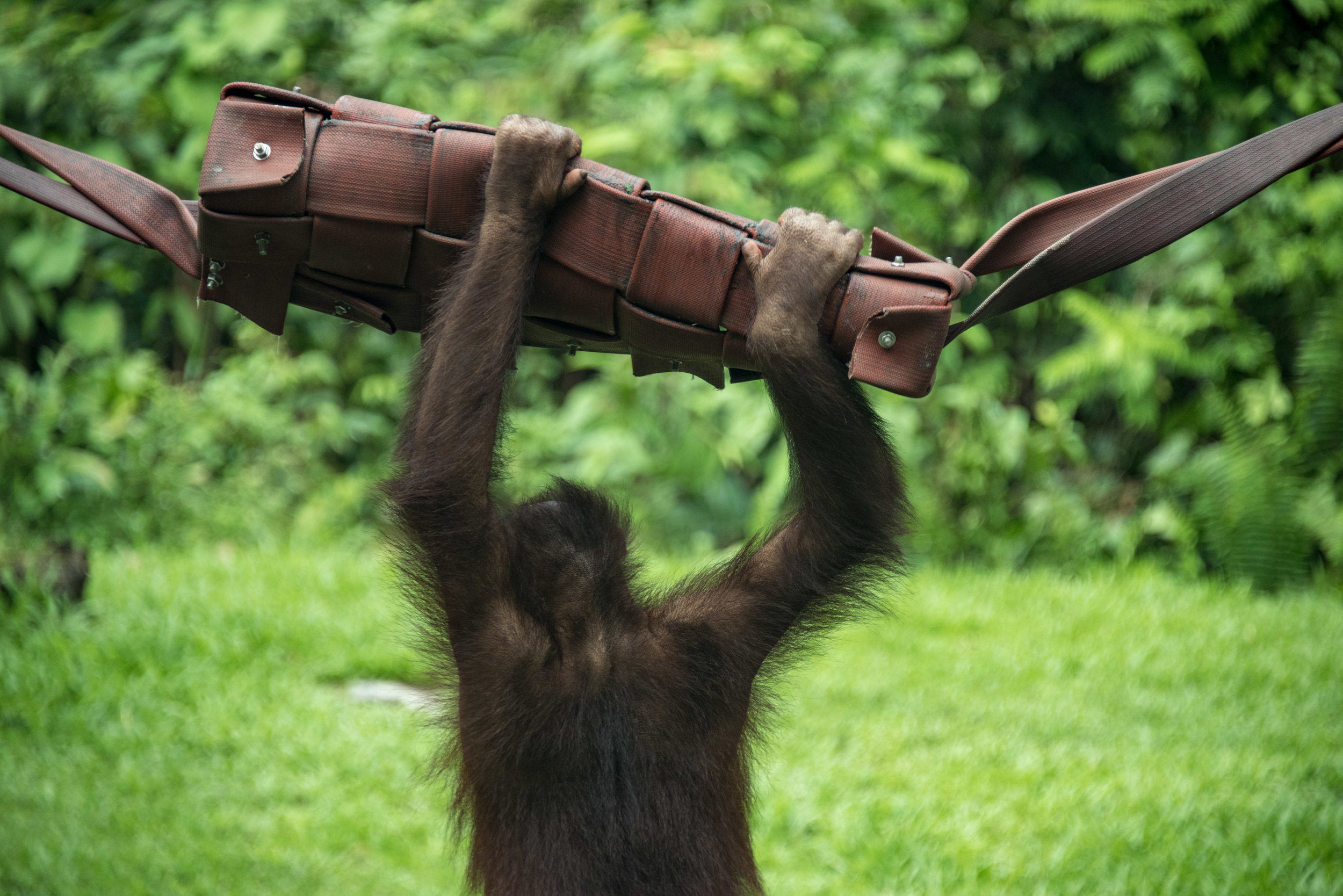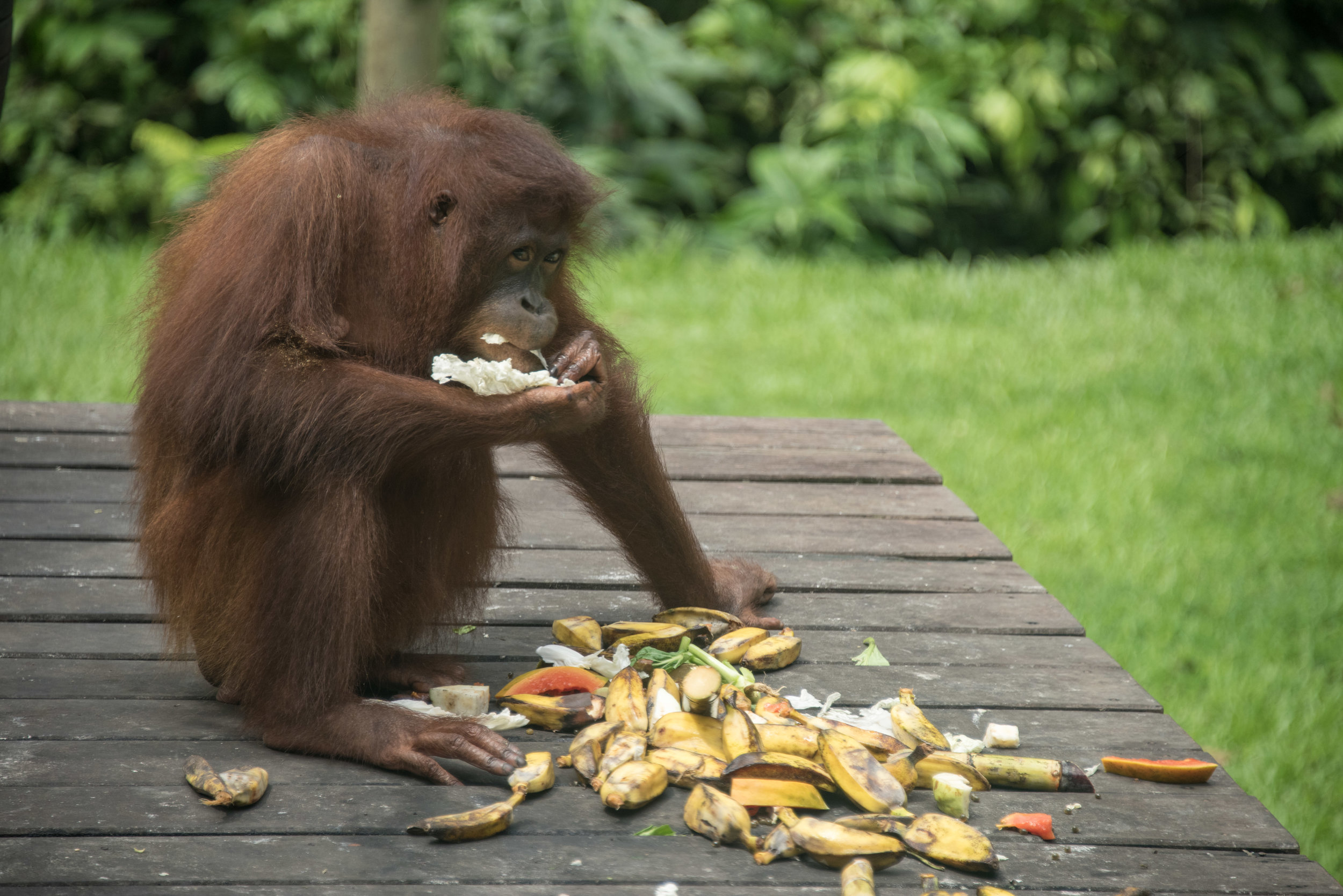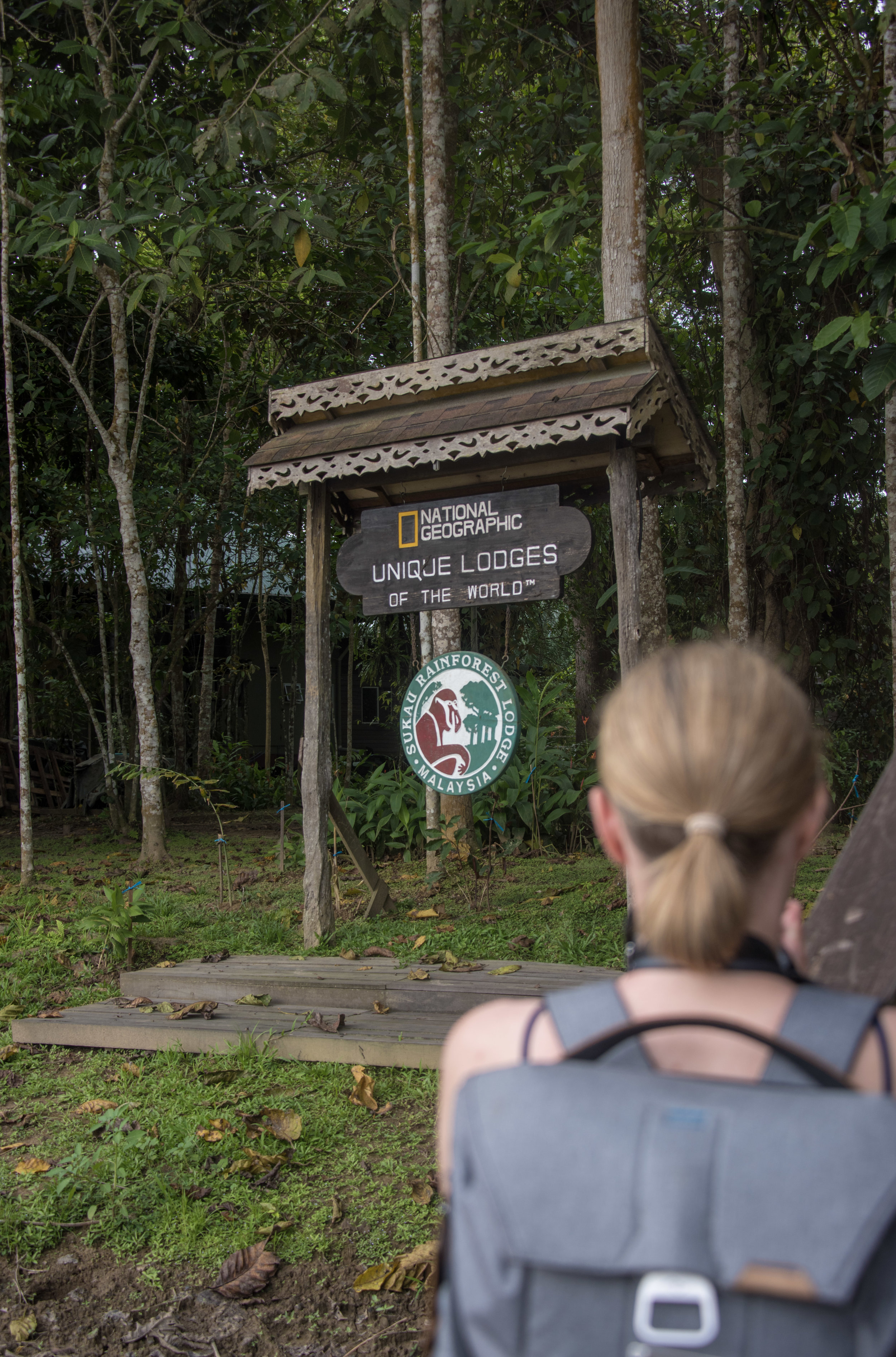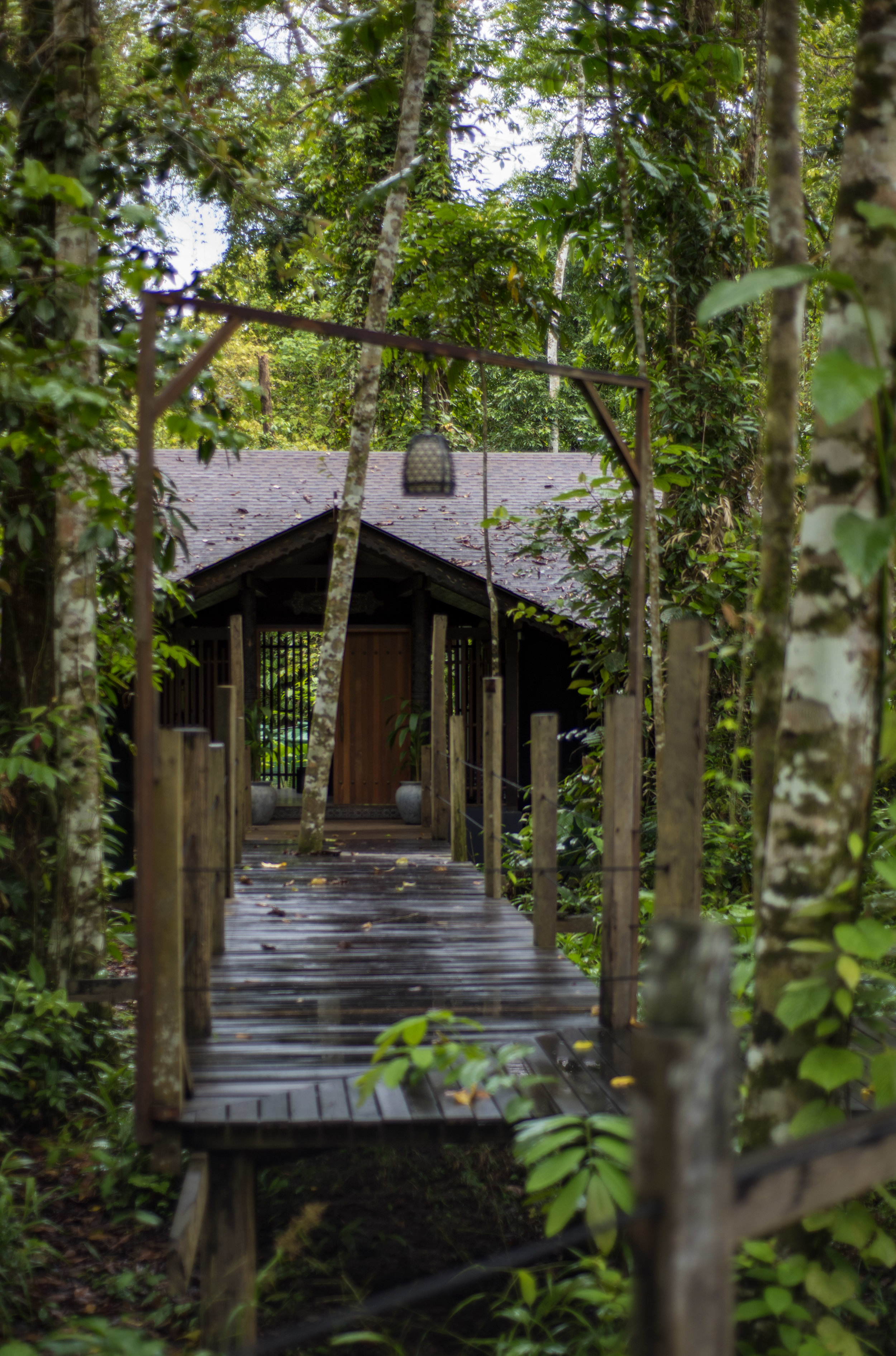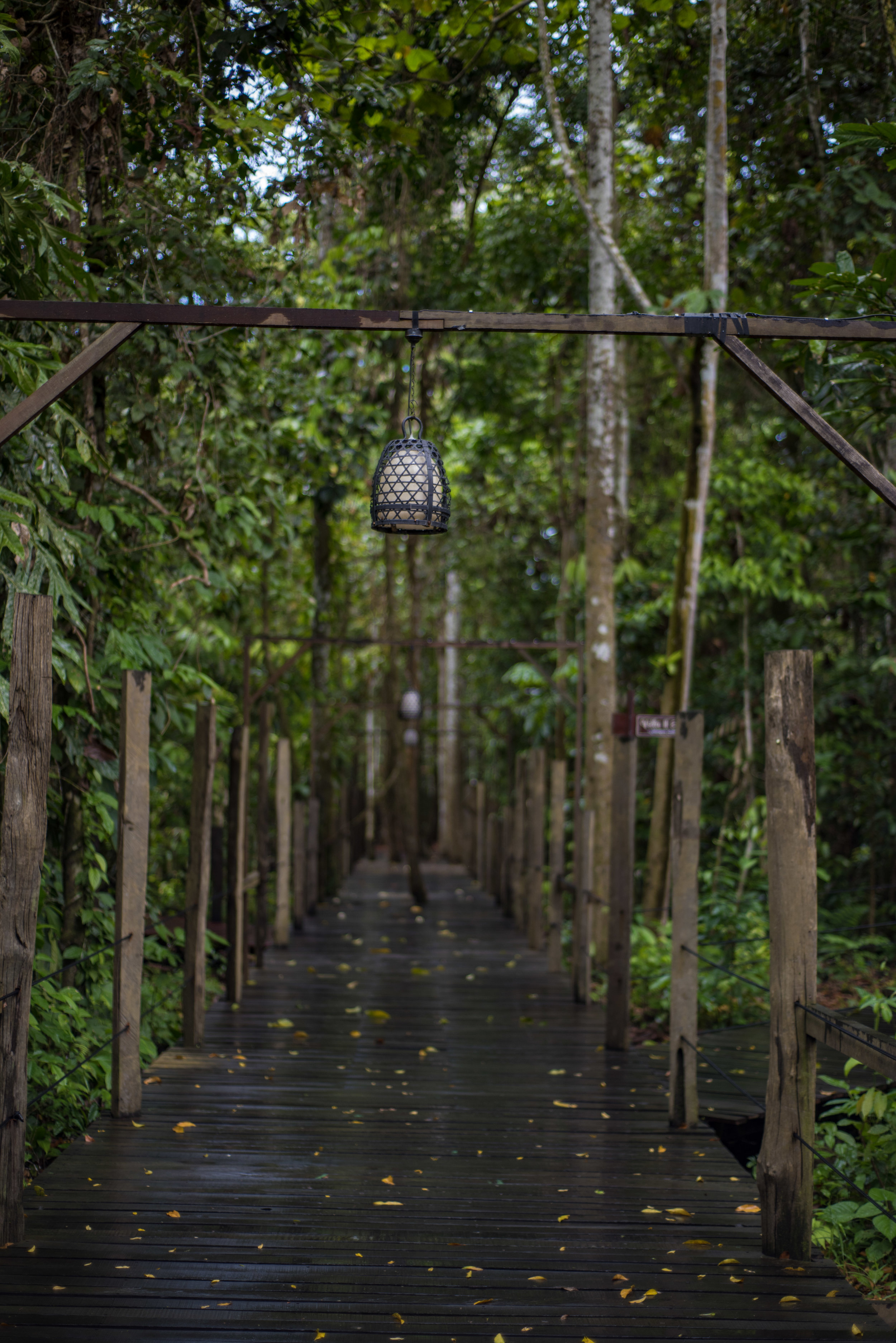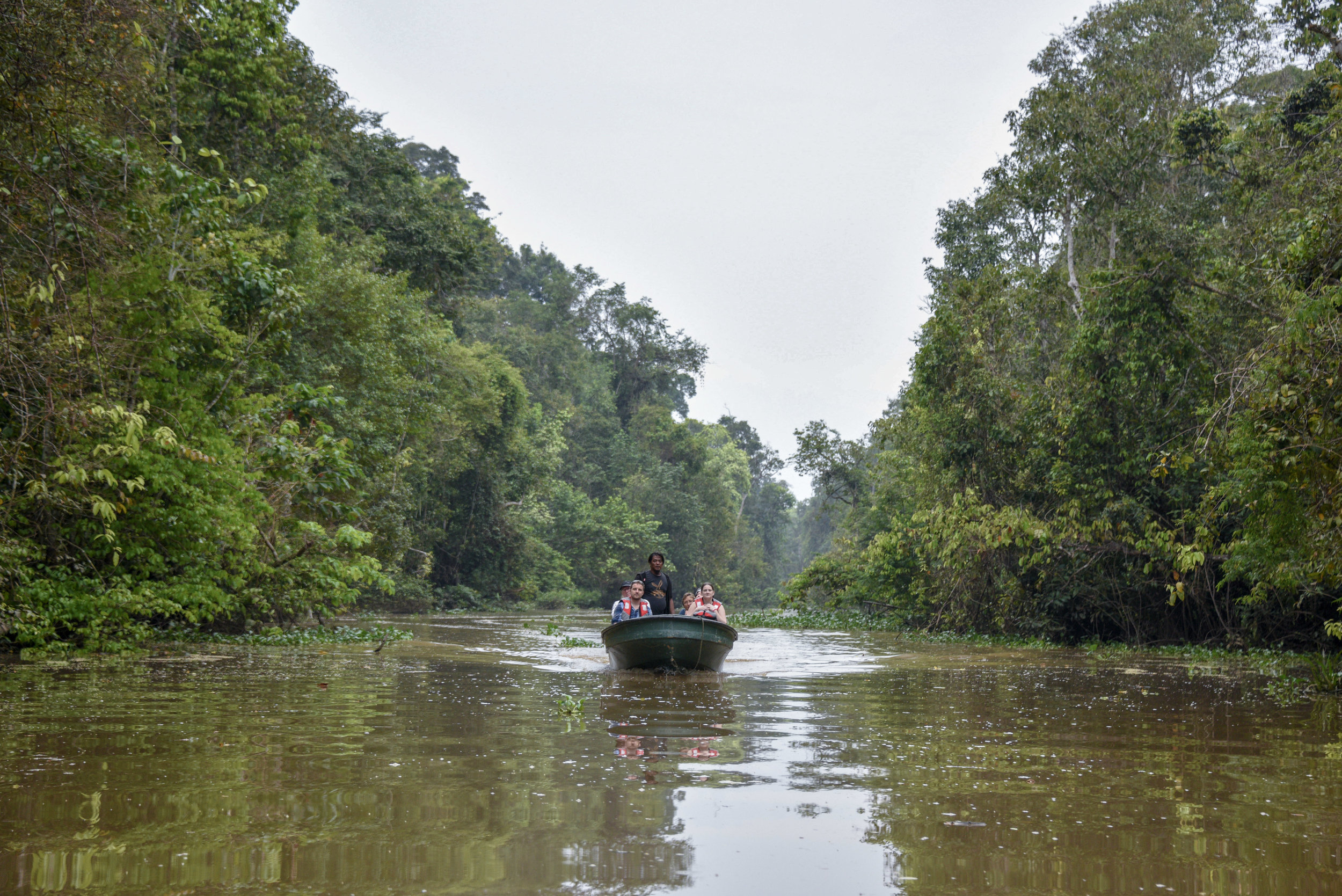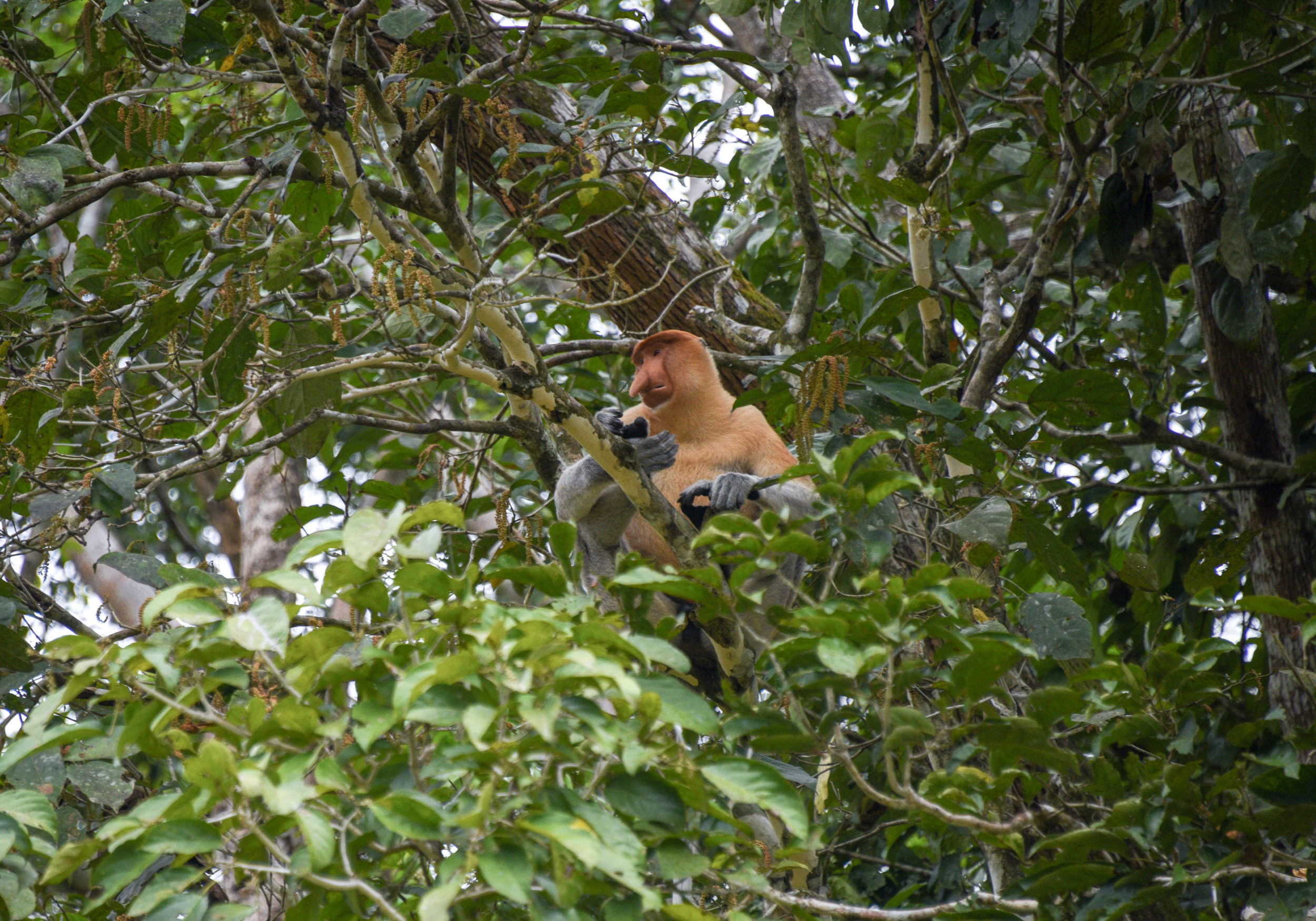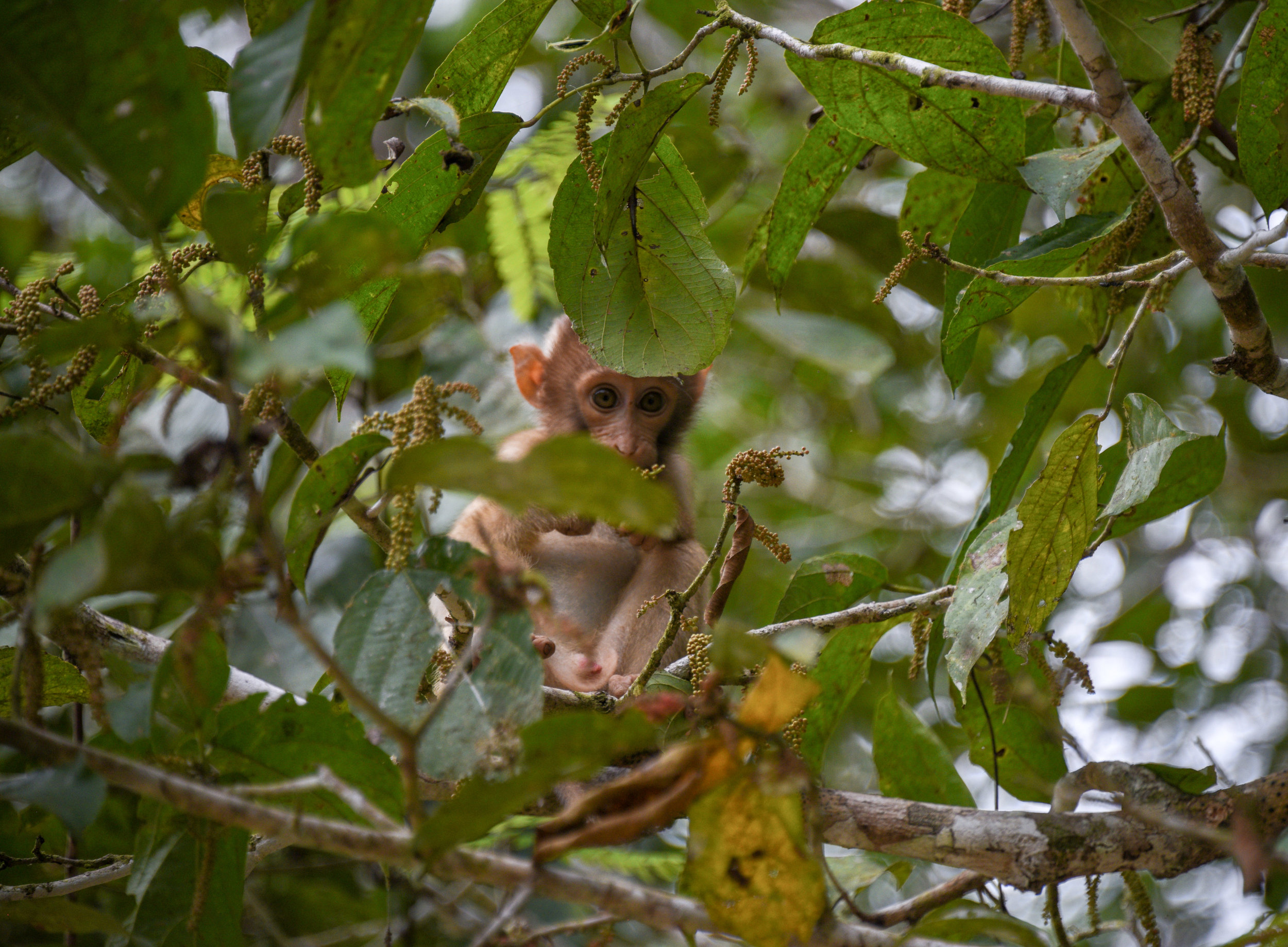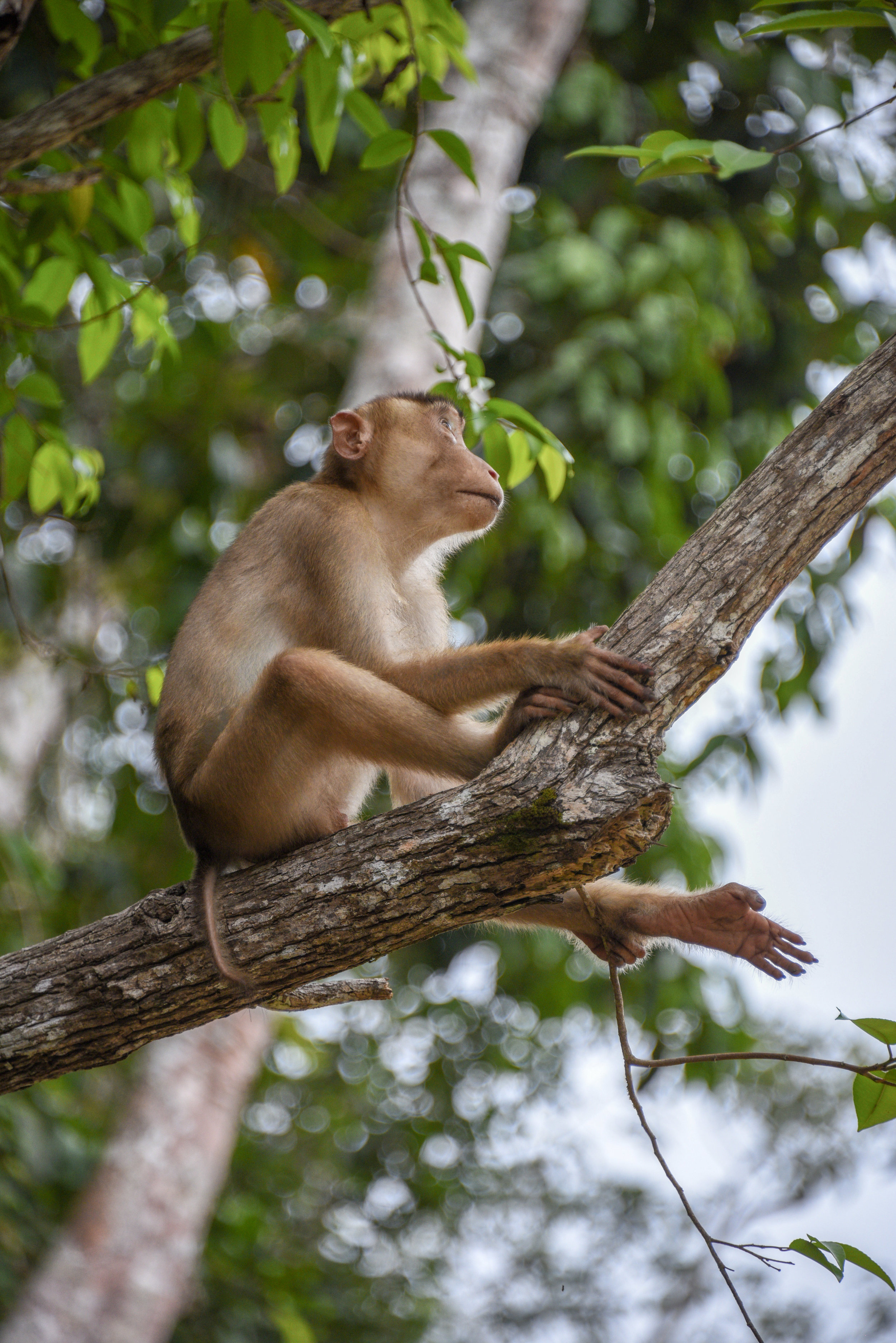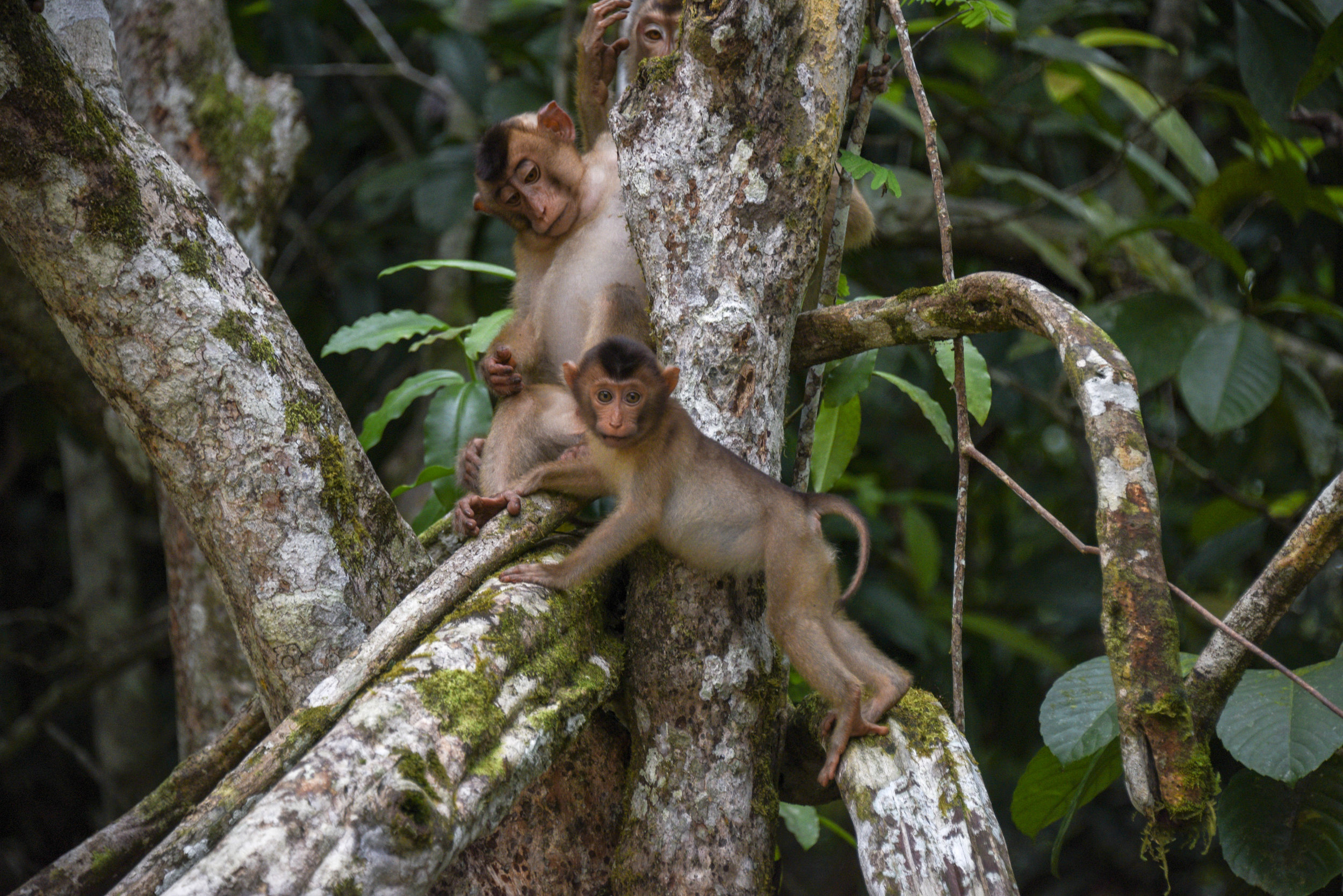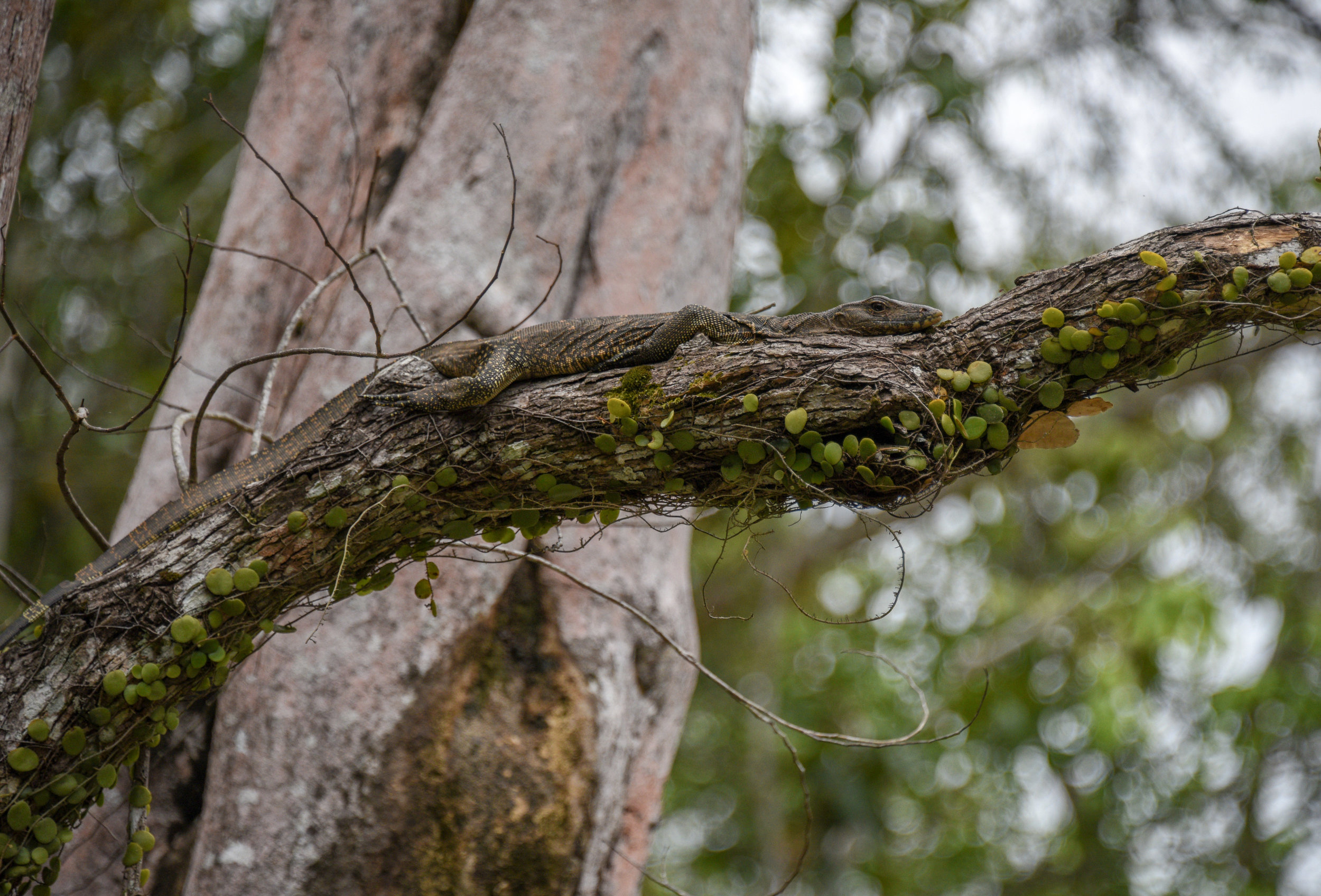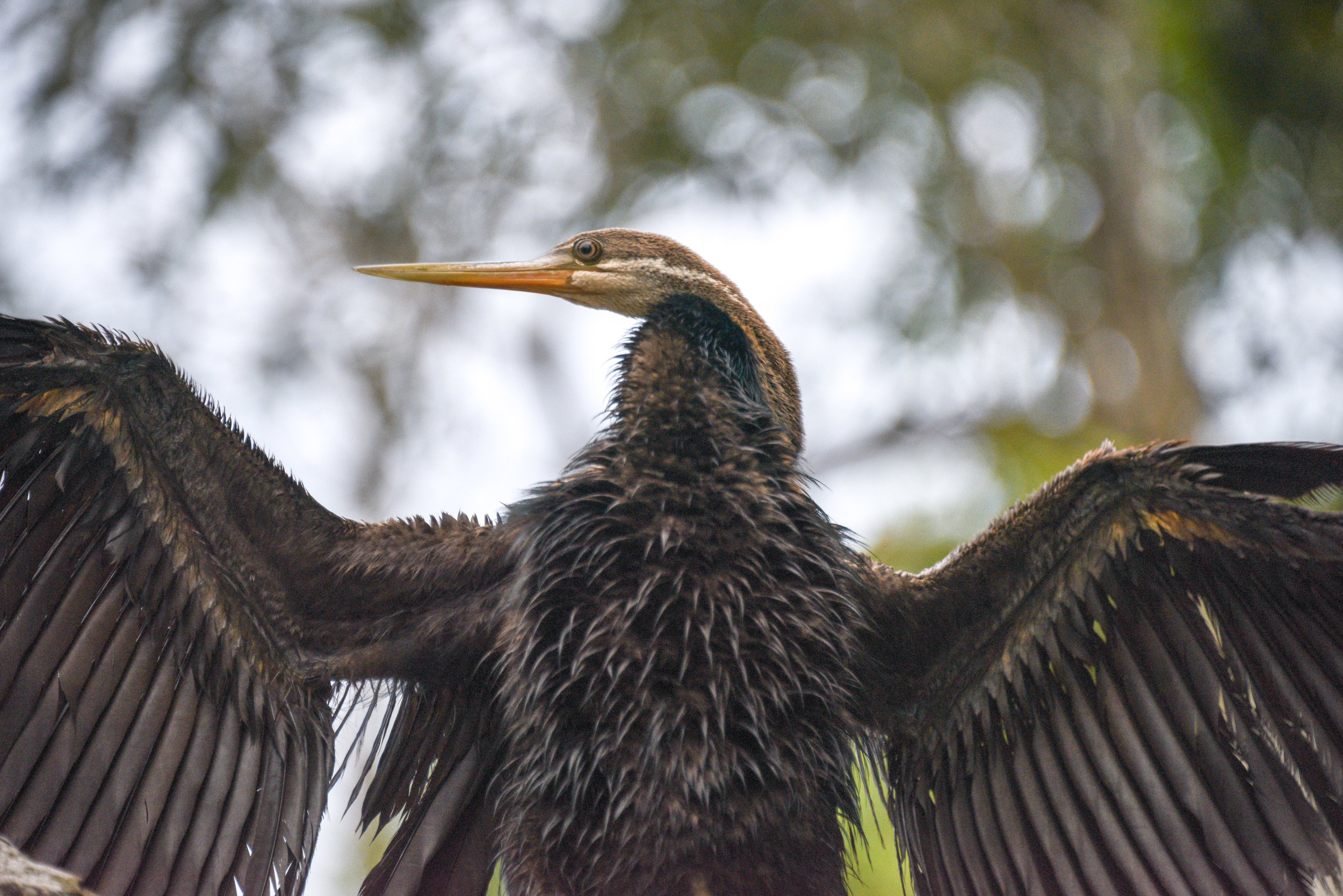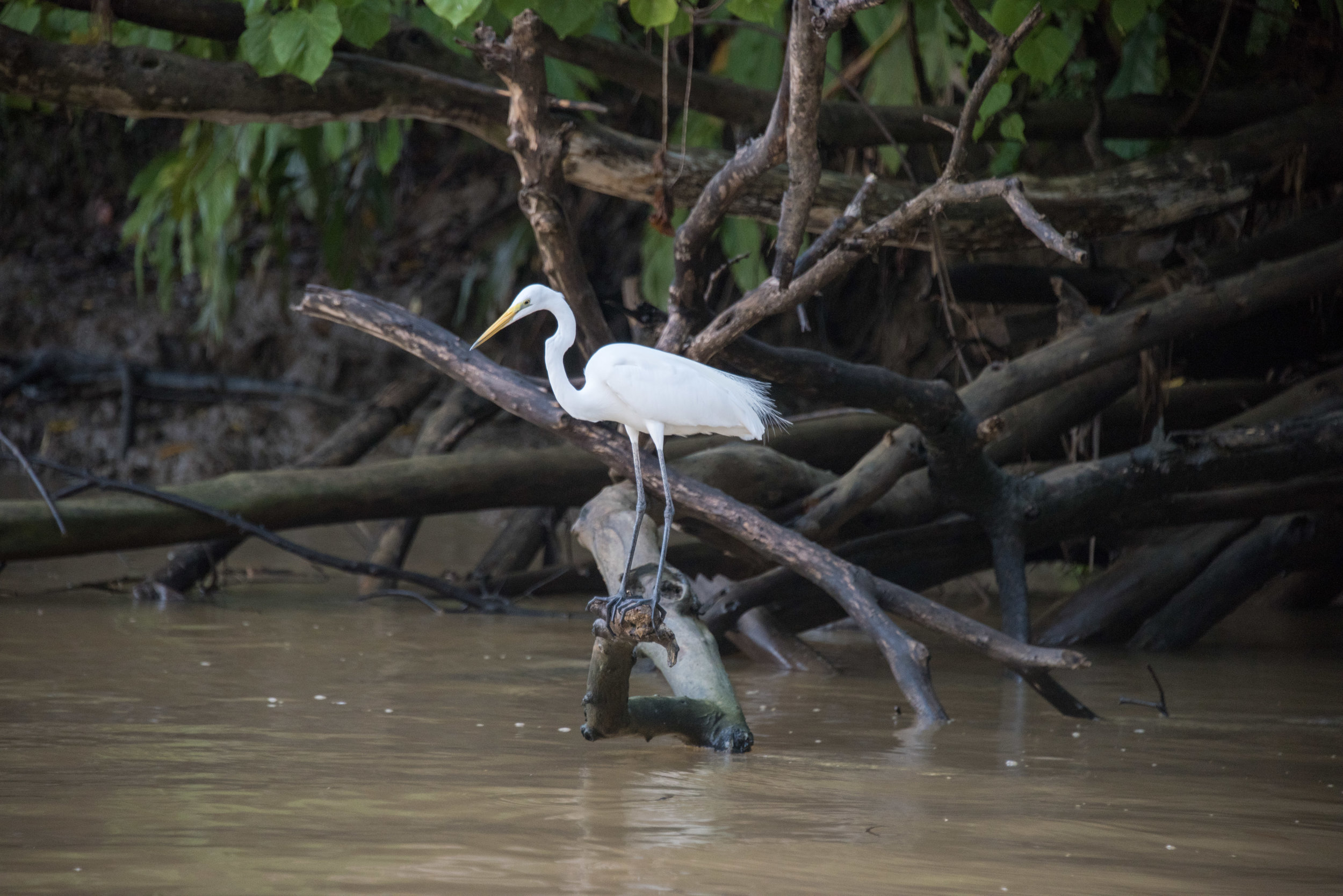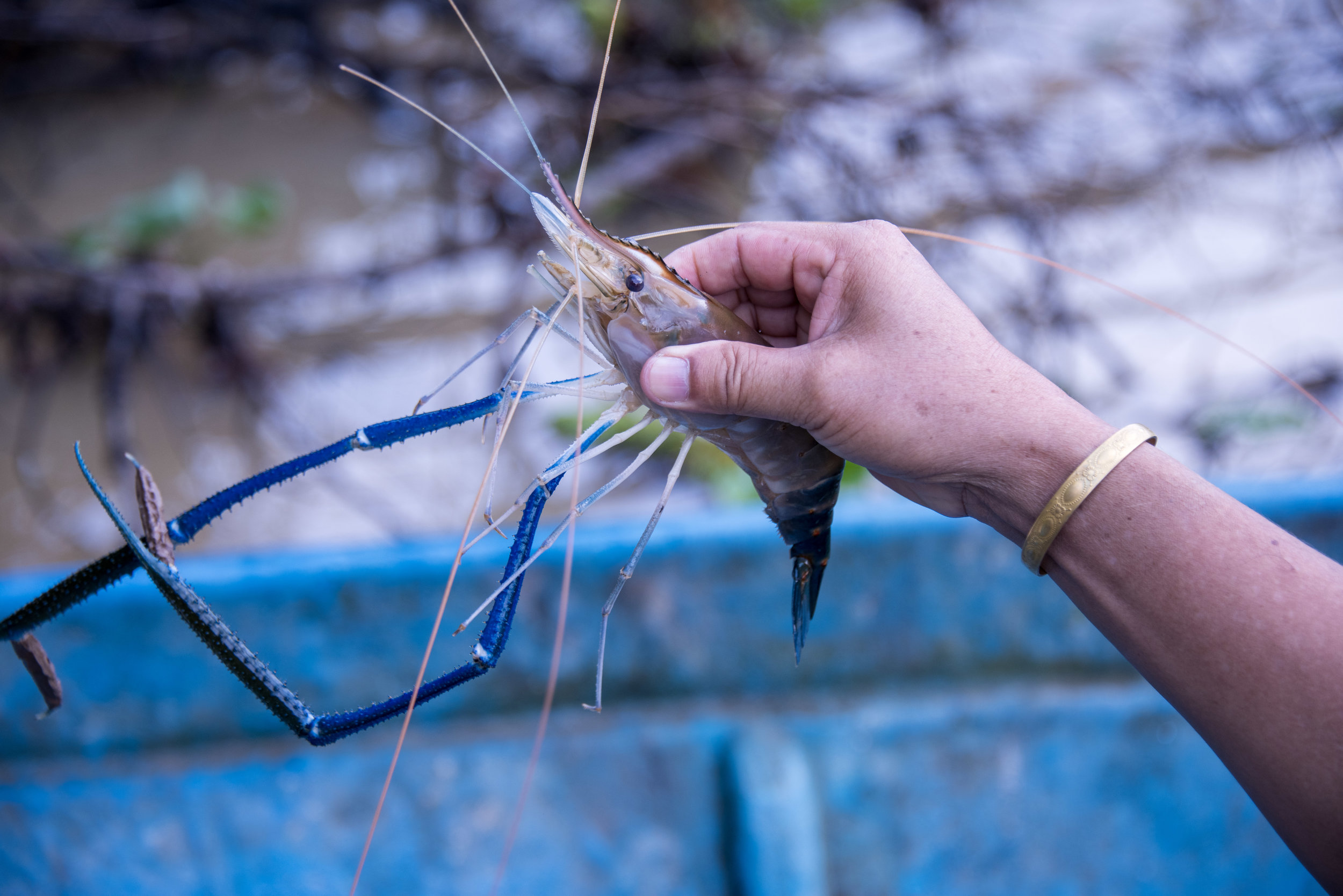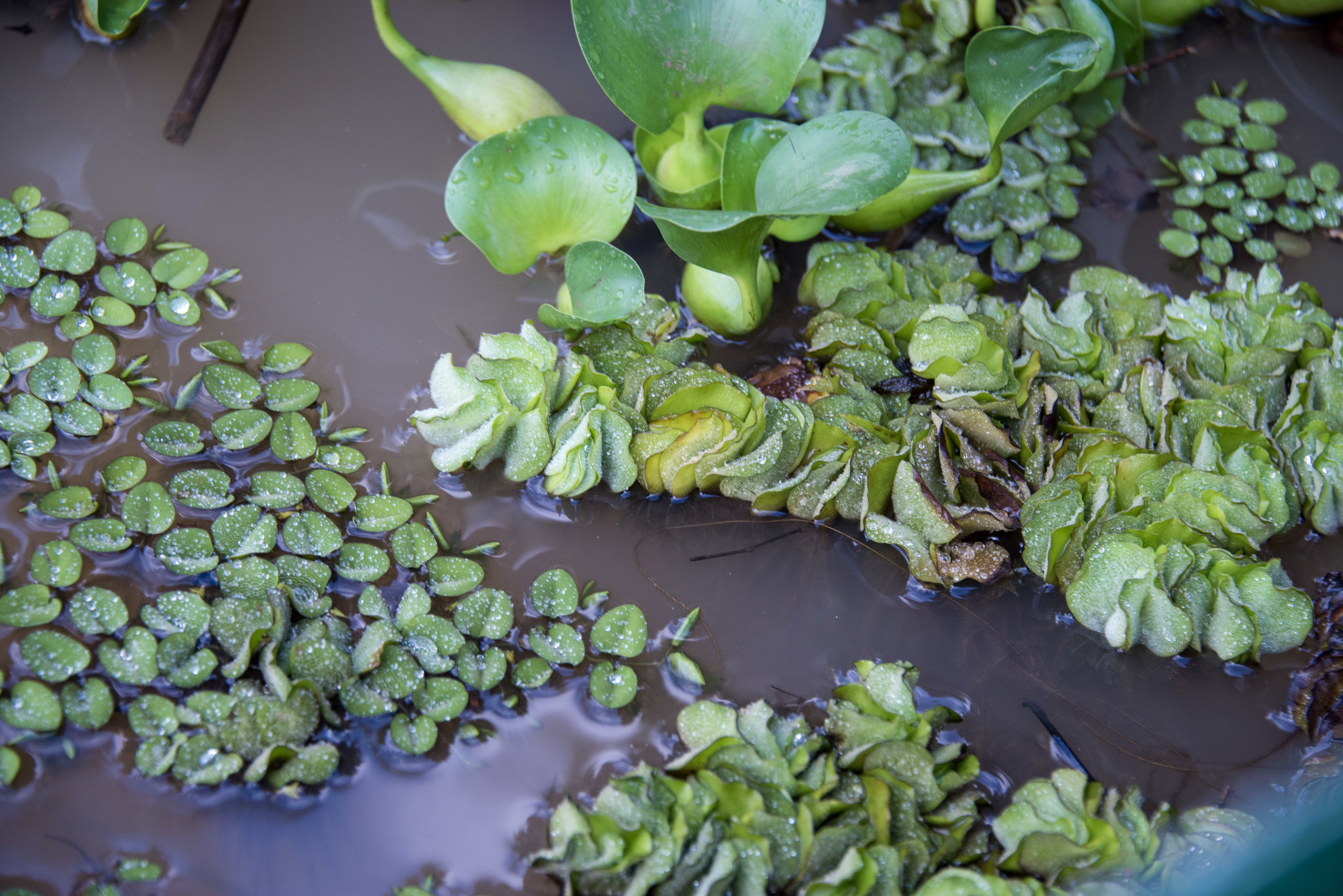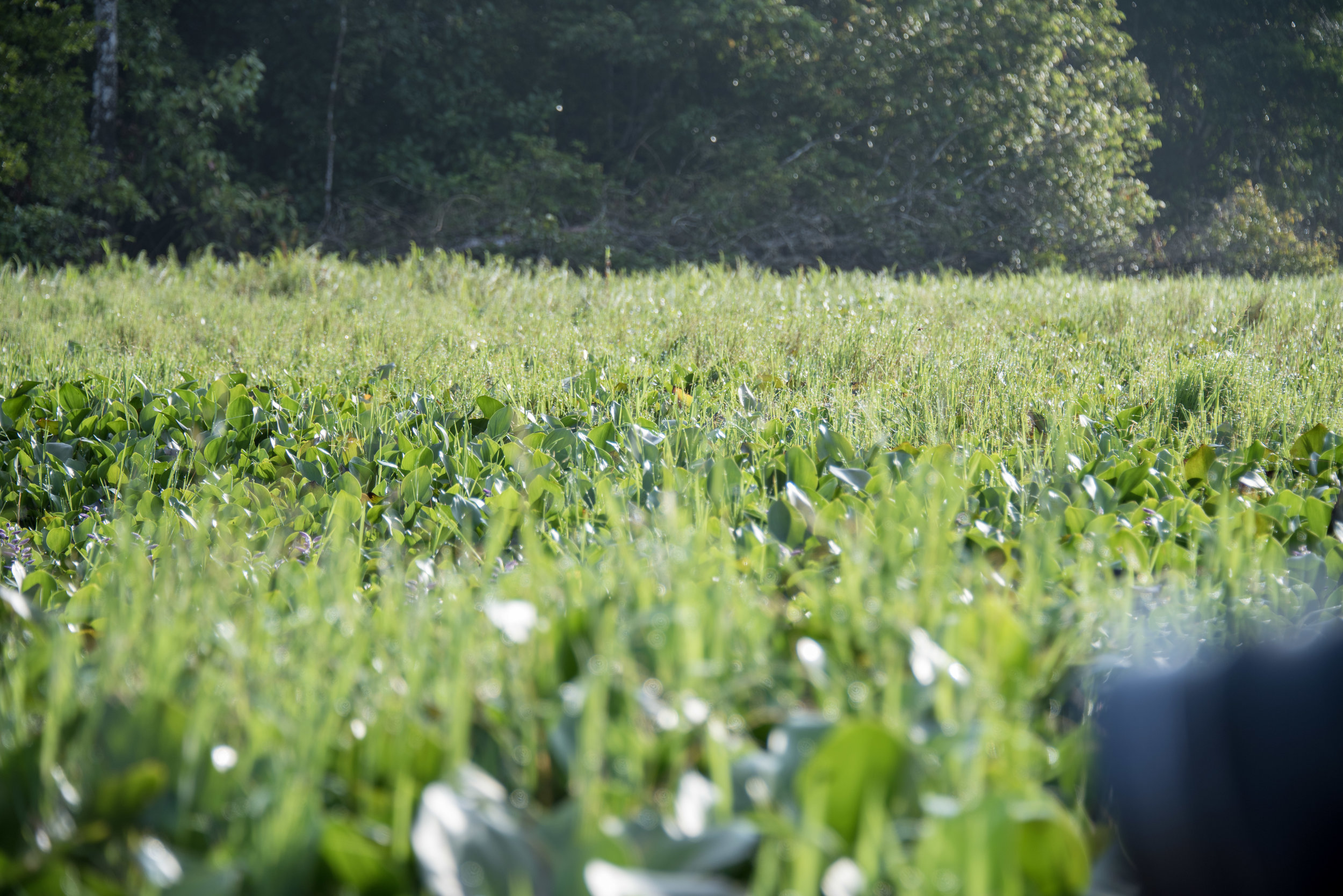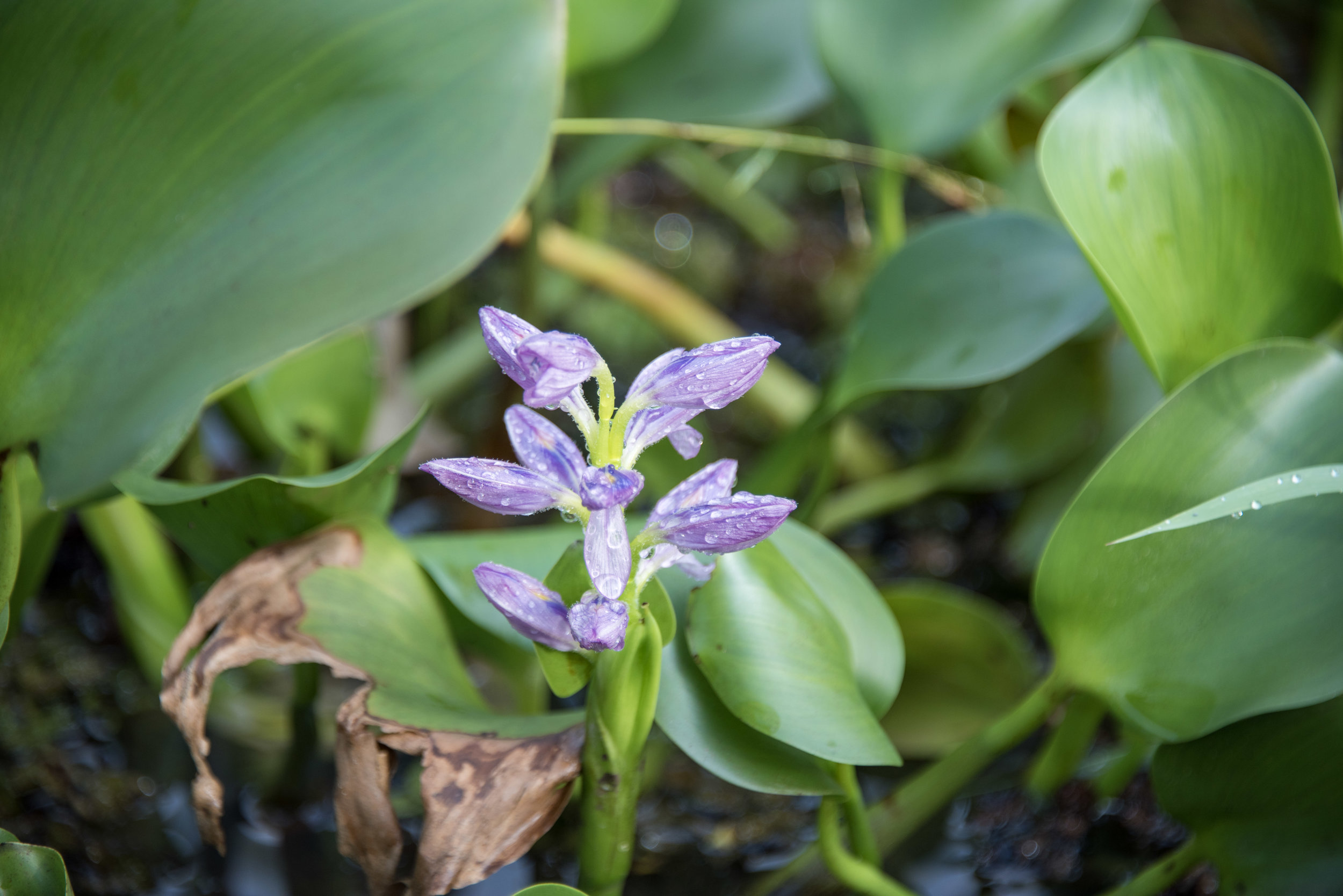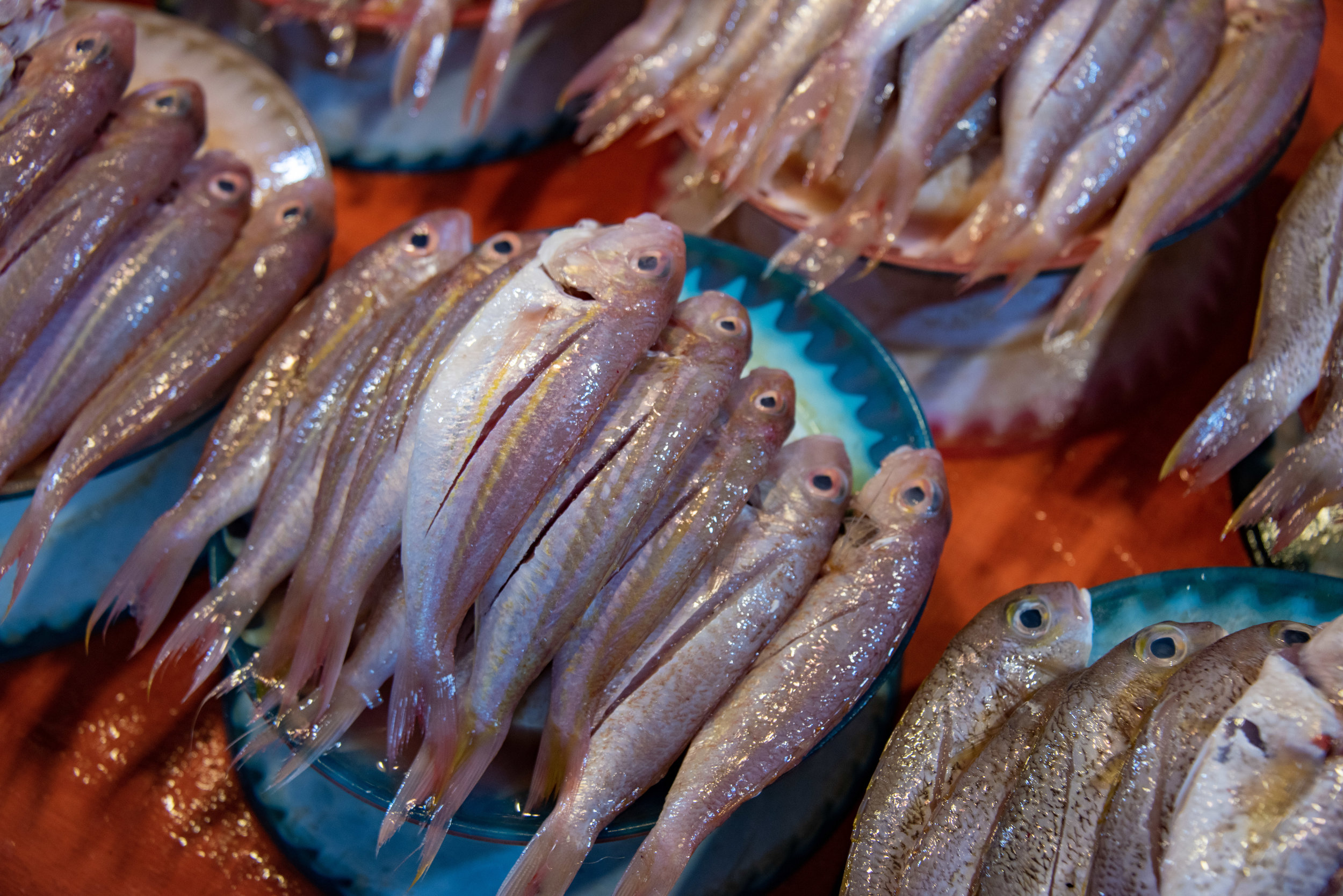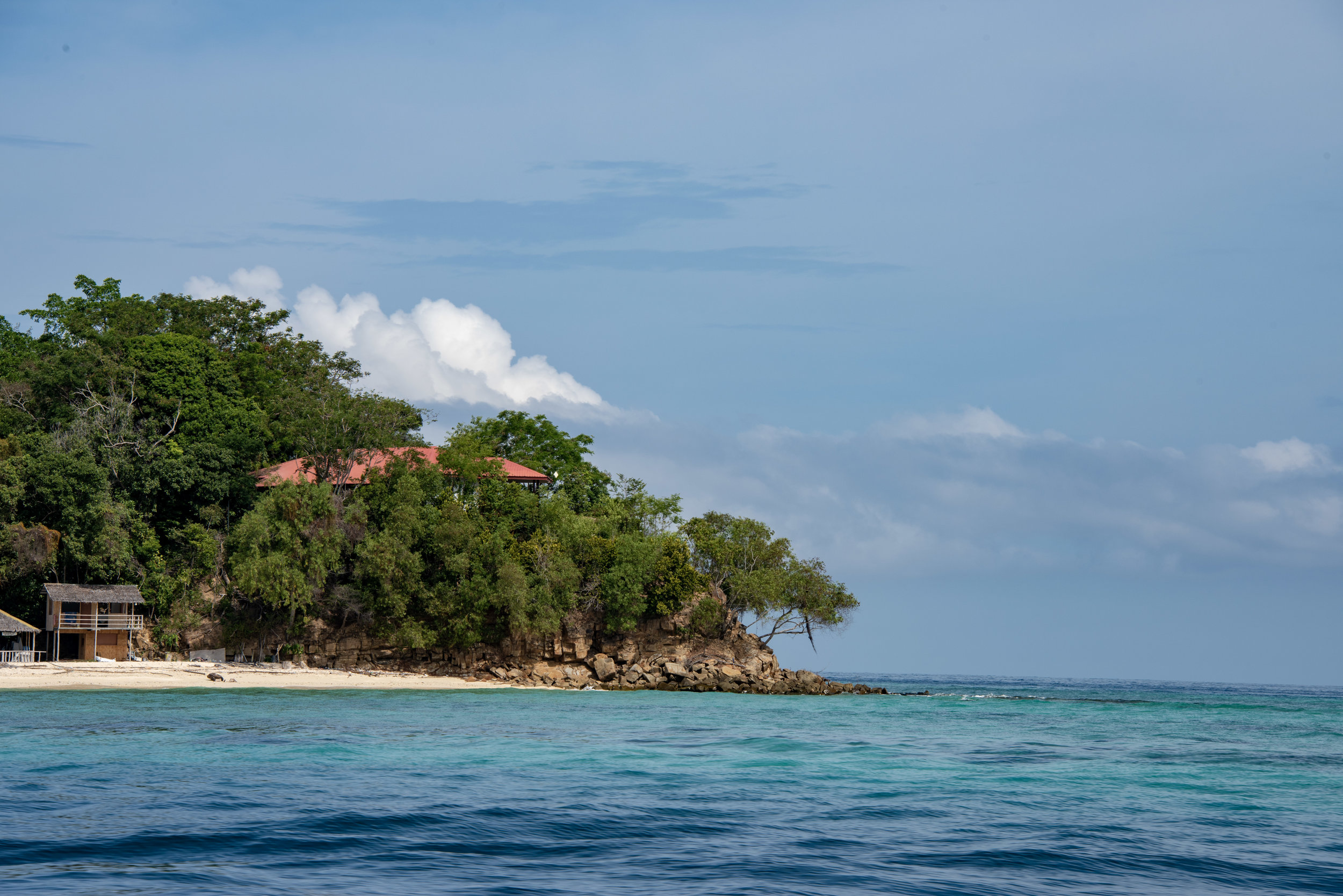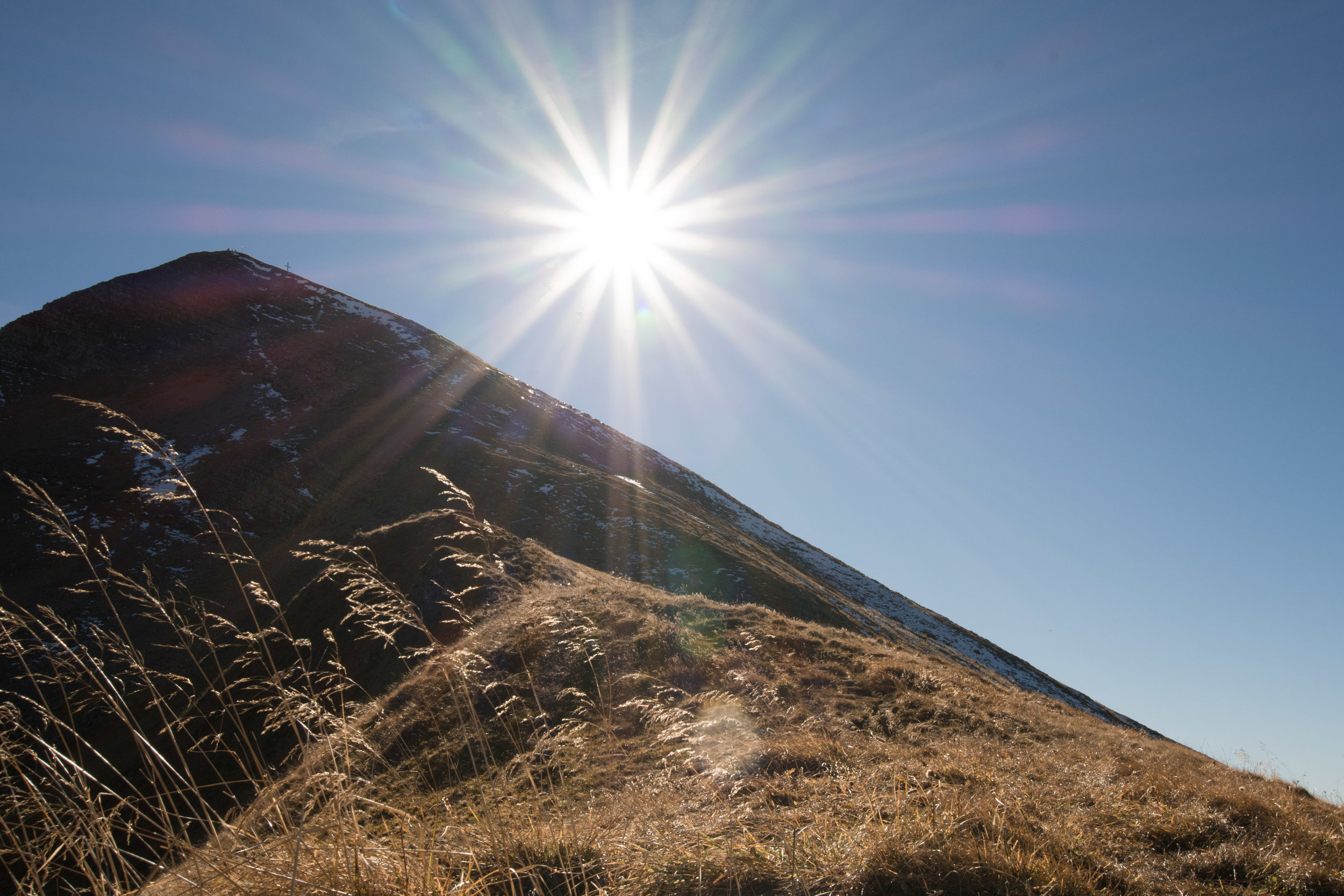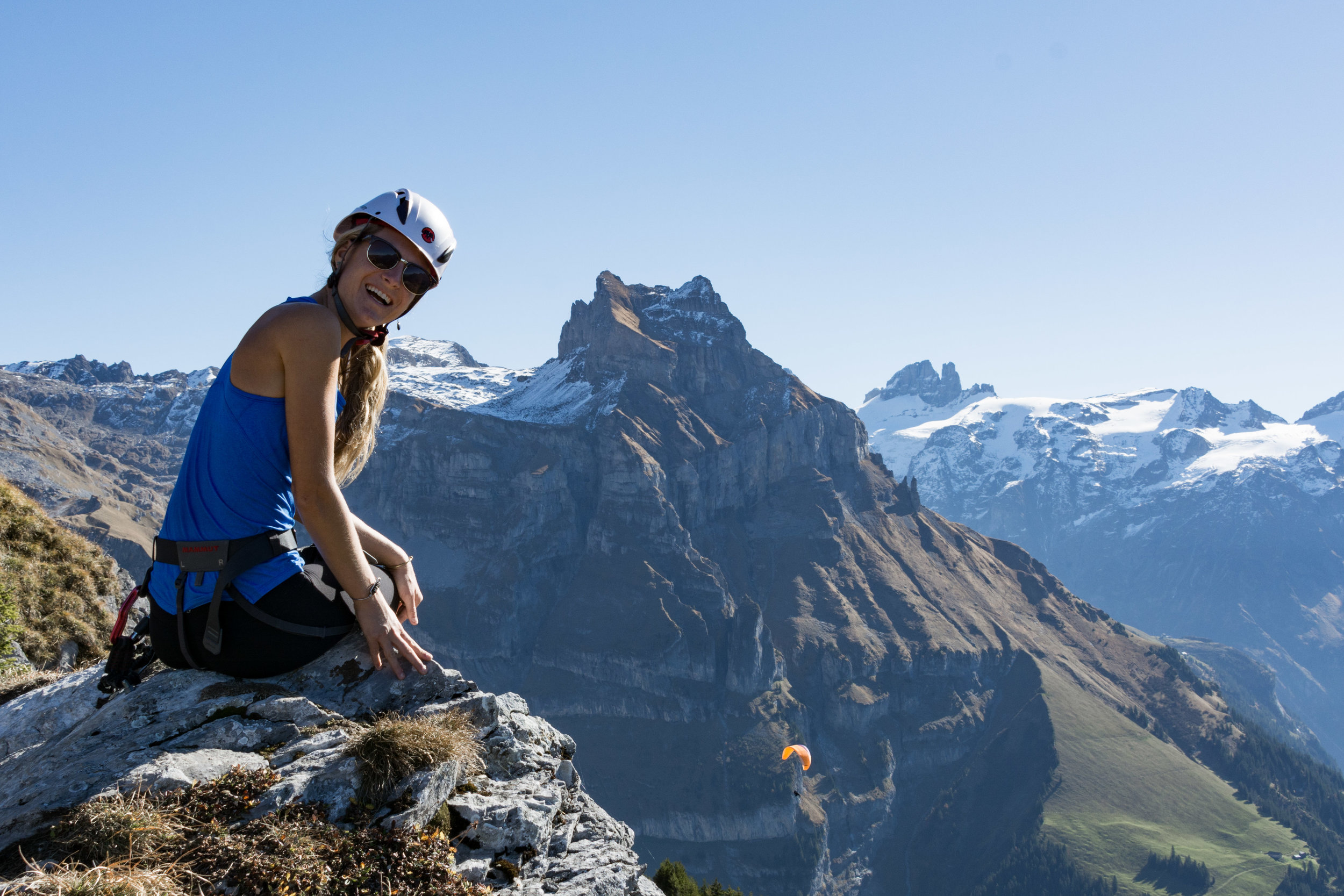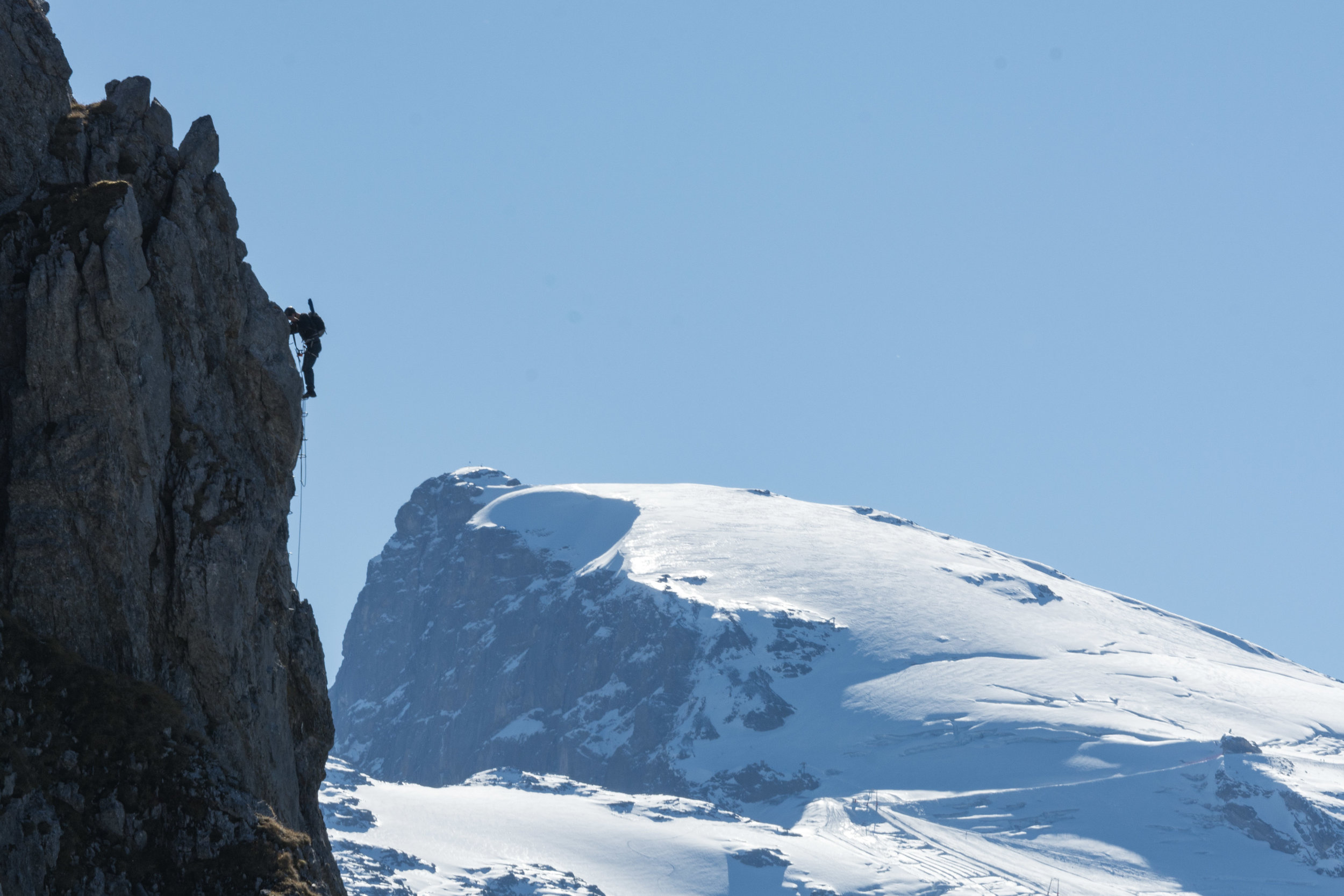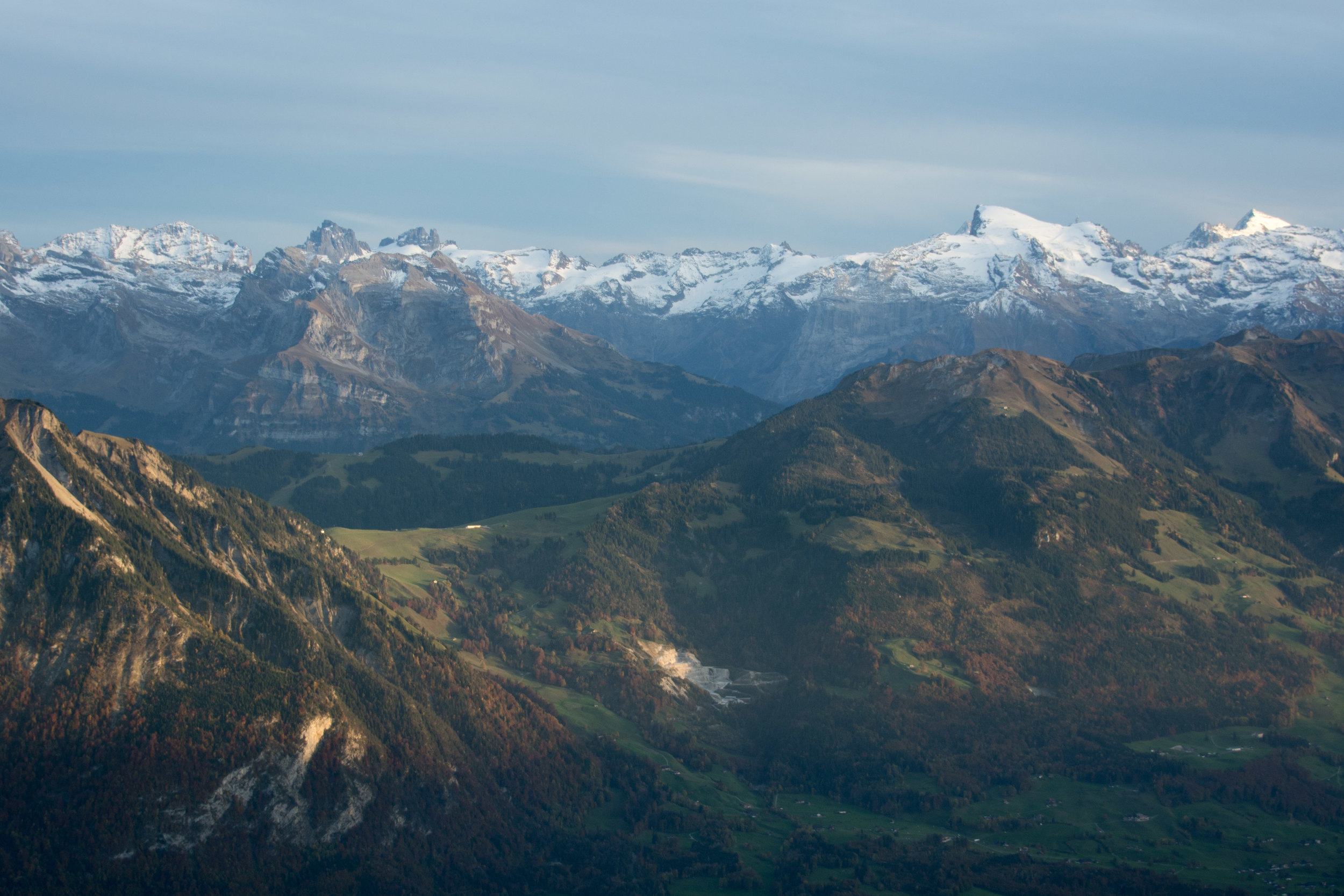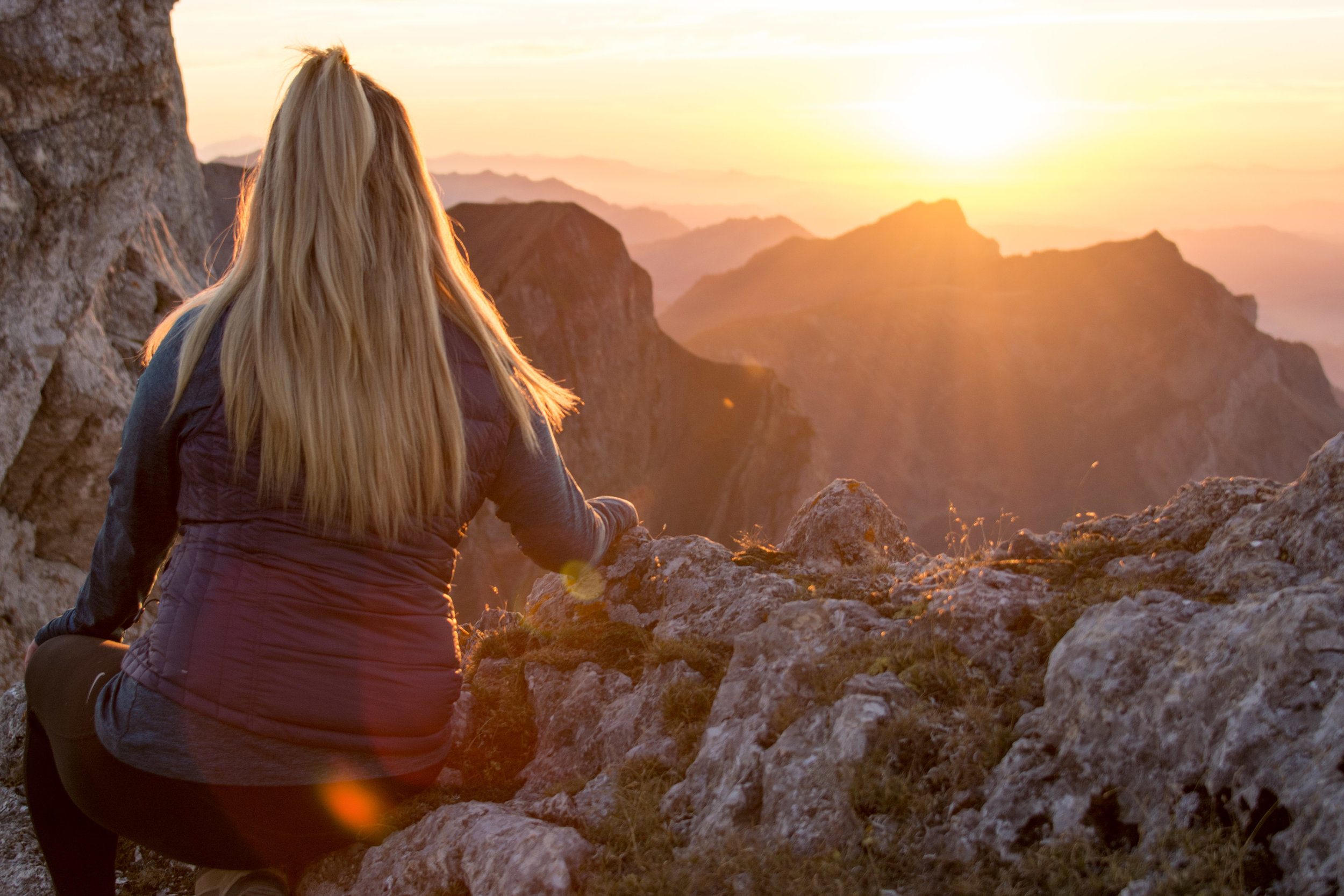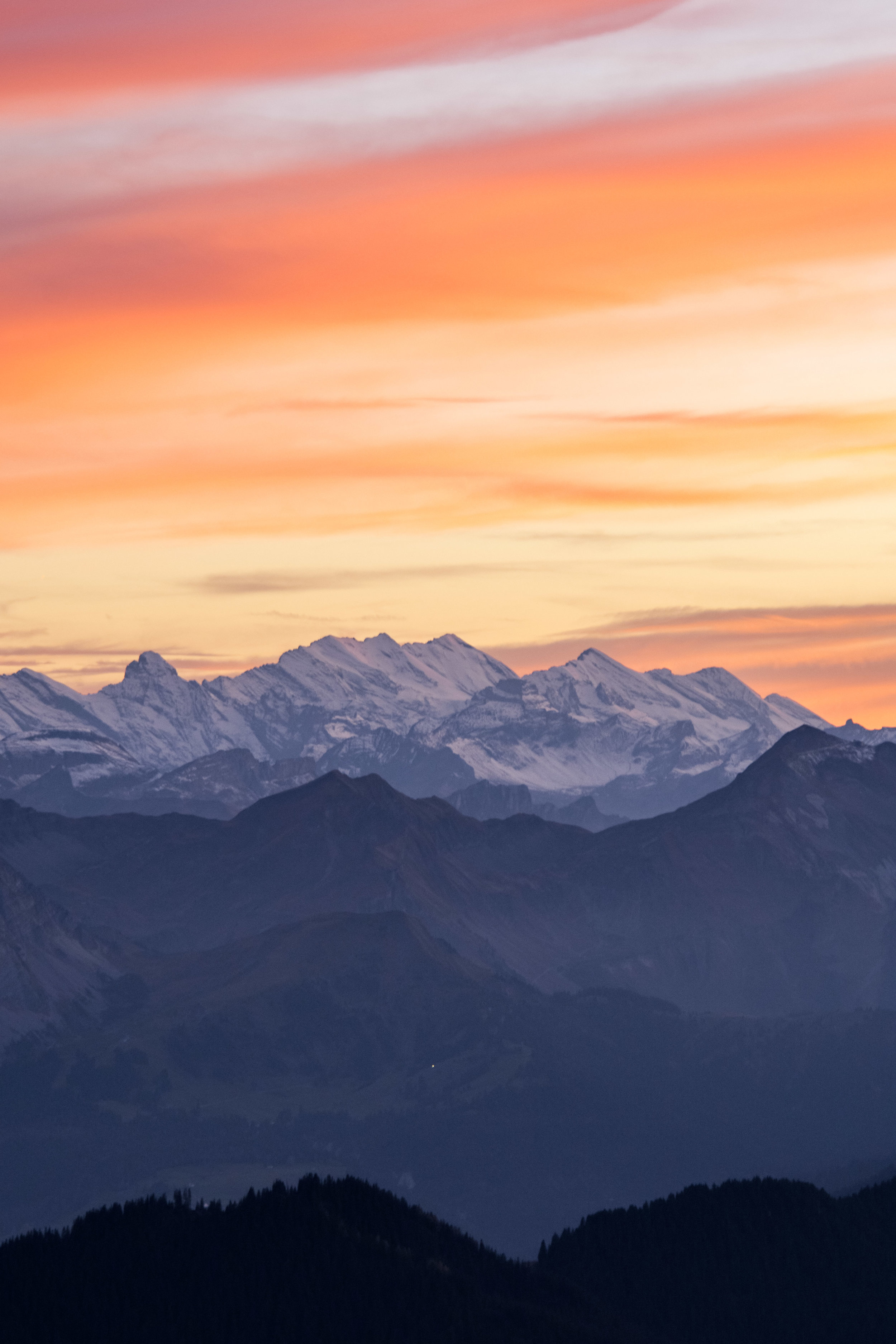Trekking to Everest Base Camp has long been on my bucket list. Upon confirming my trip assignment with Travel Her Way, I promptly began researching, intent on finding out exactly what I had gotten myself into.
Surprisingly, finding solid stats on the route is a little bit tricky on the good. Many sites offer generalizations on how long it will take for each leg of the journey, but finding objective stats requires some digging.
The total distance is roughly 130 km or 80.7 miles, though you’ll deviate slightly depending on your actual route and any side excursions. You’ll gain over 9,000 ft from Lukla to Kala Patthar. In and of itself, that doesn’t sound as daunting but when you consider the net elevation change from all of the ups and downs along the trail paired with the altitude, it’s a serious challenge.
Our specific route: our trek with Travel Her Way spanned 12 days: 9 days up, 3 days down. This is a common itinerary, but you can certainly make it longer or shorter depending on your groups needs and abilities. Below are descriptions of each segment with rough mileage for each one. As you plan, bear in mind the difficulties of trekking at altitude.
Day 1: flight from Kathmandu to Lukla. Trek from Lukla to Phadking.
Trekking distance: 4 miles
It’s important to note that transportation from Kathmandu to Lukla is the crux of this day. Swiftly changing weather creates the potential for waiting for hours if not days for a viable flight window. At the time I’m writing this blog, flights from Kathmandu have been severely limited, forcing folks to either rely on helicopters for transport (the most expensive route) or to take a 5-8 hour drive to Ramechhap from Kathmandu to catch a flight to Lukla from there. If you can, build in a little wiggle room to allow for flight delays.
Day 2: Phadking to Namche Bazaar
Trekking distance: 6 miles
Begin your day with a mellow ascent that gradually becomes steeper. Enjoy crossing the iconic suspension bridges and your first encounters with cows and yaows (cow-yak hybrids). The final climb of the day rises steeply to Namche Bazaar where you will rest and relax.
Day 3: Rest and acclimatization day in Namche
Get a good night of sleep and a hearty breakfast, then do an acclimatization hike. Hike destination varies depending on weather, and may include a visit to the Everest View Point, the Sherpa Museum, and Everest View Hotel. Plan on 2-4 hours of hiking with up to 6 miles of distance. Upon returning, spend the afternoon wandering the streets of Namche and catch a regular screening of a documentary about the Sherpa People in any one of the coffee shops.
Day 4: Namche Bazaar to Tengboche
Trekking distance: 5.3 miles
Start the trek with a relatively easy climb to a long stretch of “Nepali flat,” gently rolling sections of trail with stunning views of Ama Dablam. Descend sharply for lunch, then ascend sharply to reach Tengboche.
Day 5: Tengboche to Dingboche
Trekking distance: 6.7 miles
I highly recommend waking up for a chance at sunrise over Ama Dablam. It’s a stunning sight that you won’t soon forget. The trek begins with a downhill stretch through massive rhododendrons. If you’re lucky, you’ll catch them in full bloom. Eventually you hit a small section of Nepali flat before gaining gradually the rest of the day.
Day 6: Rest and acclimatization day in Dingboche
At over 14,000 ft of elevation, you might be feeling it when you reach Dingboche. Eat a hearty dinner, get some sleep, and awake as refreshed as possible for an acclimatization hike. Depending on weather and spirits, you might hike to Nangkartshang Gompa or the hill behind Dingboche for stunning views and further exposure to the history and culture of the area.
Day 7: Dingboche (14,468) to Lobuche (16,814)
Distance: 10.9 miles
Continue trekking gradually upwards through rolling alpine landscapes. Stop at Chukpo Lari, a place of remembrance for those who have lost their lives on Everest. Go slowly, take deep breaths, and soak it in.
Day 8: Lobuche to Gorakshep, Gorakshep to EBC, EBC to Gorakshep
Part 1: Lobuche to Gorakshep. Trekking distance: 2.7 miles
You’ll start this day early and begin the trek to Gorakshep where you’ll eat, drop anything that’s not essential, and then continue on to the ultimate destination: Everest Base Camp!
Part 2: Gorakshep to EBC. Trekking distance: 2.2 miles
Climb carefully through rocky ridgelines. Though the trek is short, the undulating landscape and the elevation make it challenging so bring snacks and keep putting one foot in front of the other. Bring layers so you can wait for your chance to take a picture with the famous Everest Base Camp signs and pat yourself on the back!
Part 3: EBC to Gorakshep. Trekking distance: 2.2 miles.
Carefully descent back to Gorakshep for dinner and sleep. You did it!
Day 9: Gorakshep to Kala Patthar, Kala Patthar to Pheriche
Part 1: Gorakshep to Kala Patthar. Trekking Distance: 0.9 miles
Depending on your itinerary, you might do this the same day as Everest Base Camp or the next. Make the short, steep climb behind Gorakshep to Kala Patthar with stunning views of several surrounding mountains. This will be the elevation high point of your trip. Take pictures, then begin the trek down.
Part 2: Kala Patthar to Pheriche. Trekking distance: 7.6 miles
A rather steep descent will bring you below 14,000 feet and you’ll be breathing easier! If you can, stay at the Edelweiss teahouse for a delightful experience!
Day 10: Pheriche to Namche Bazaar
Trekking distance: 12.2 miles
Take in the views and prepare to sweat as you climb and descend until reaching Namche Bazaar. A long day makes the sight of Namche that much more special. Make sure you grab any last minute souvenirs here before heading out. Also, if you’ve had to dip into “tip” cash, grab some at the ATM before leaving.
Day 11: Namche Bazaar to Lukla
Trekking distance: 11.3 miles
The last long day before you’re done! The trail gains and descends through familiar territory. Keep your eyes on the prize and finish strong!
Day 12: Lukla to Kathmandu
Much like your flight to Lukla from Kathmandu, you’ll want to allow some wiggle room for your return flight if the weather turns. It’s also customary to spend your last night in Lukla with your guides and porters, treating them to dinner, drinks, and giving them their tips as many of them will not be returning to Kathmandu with you.
